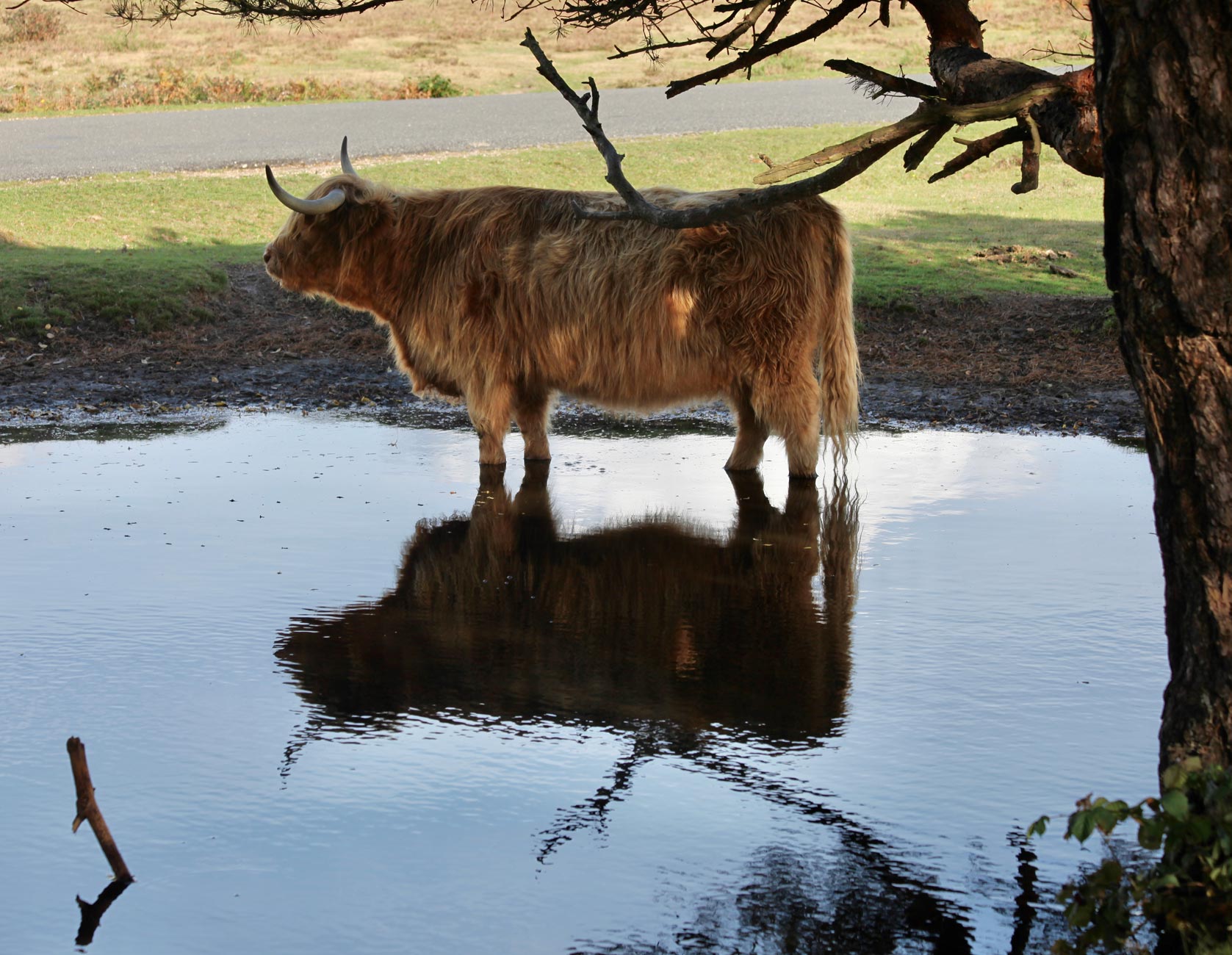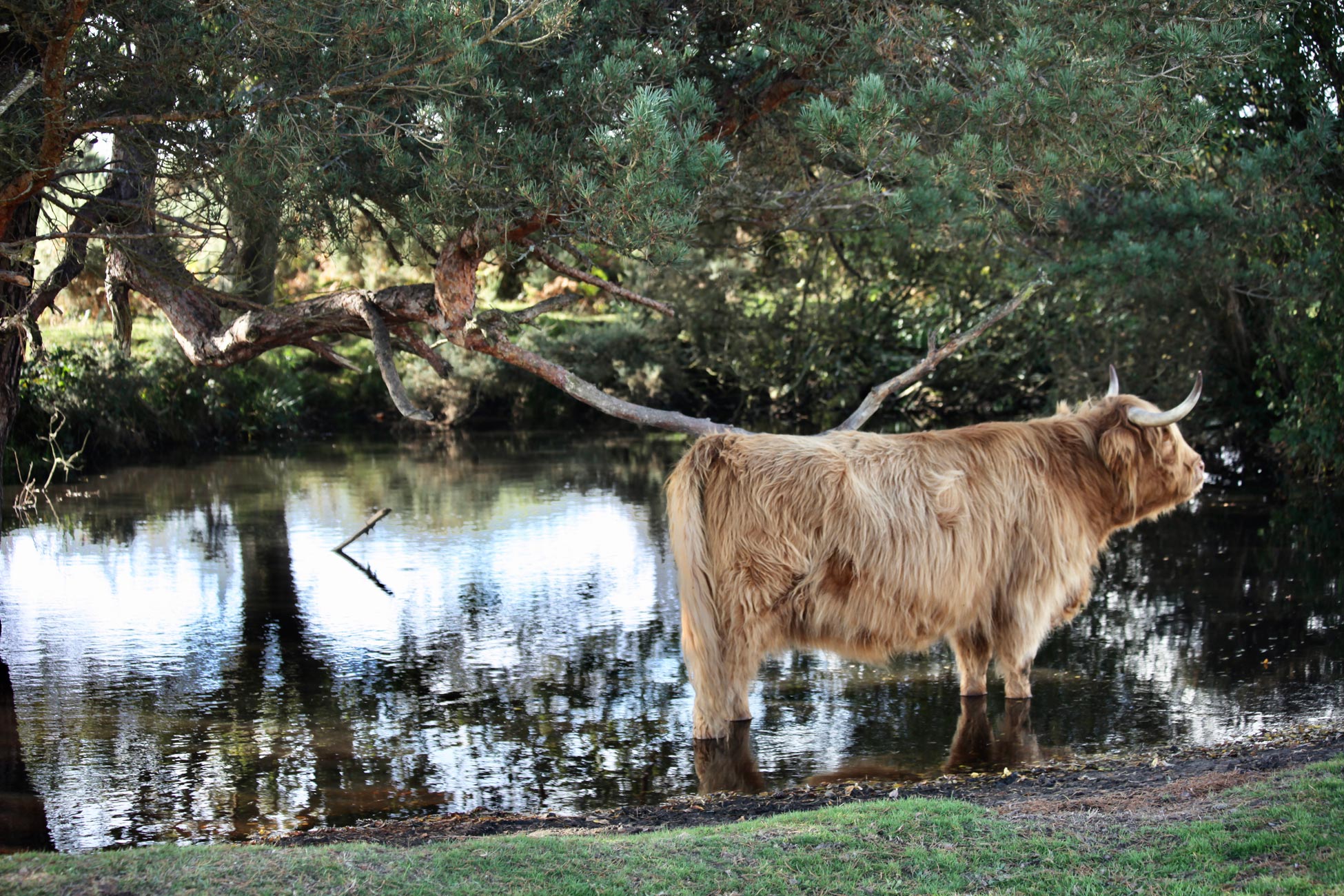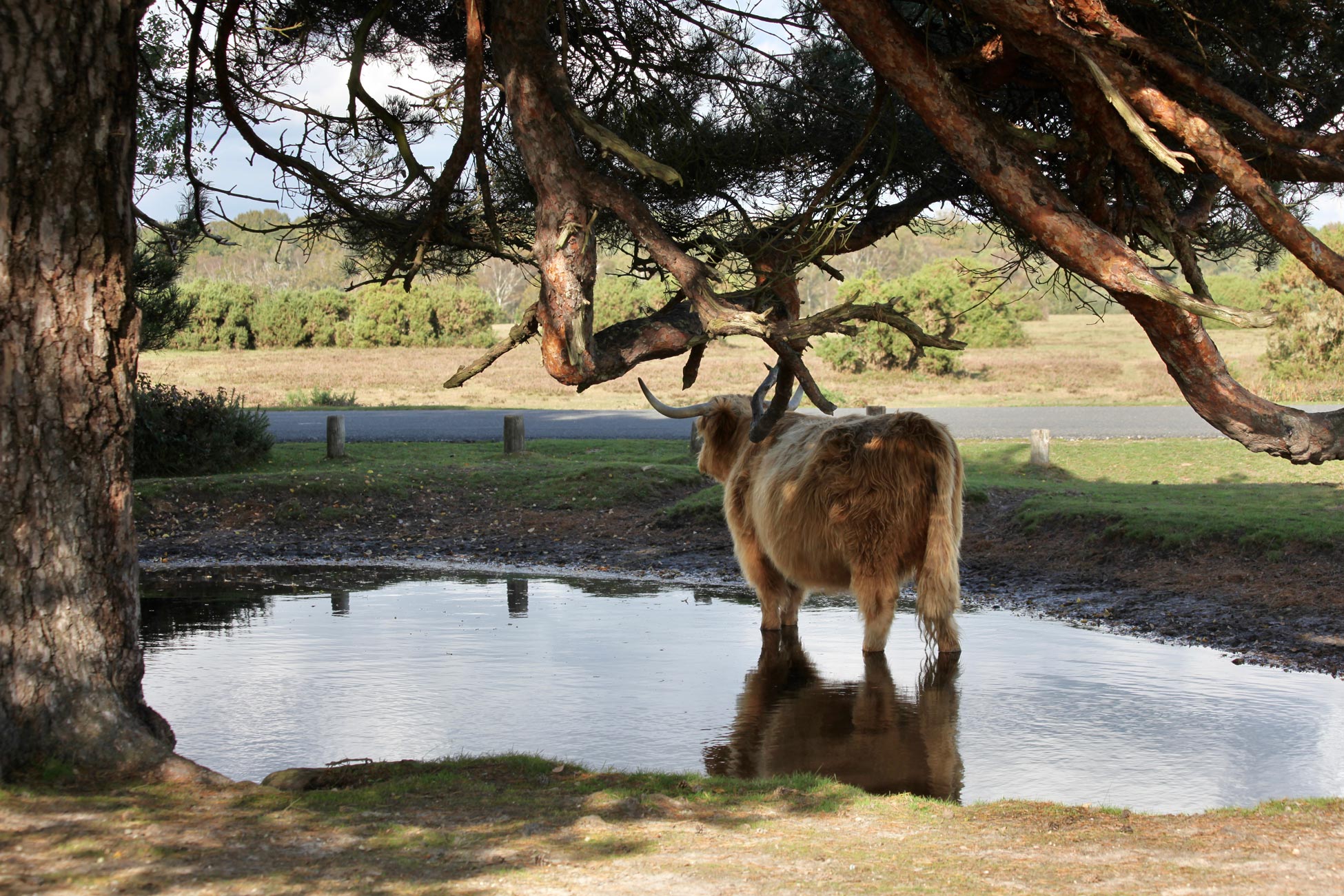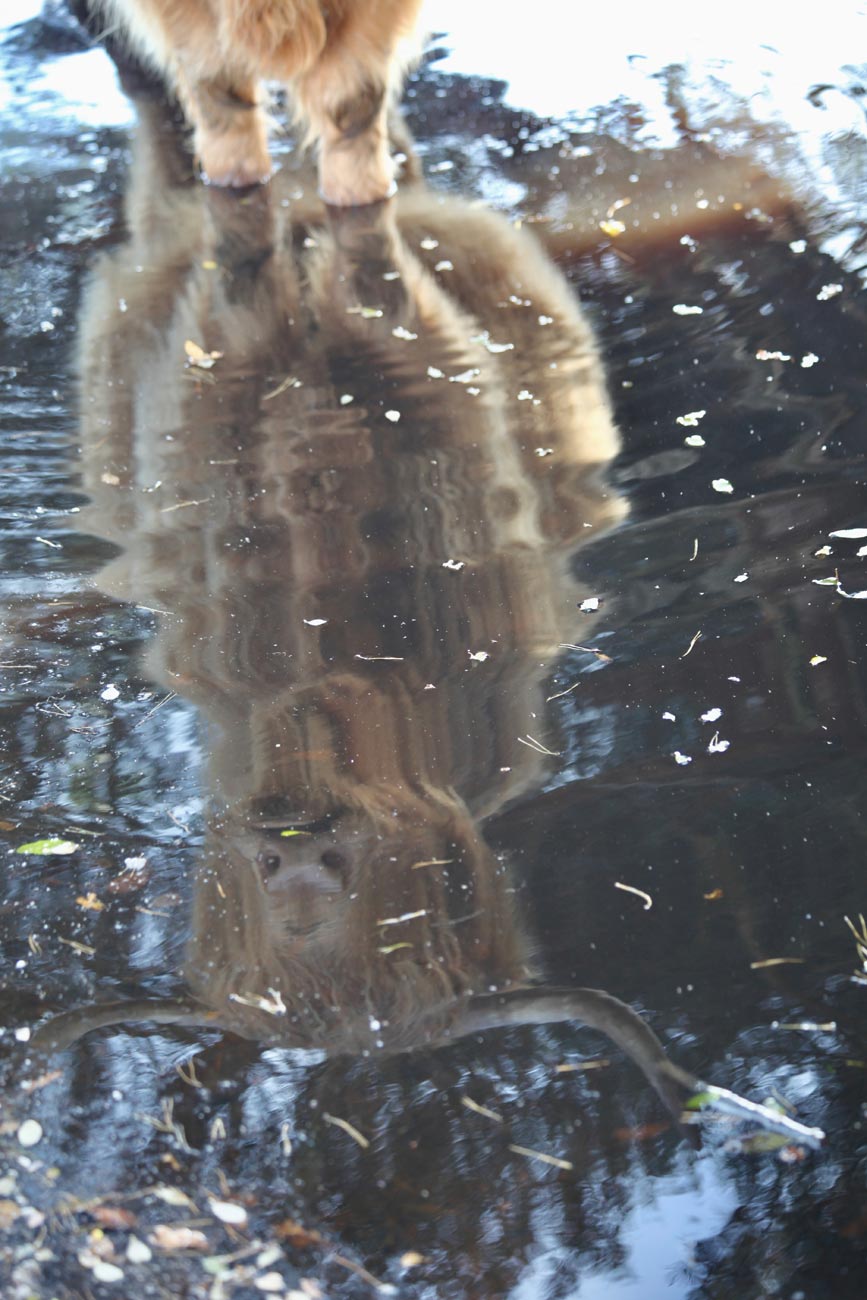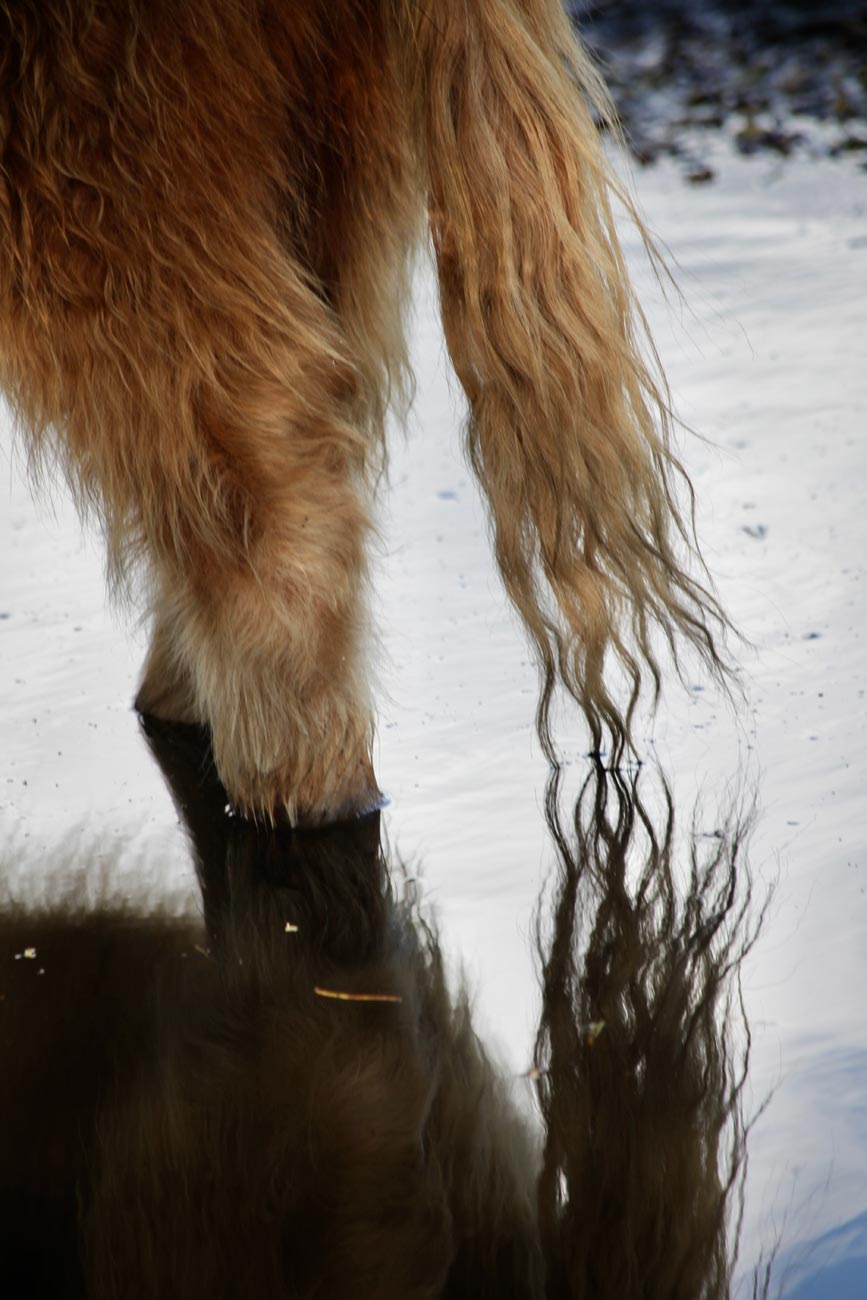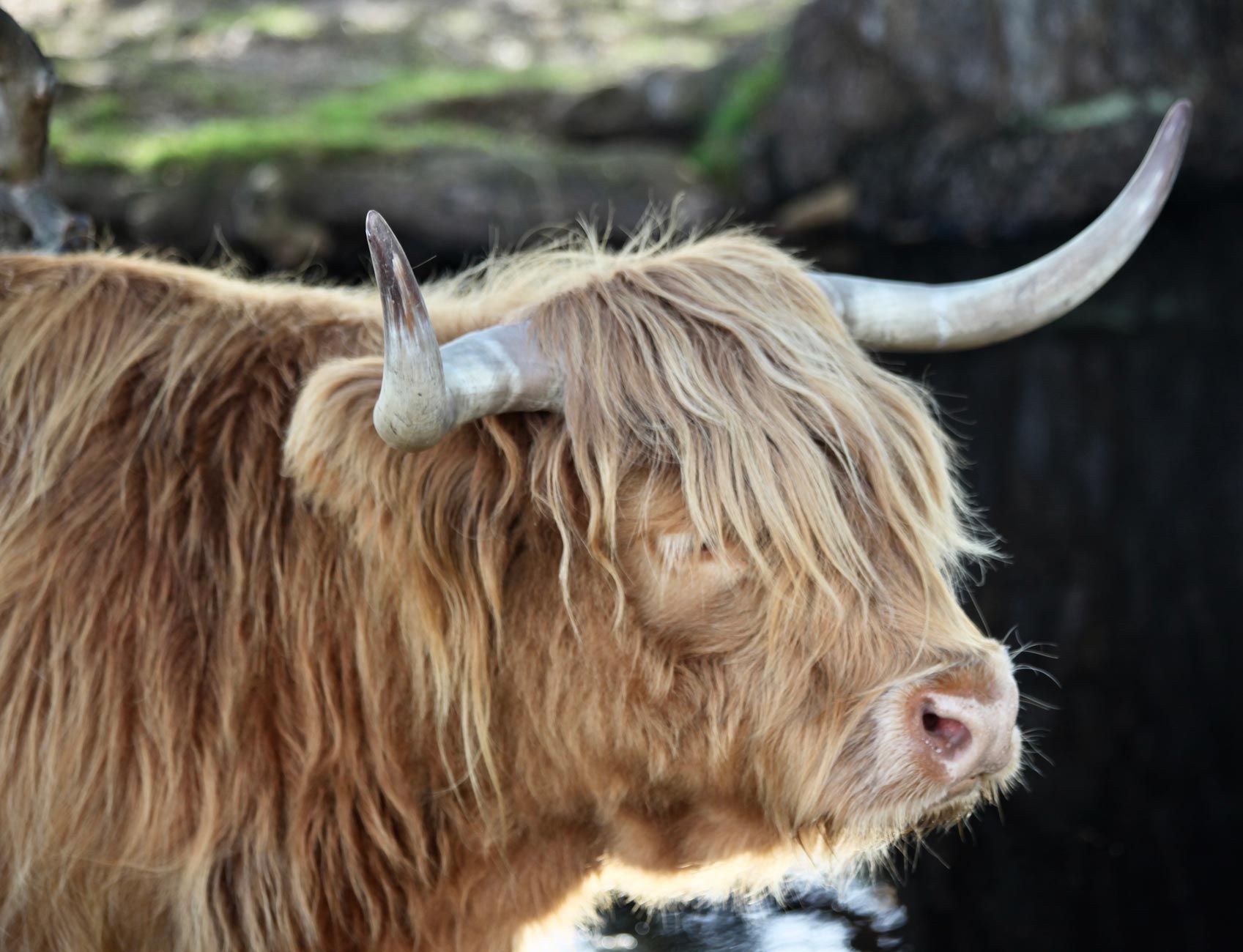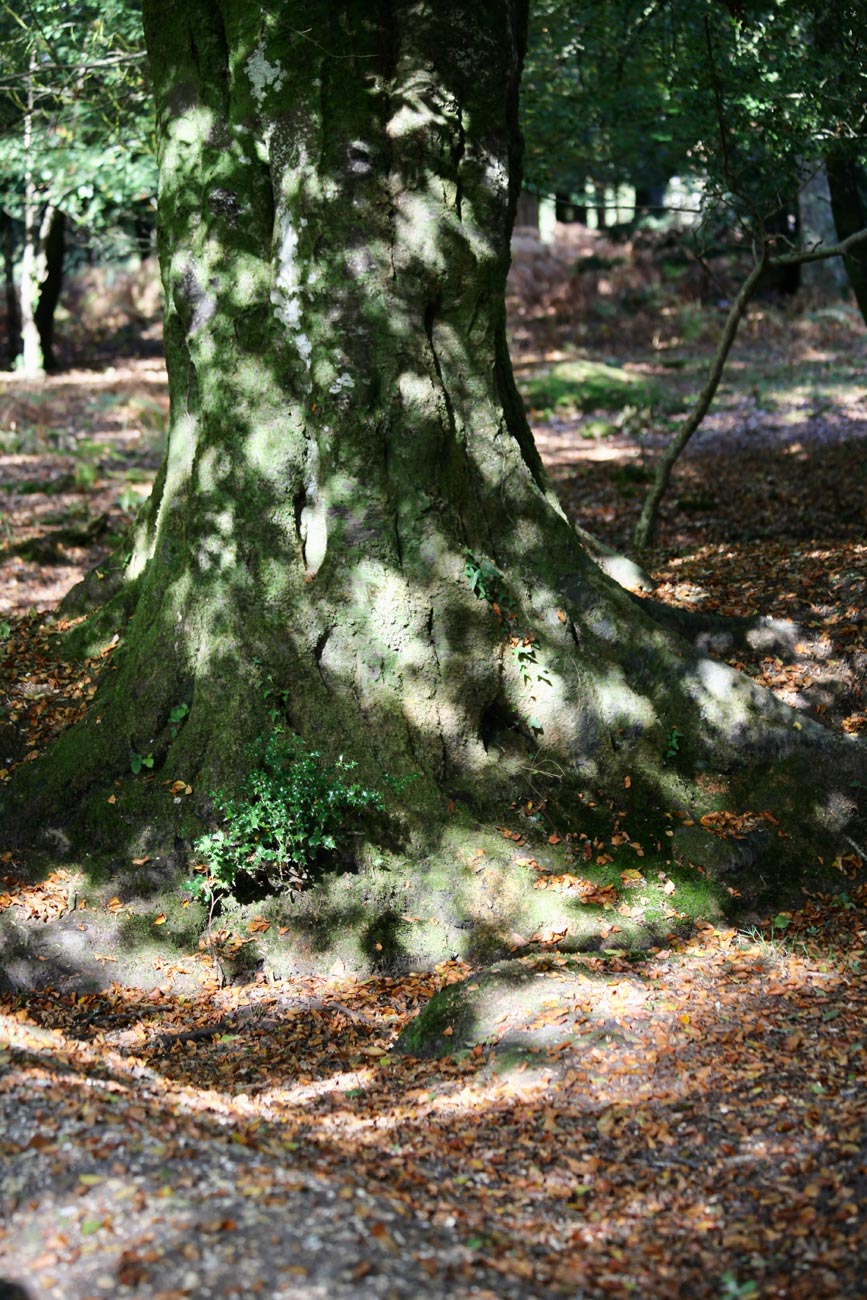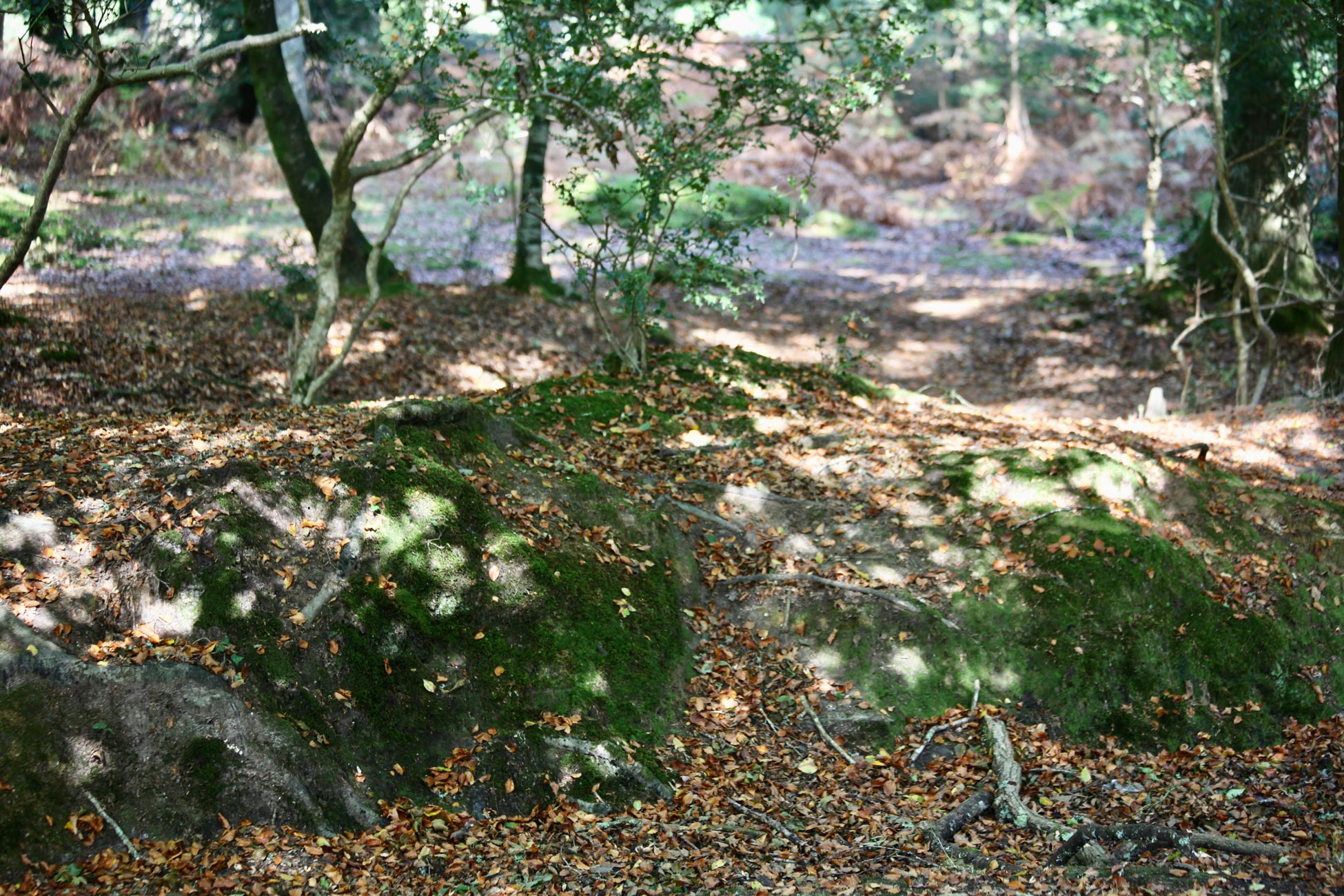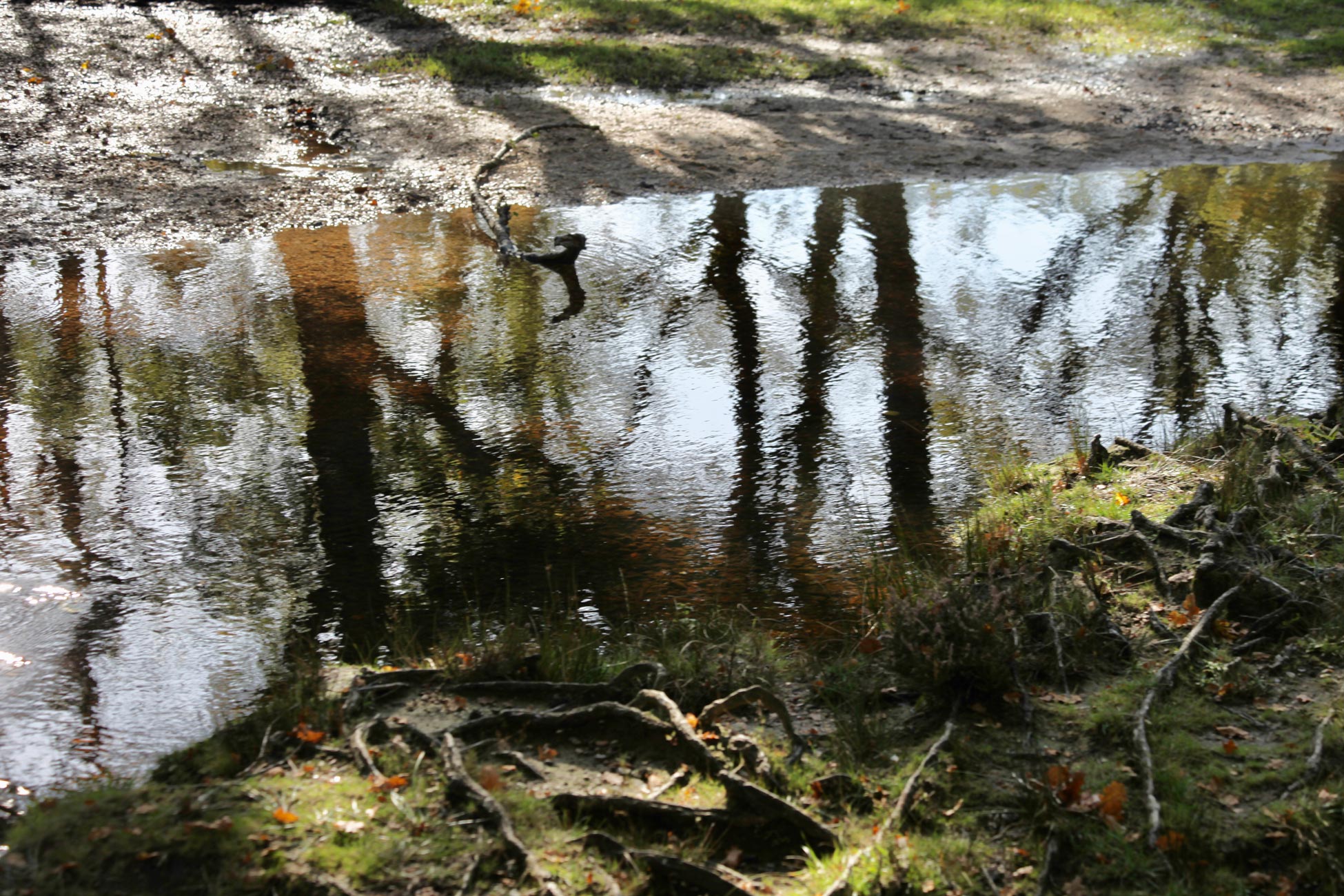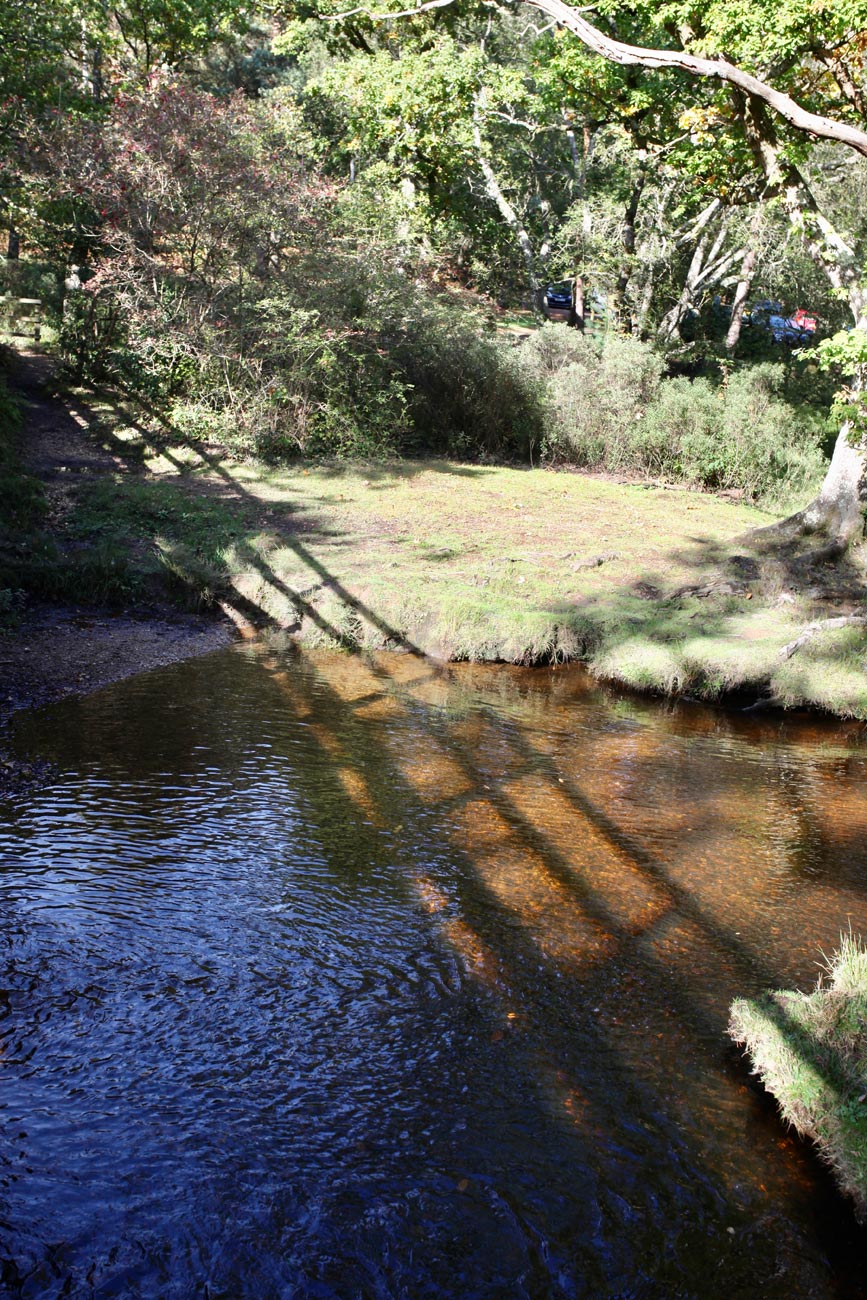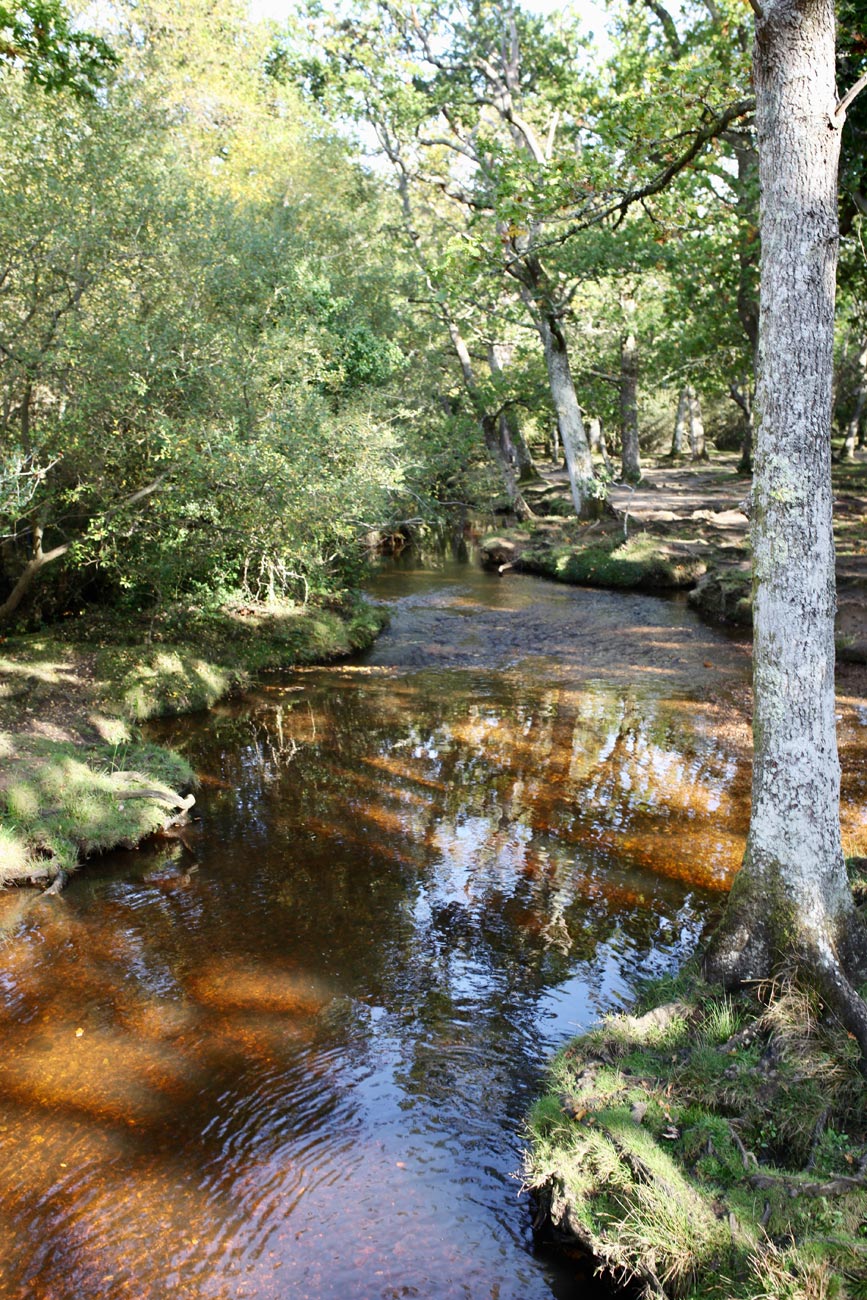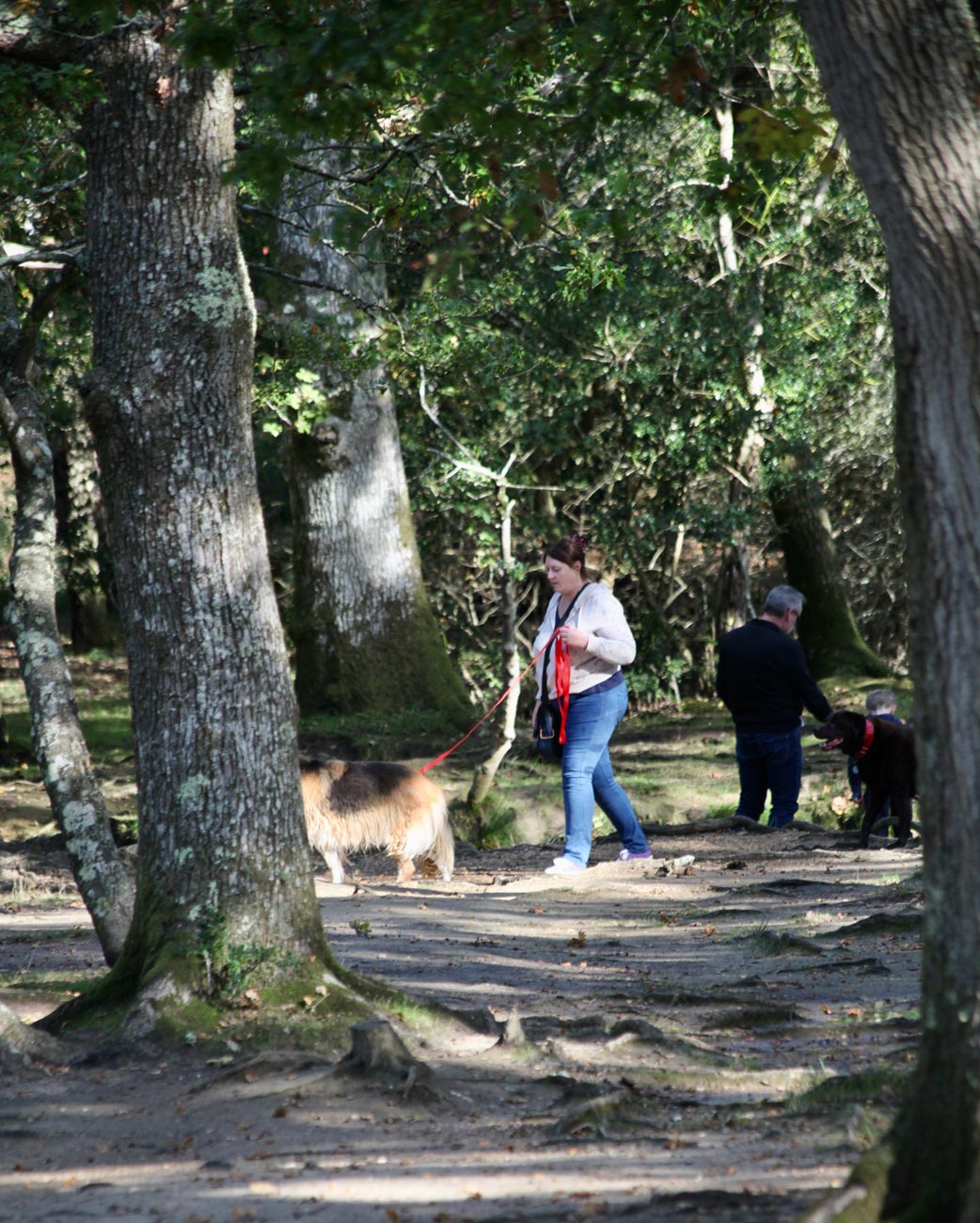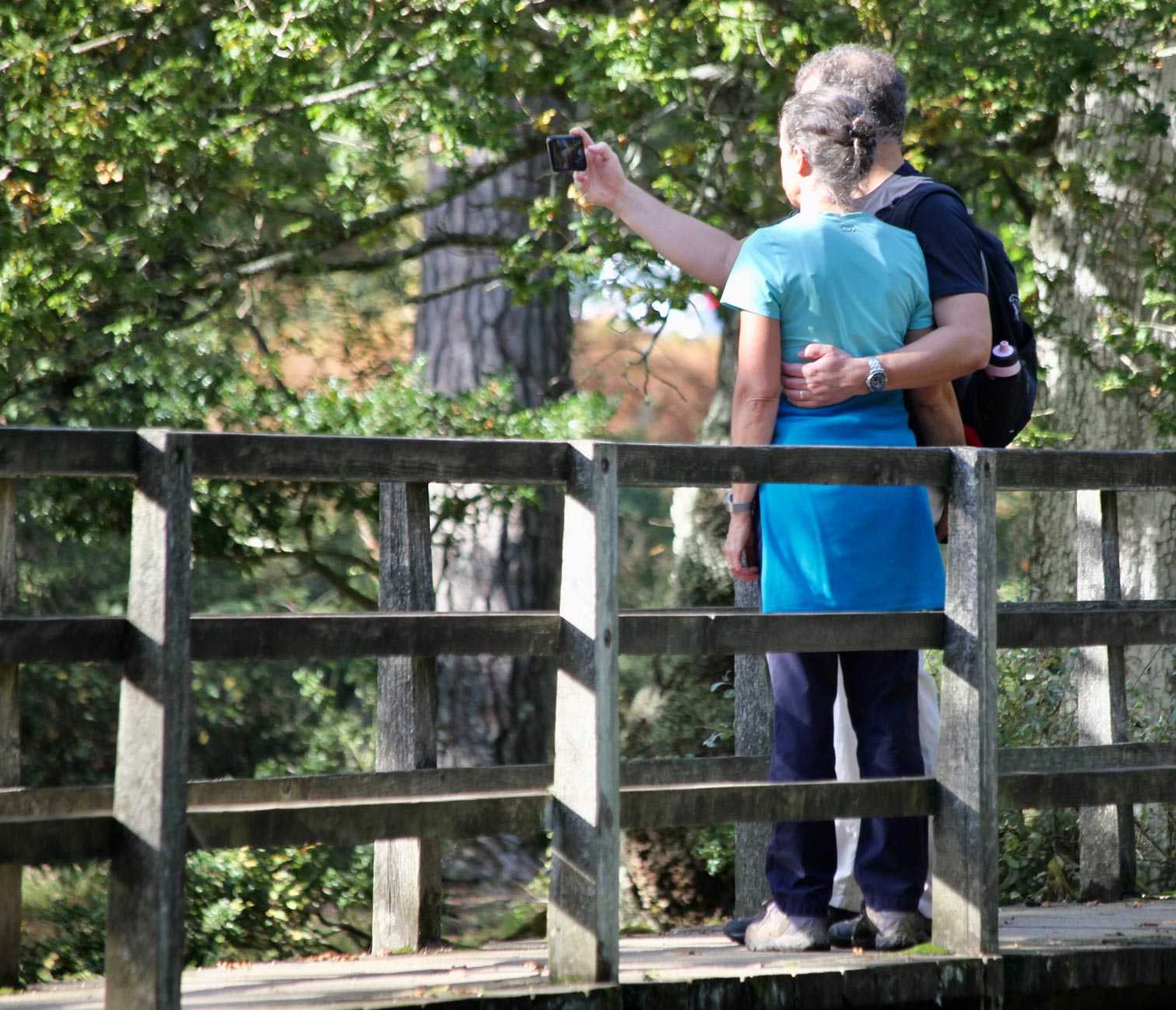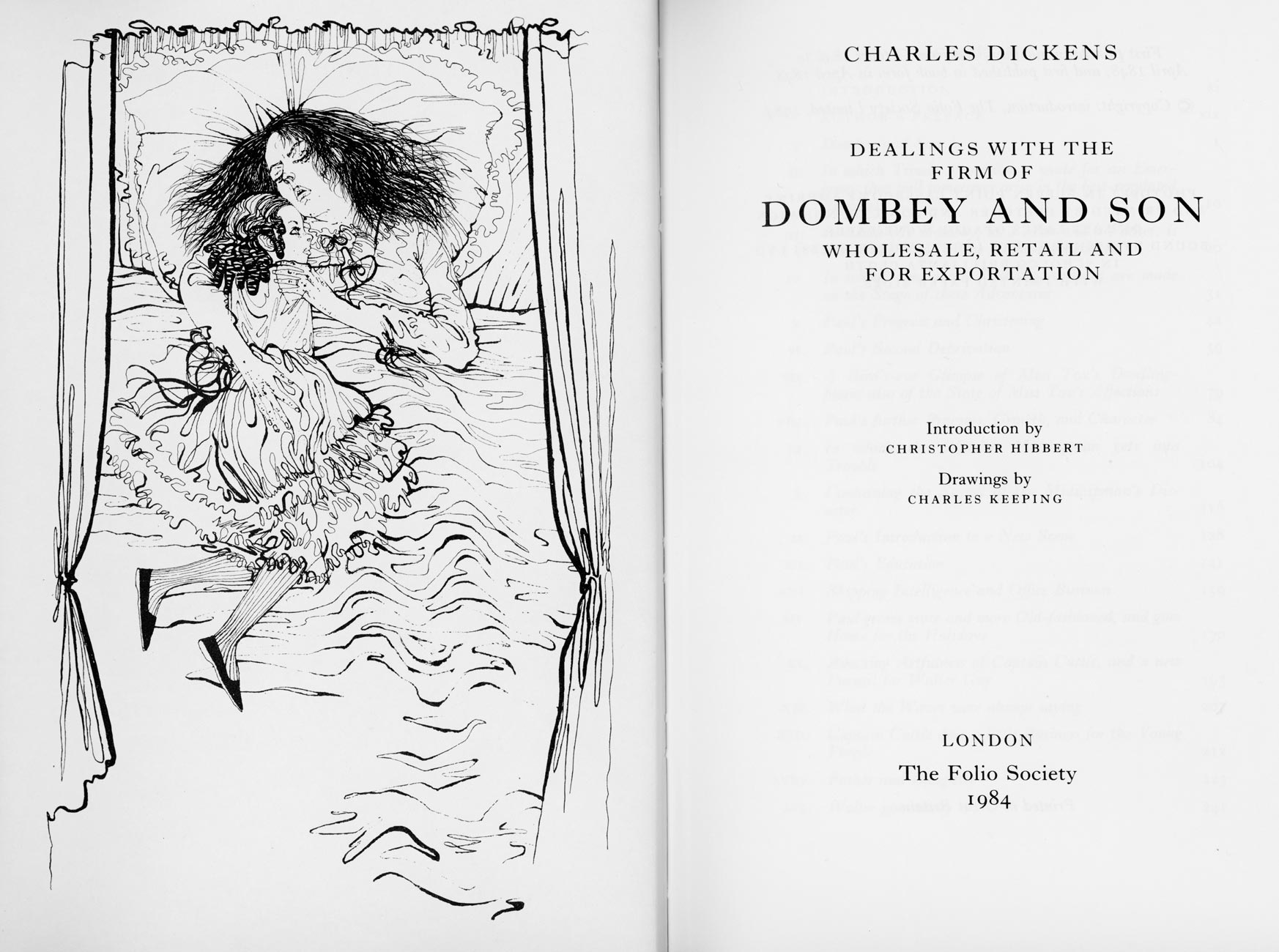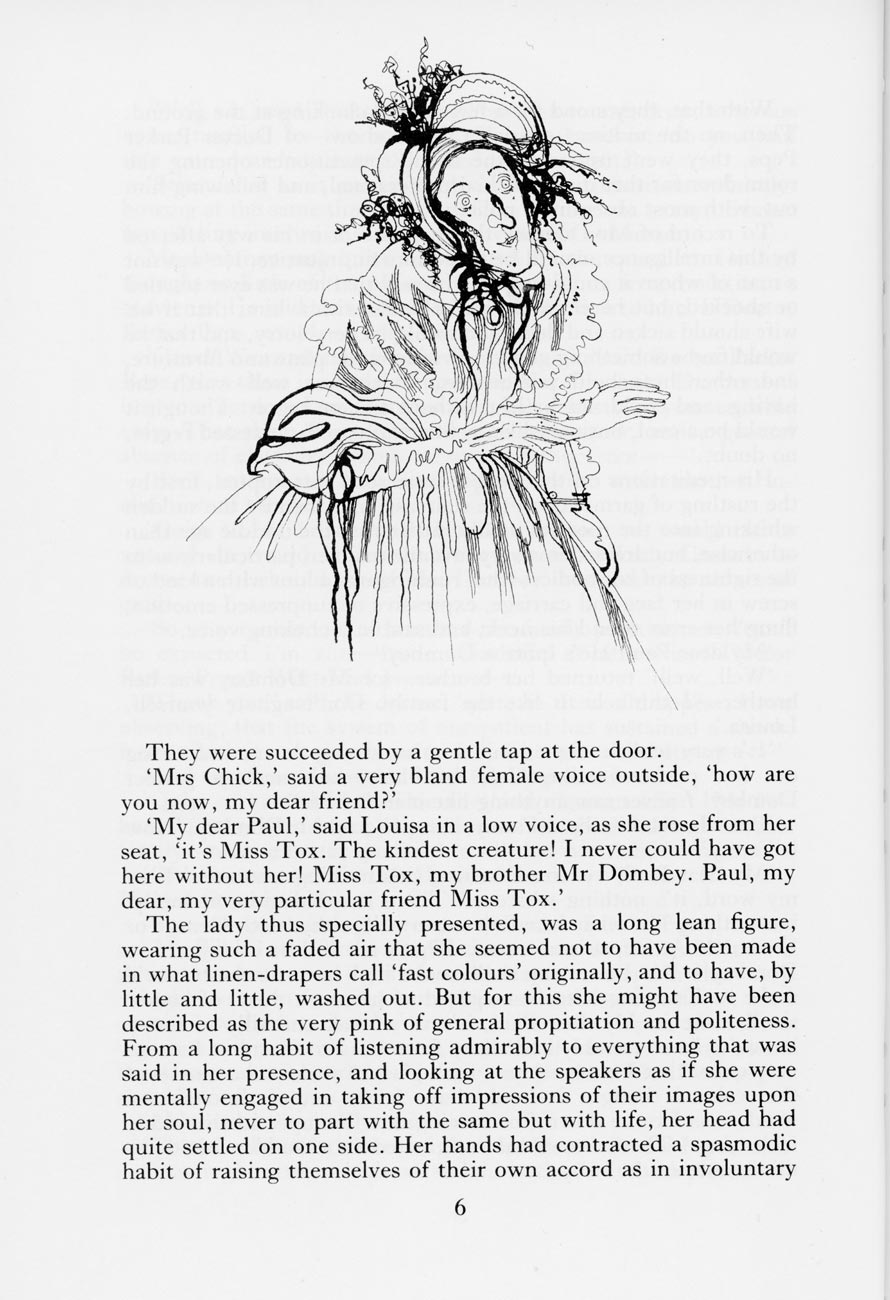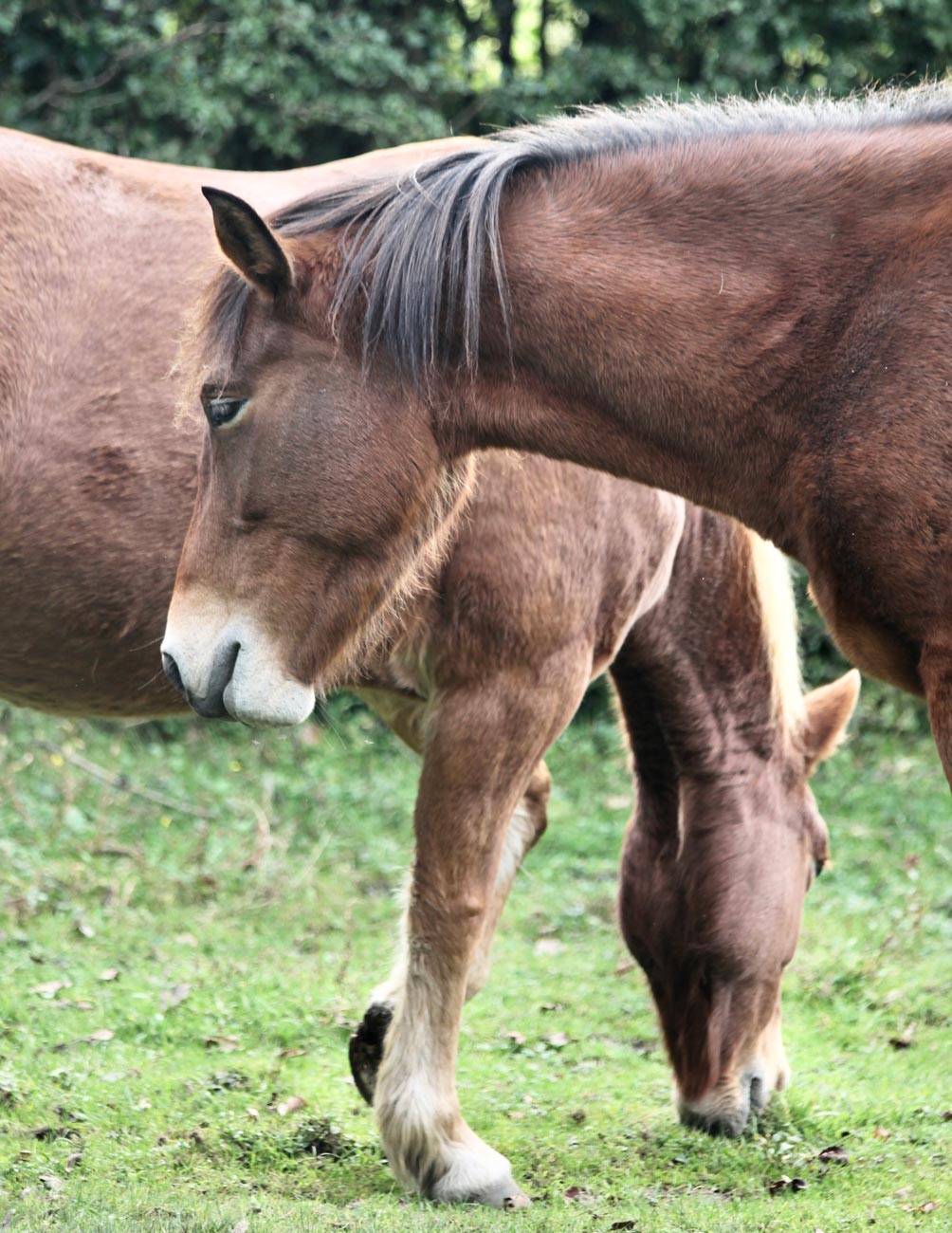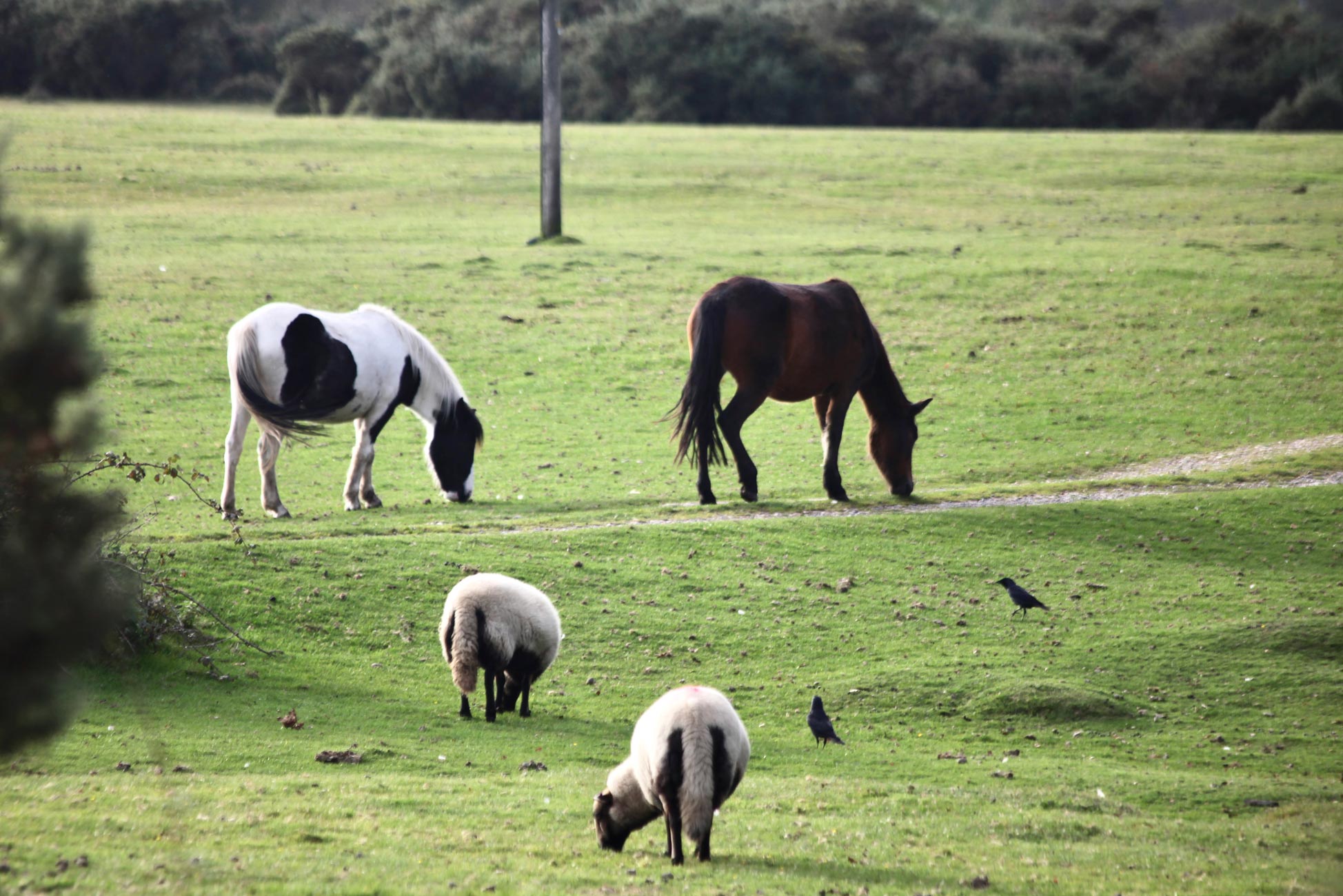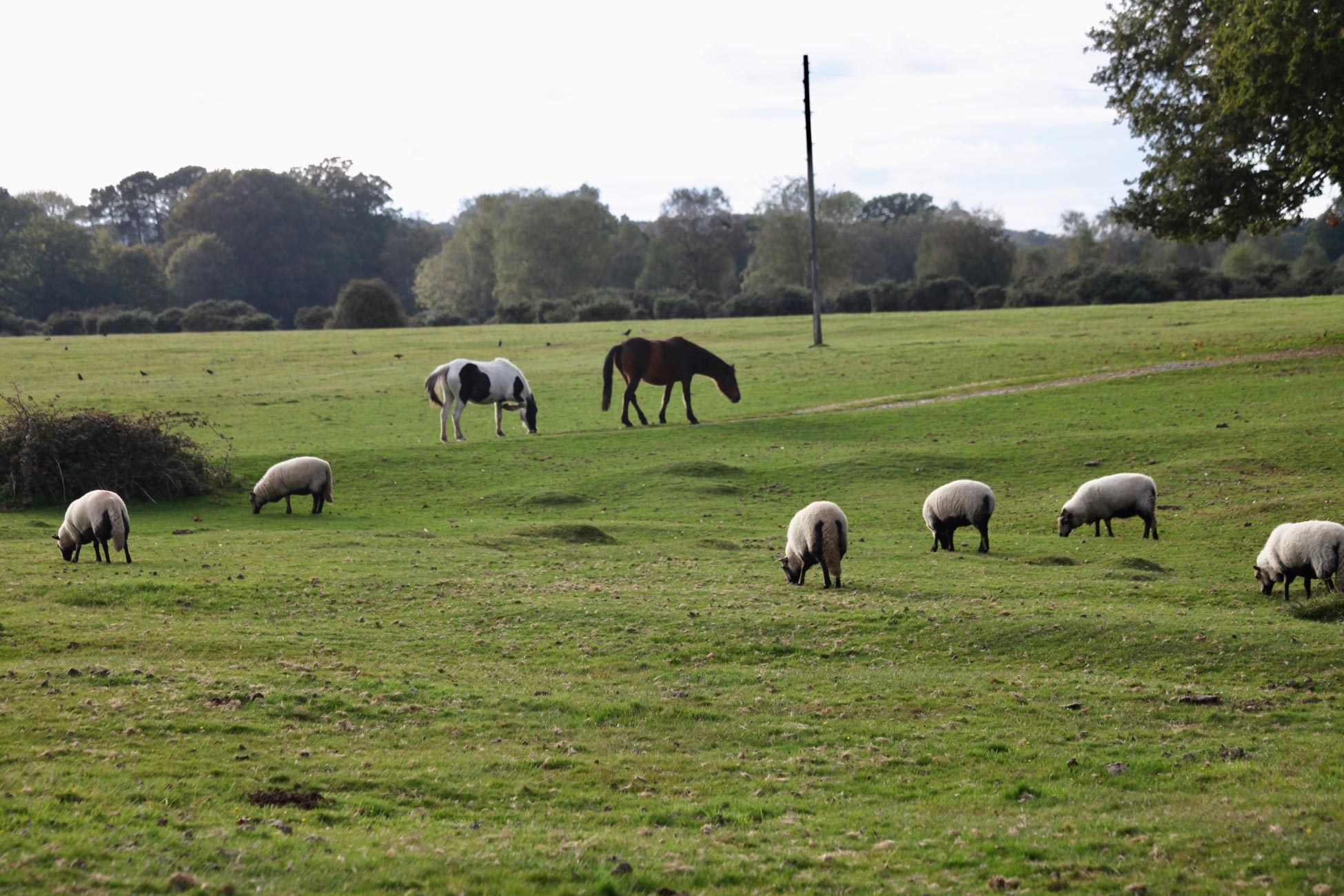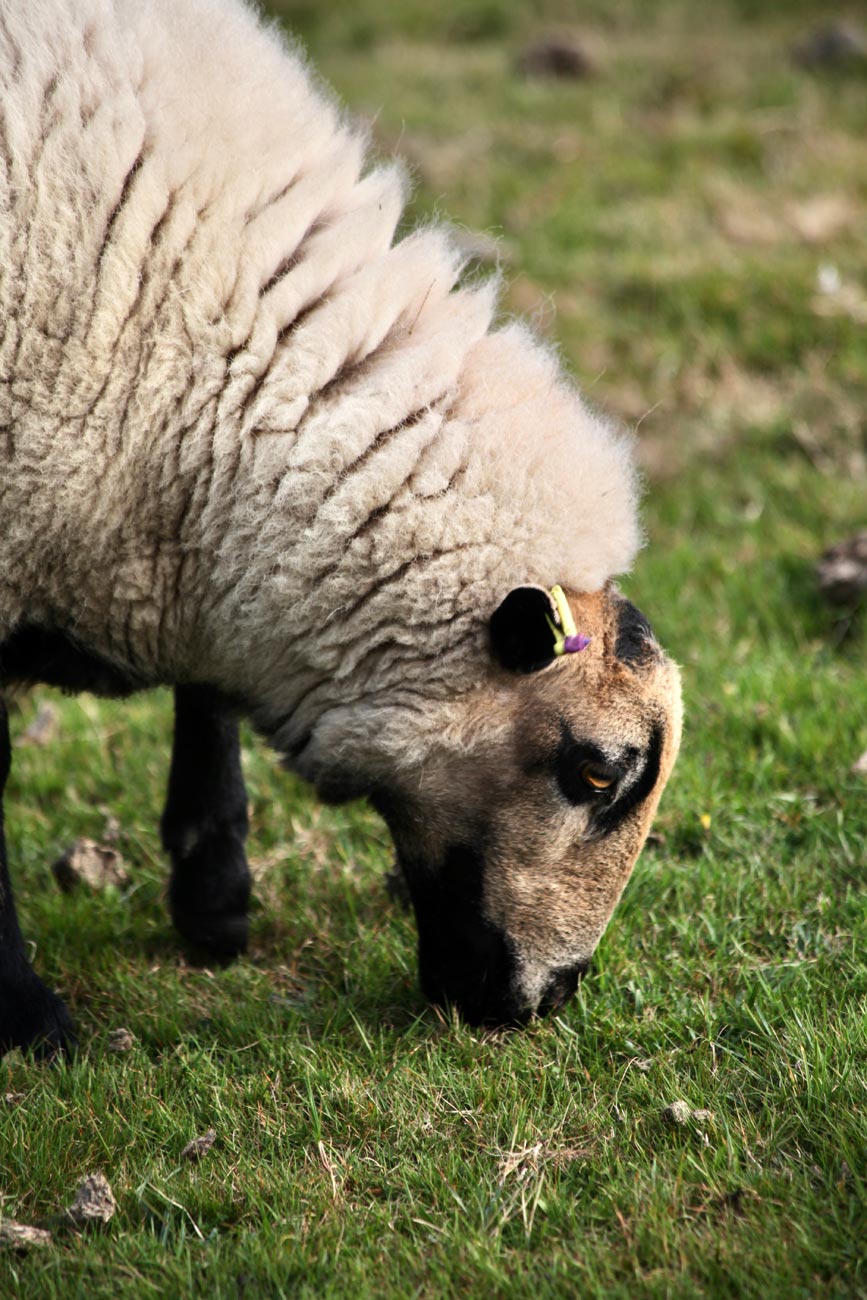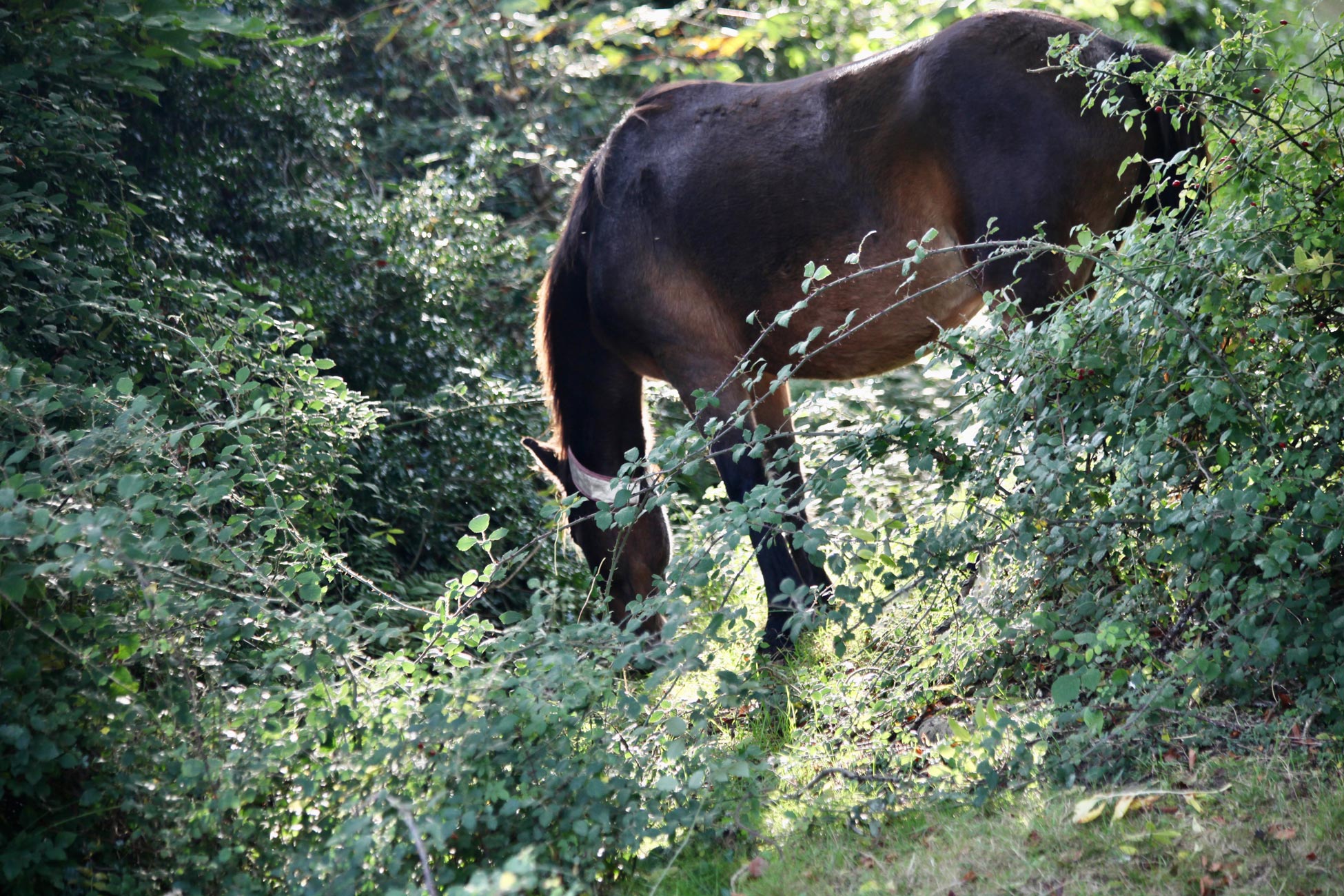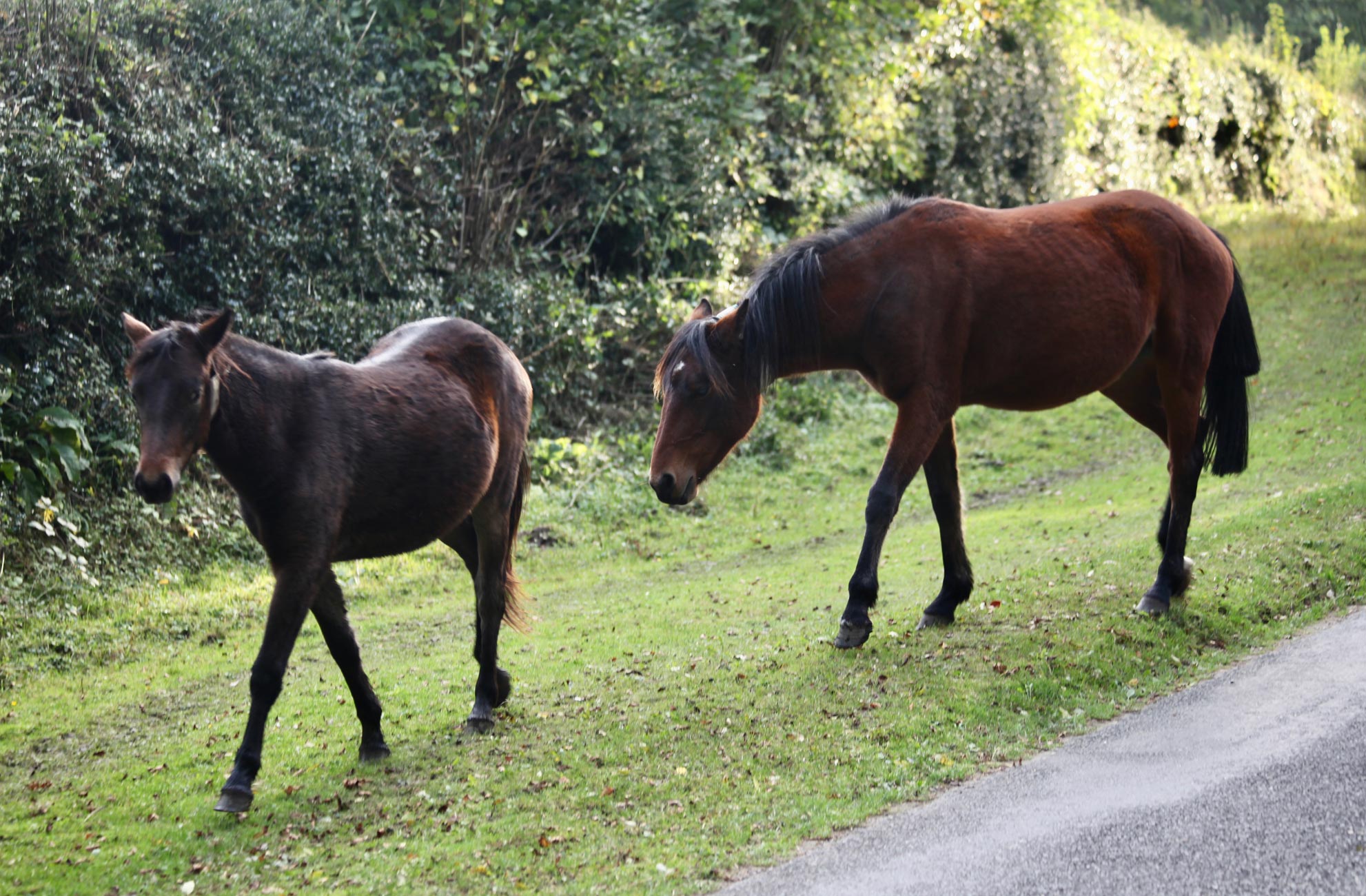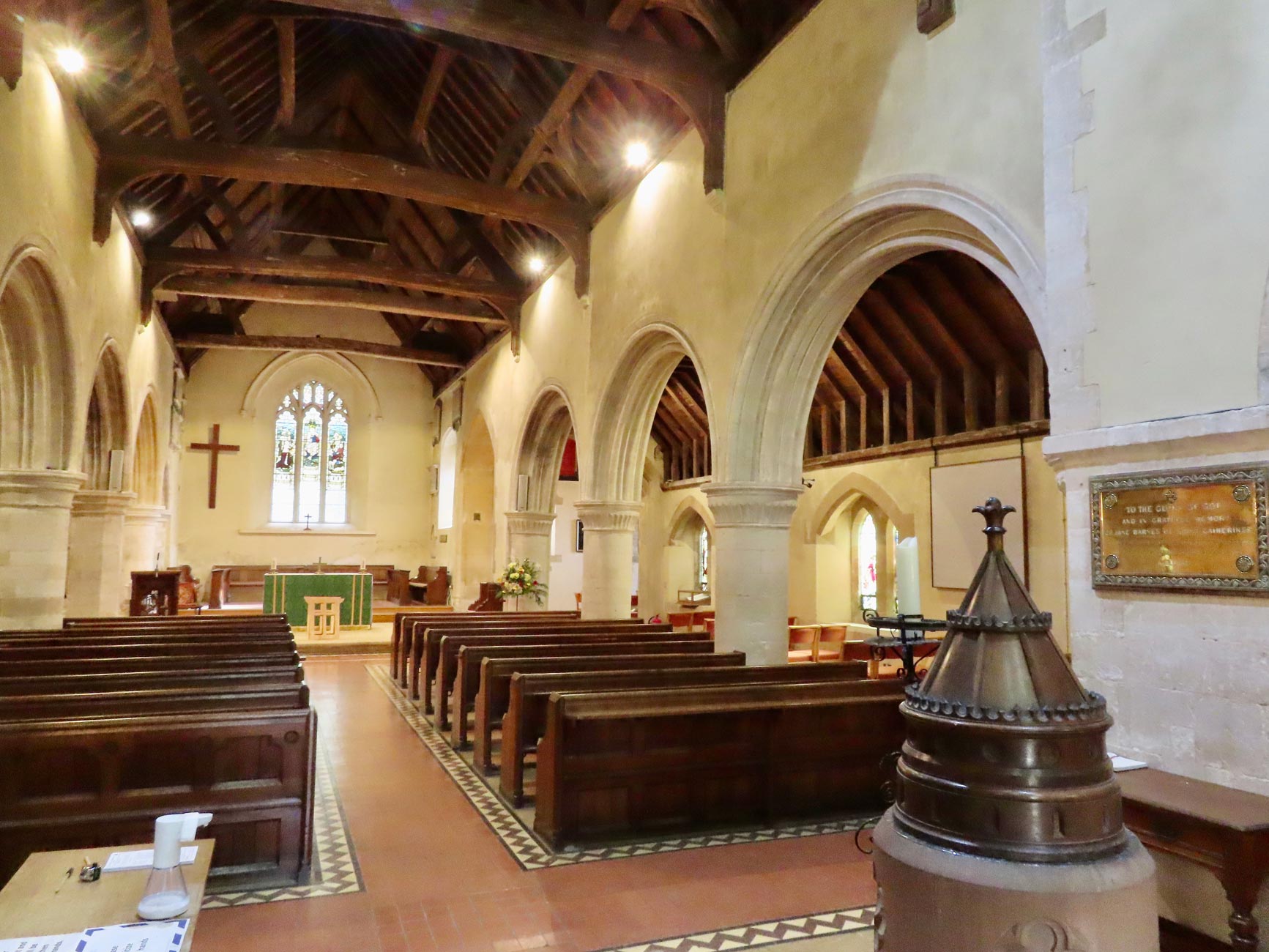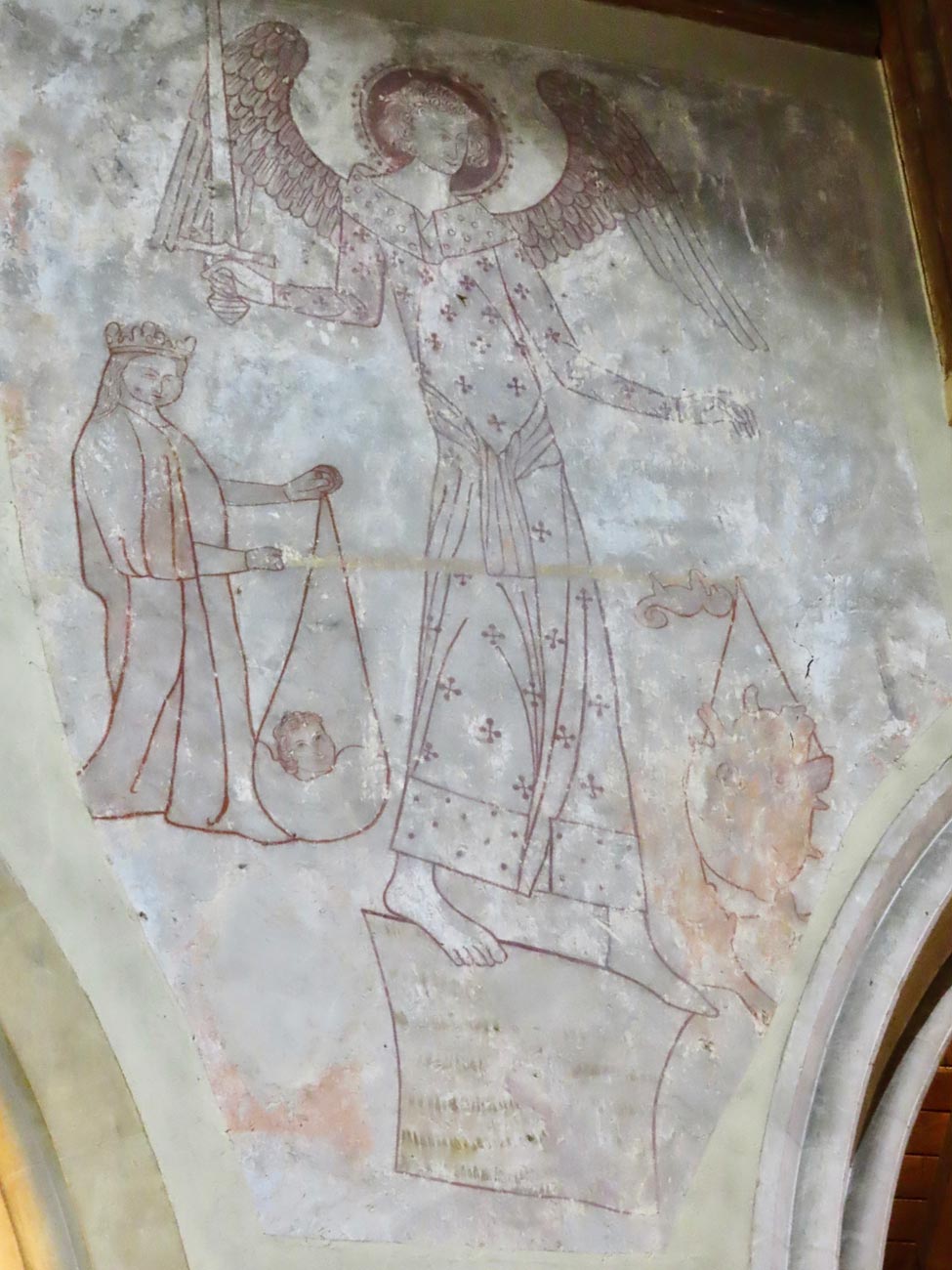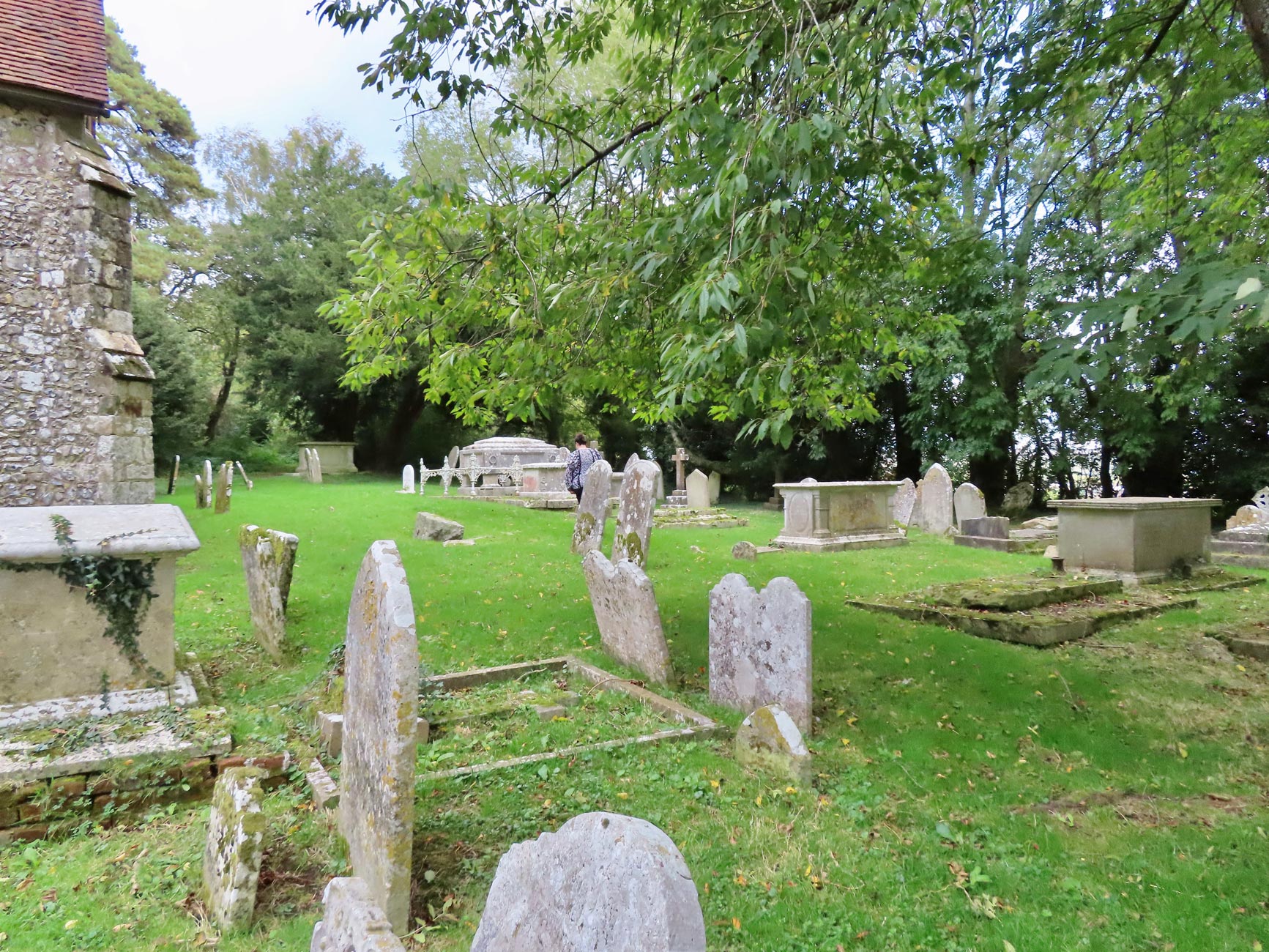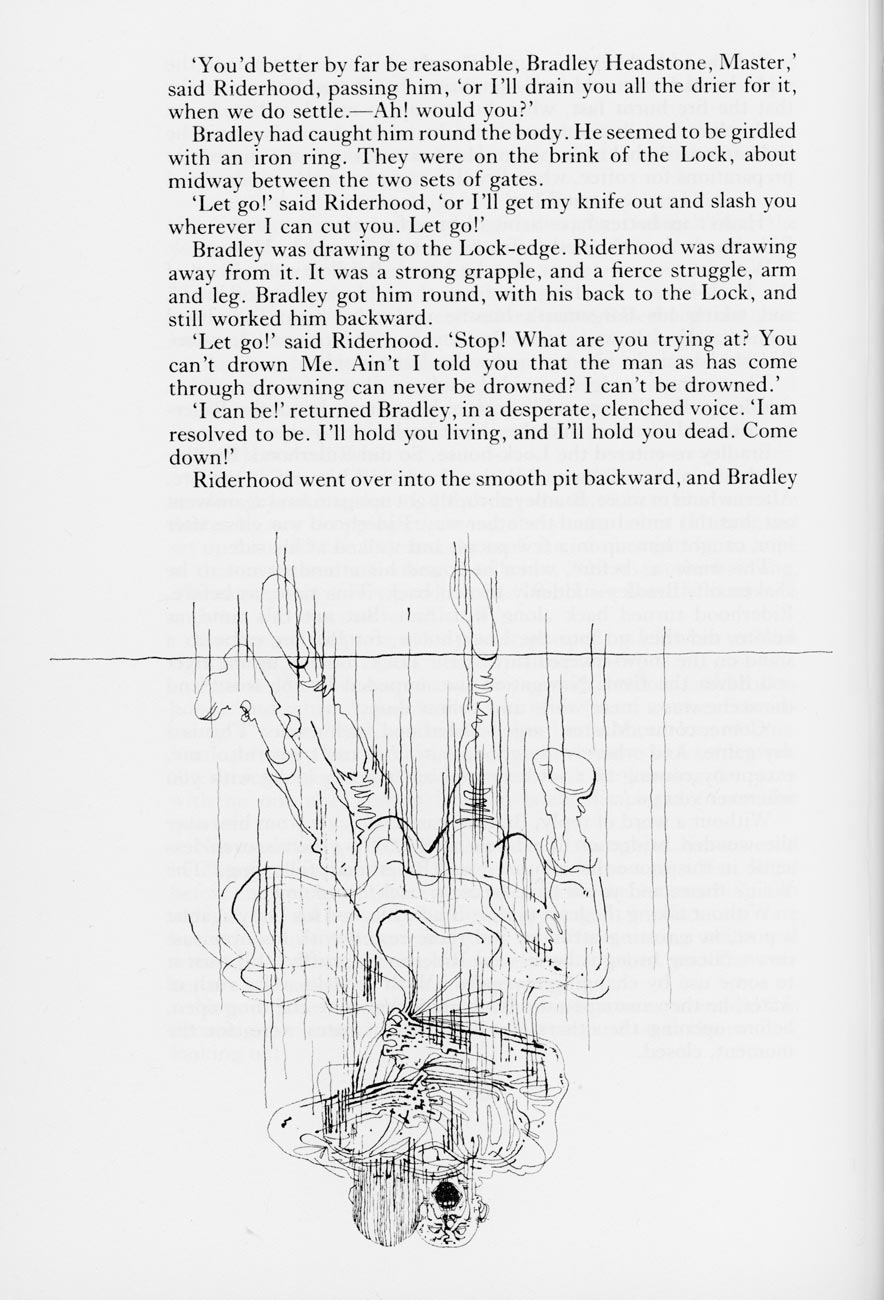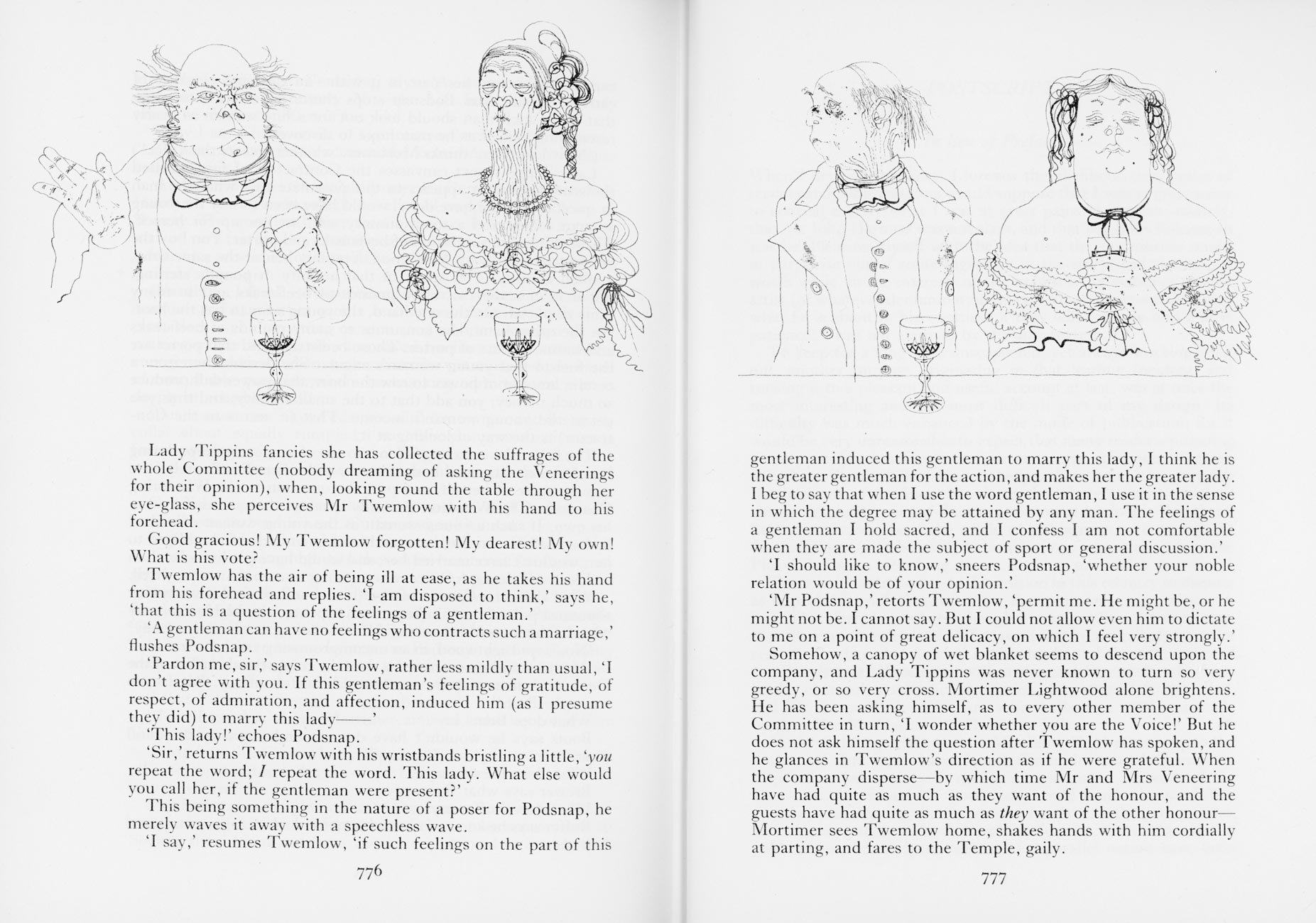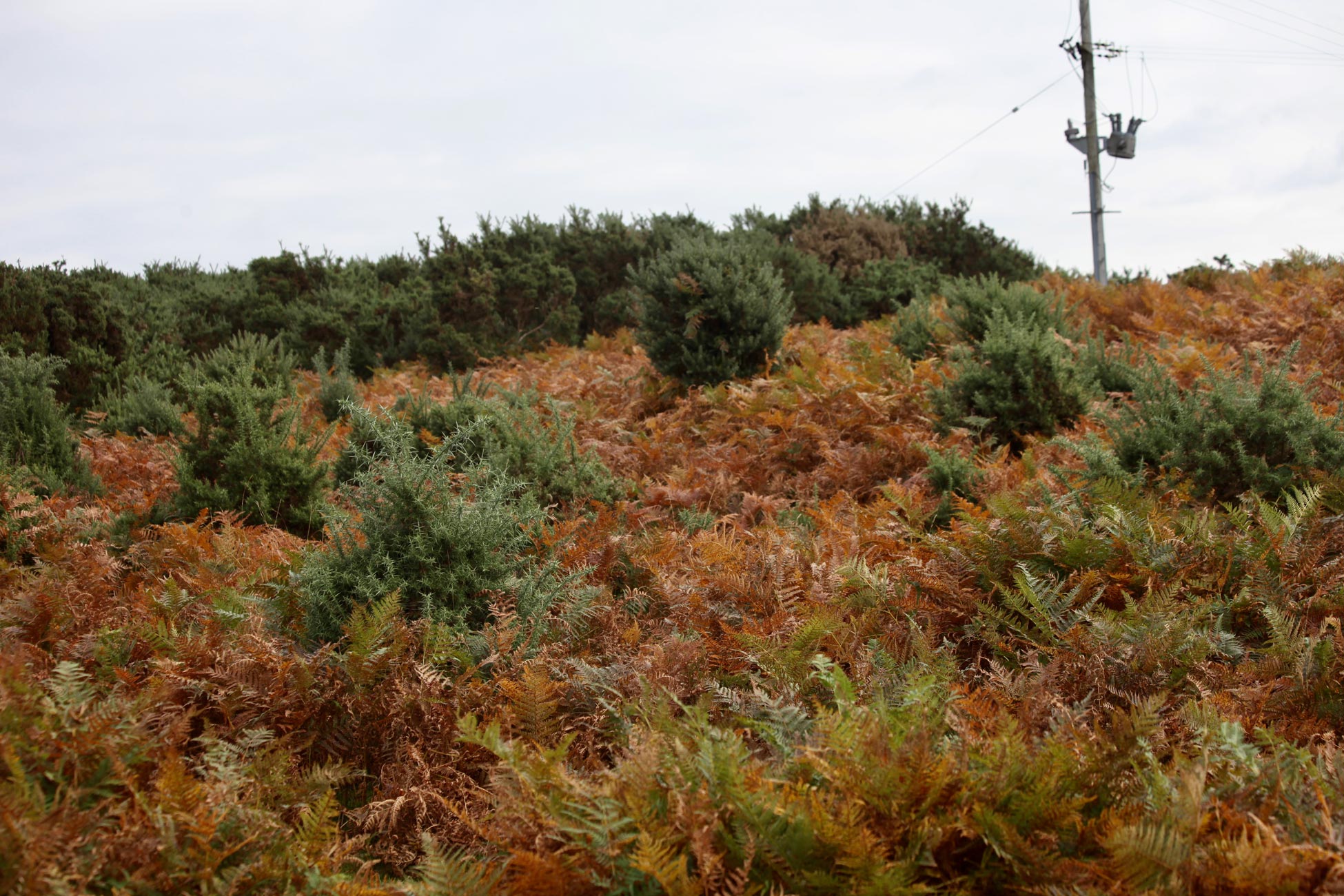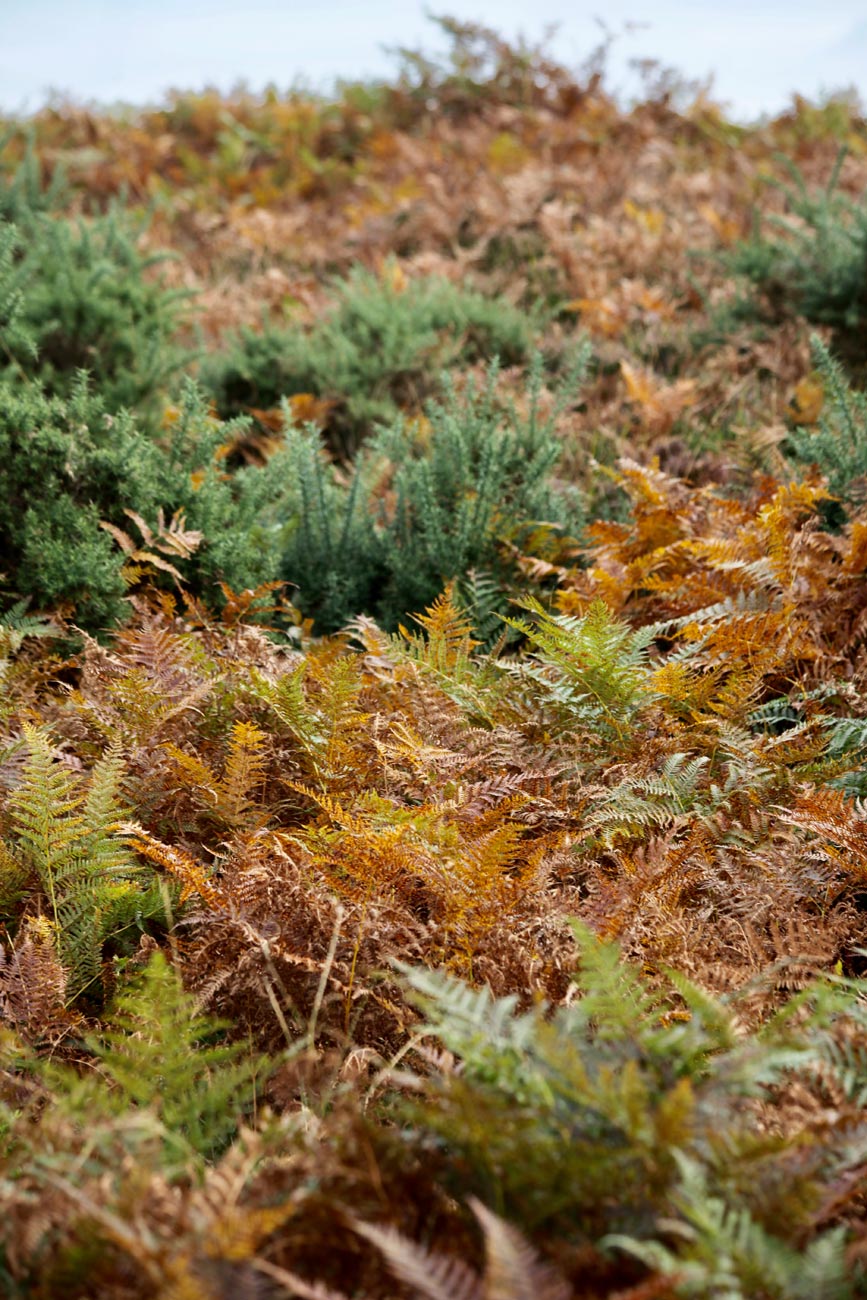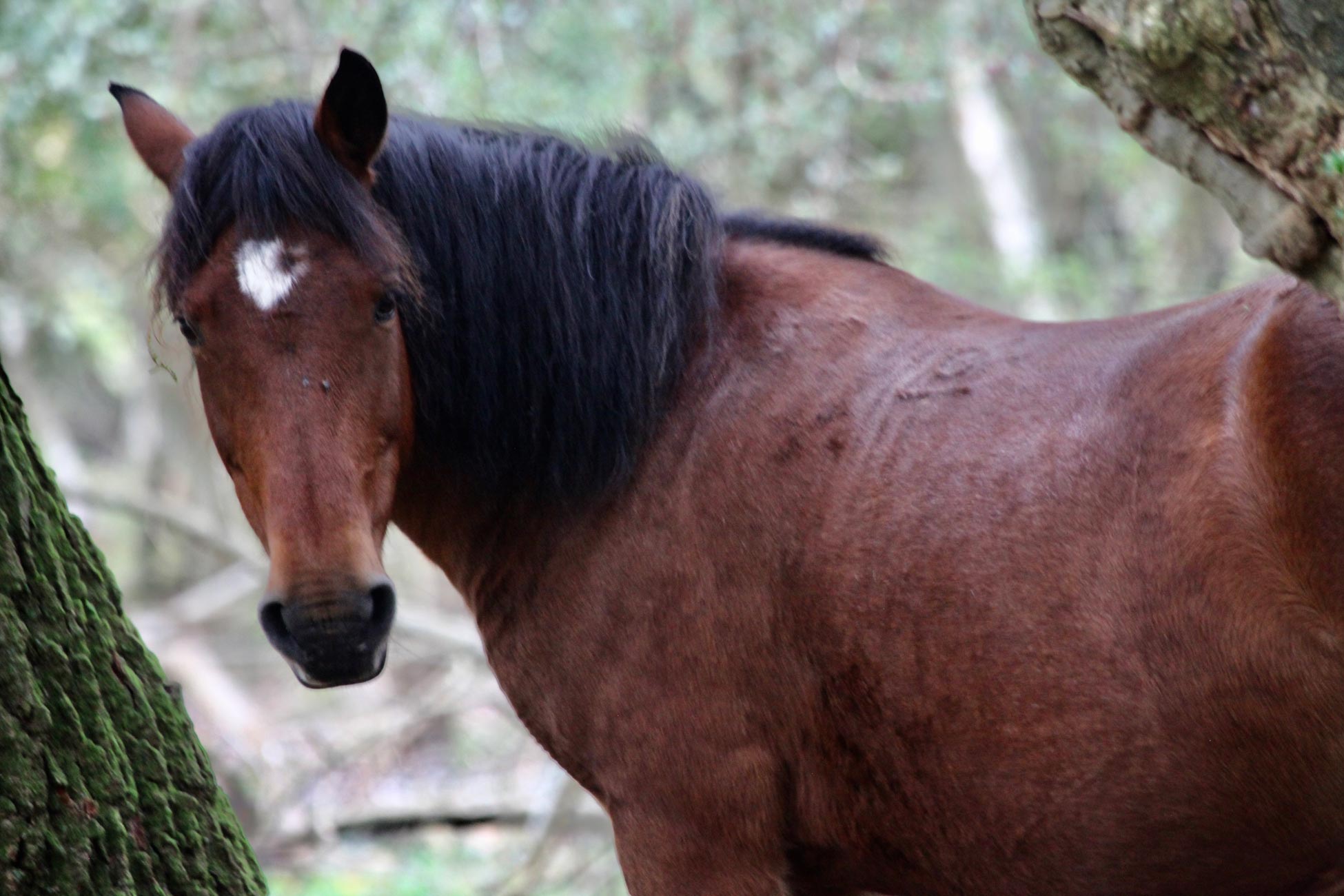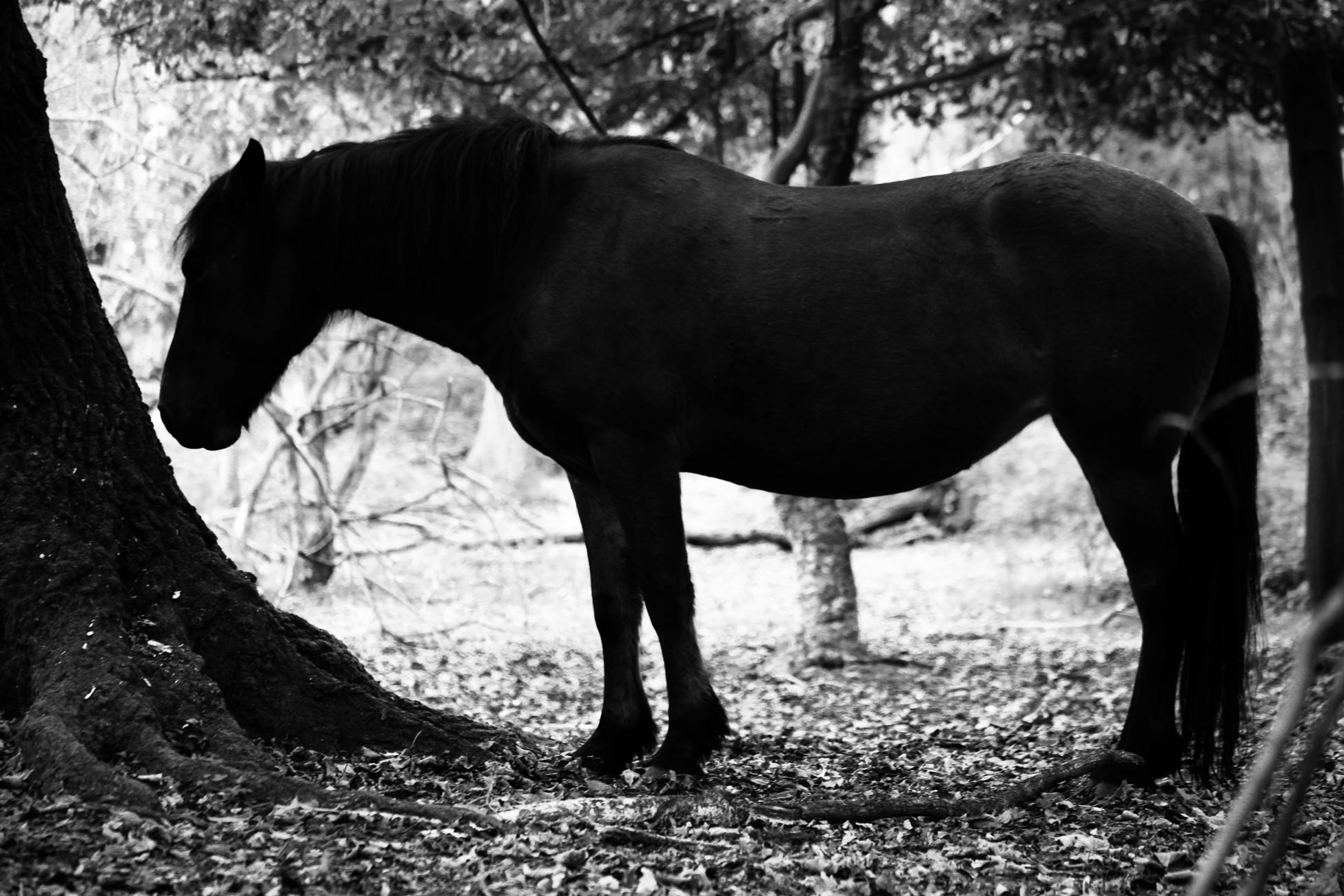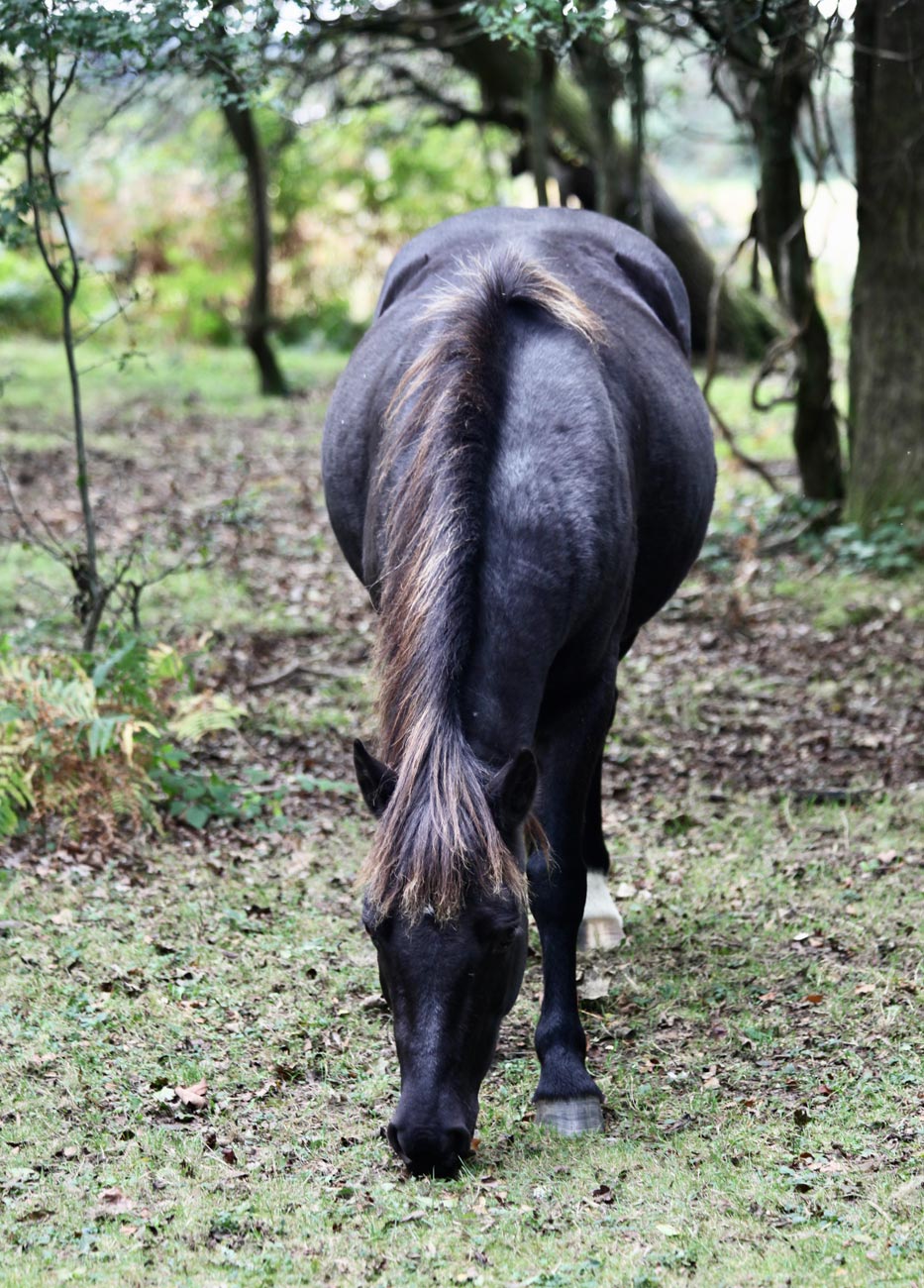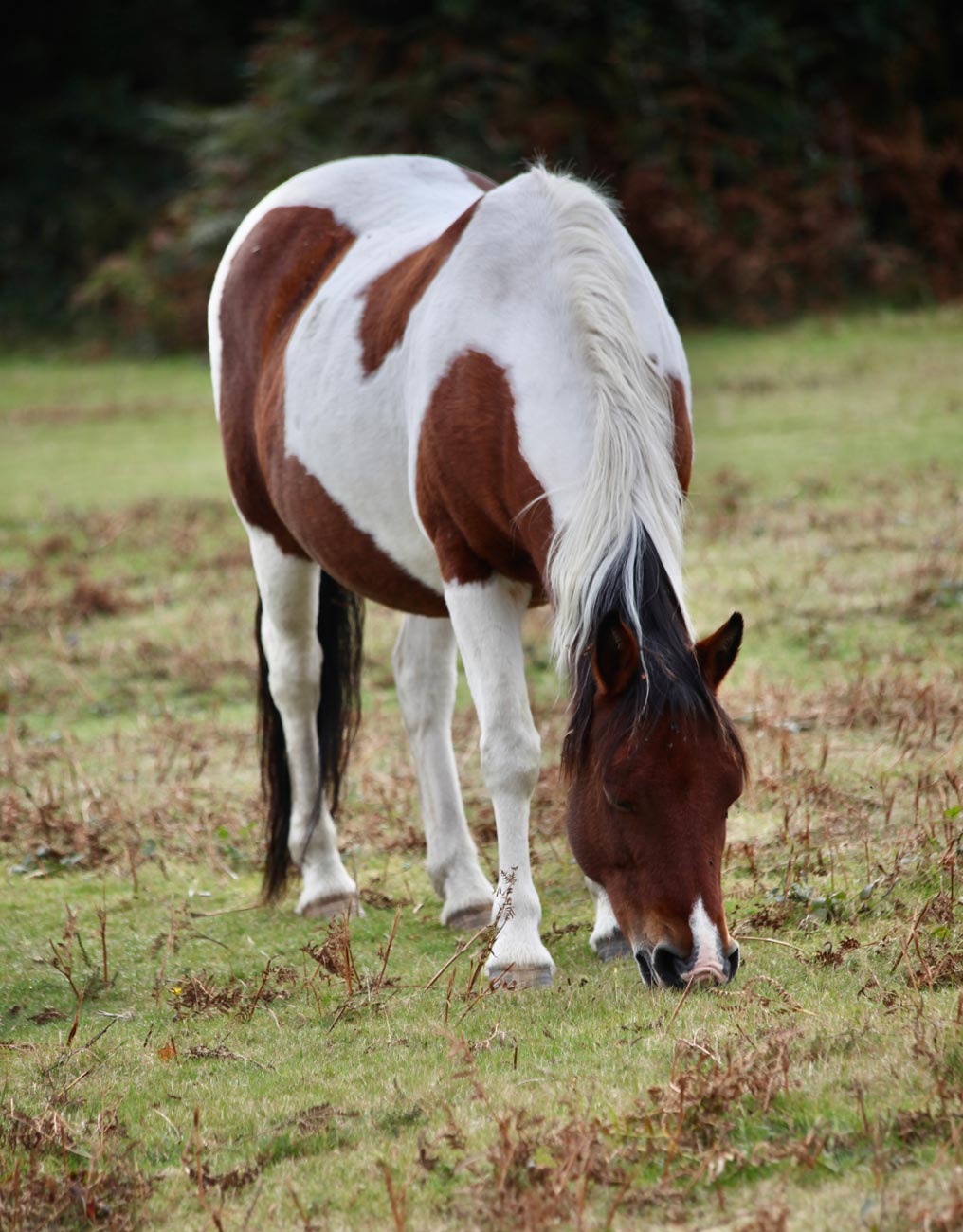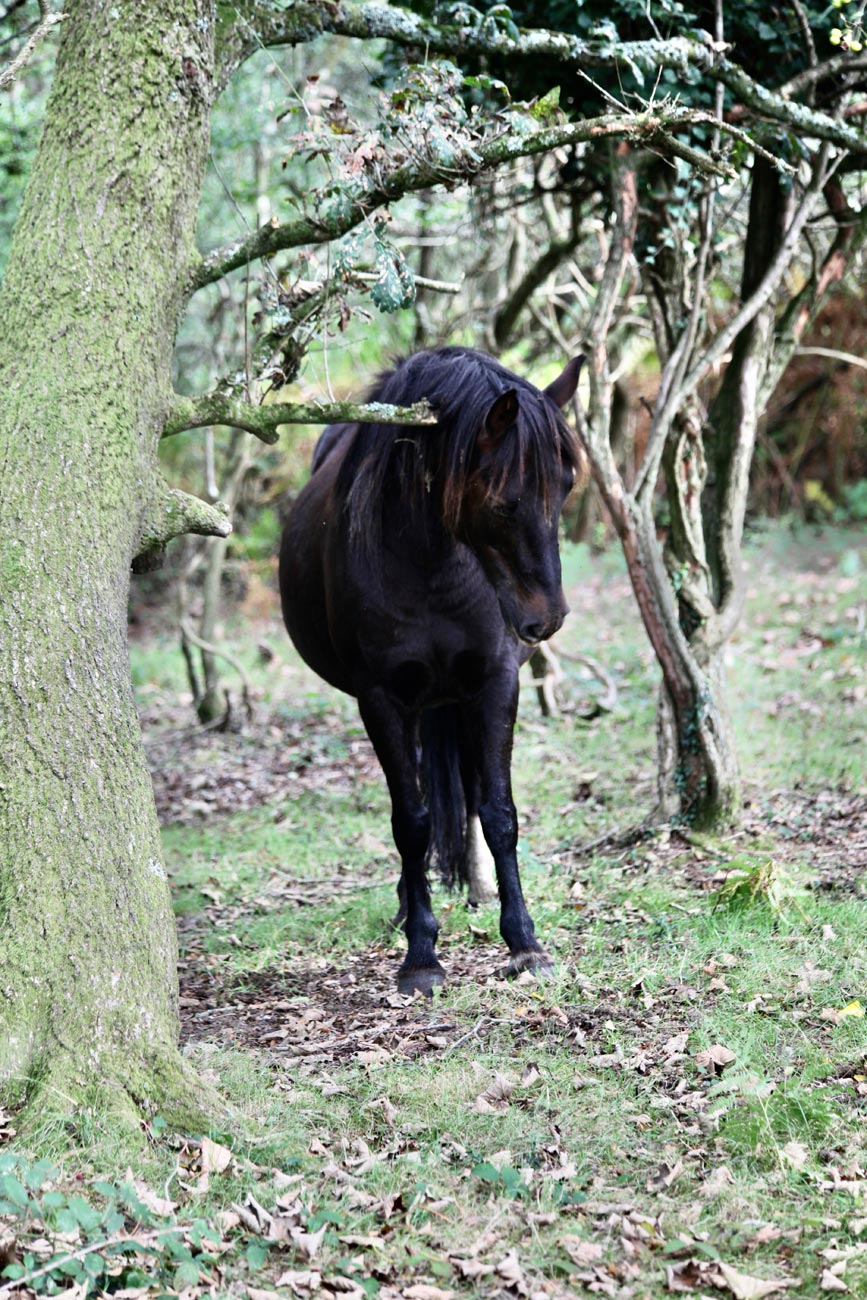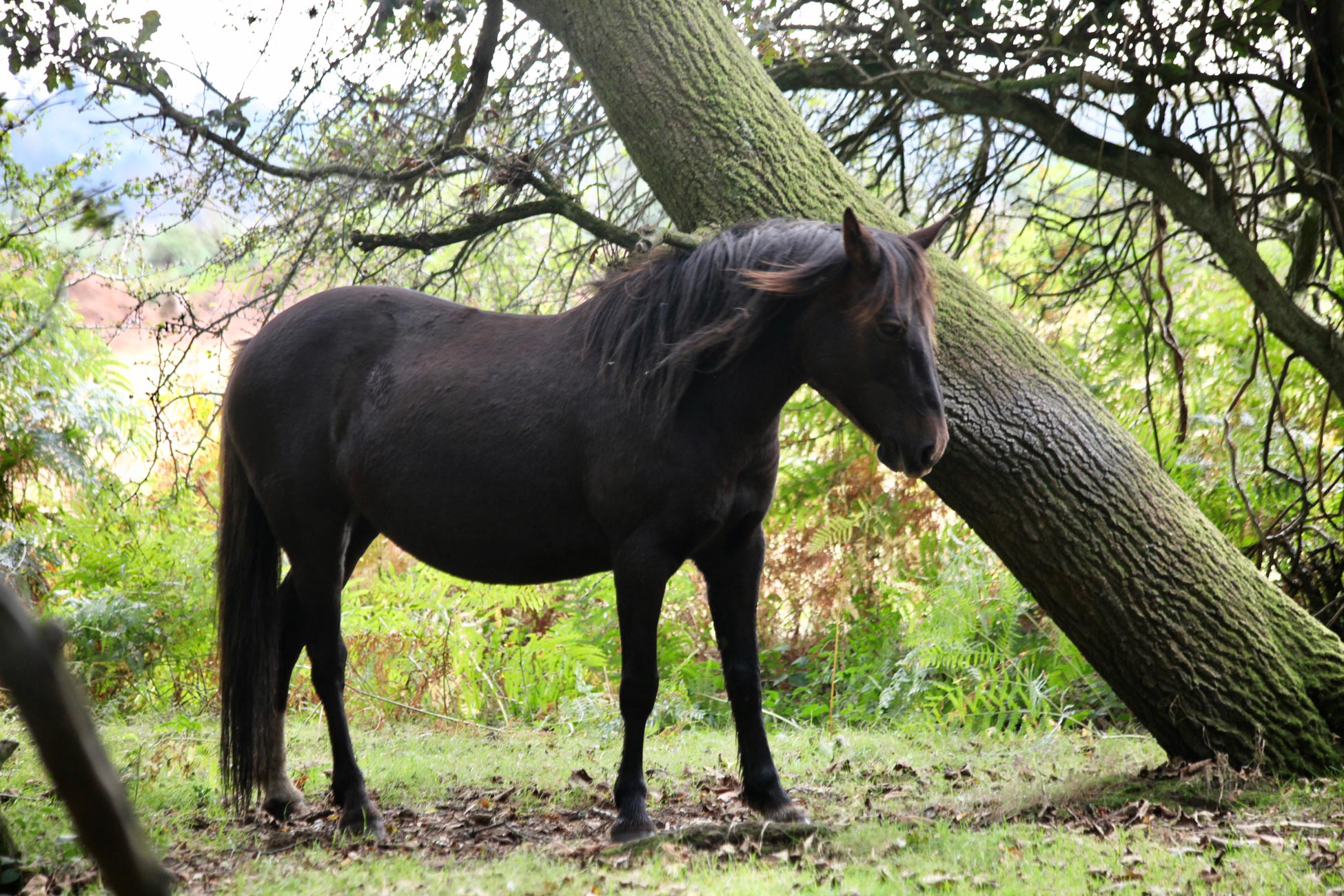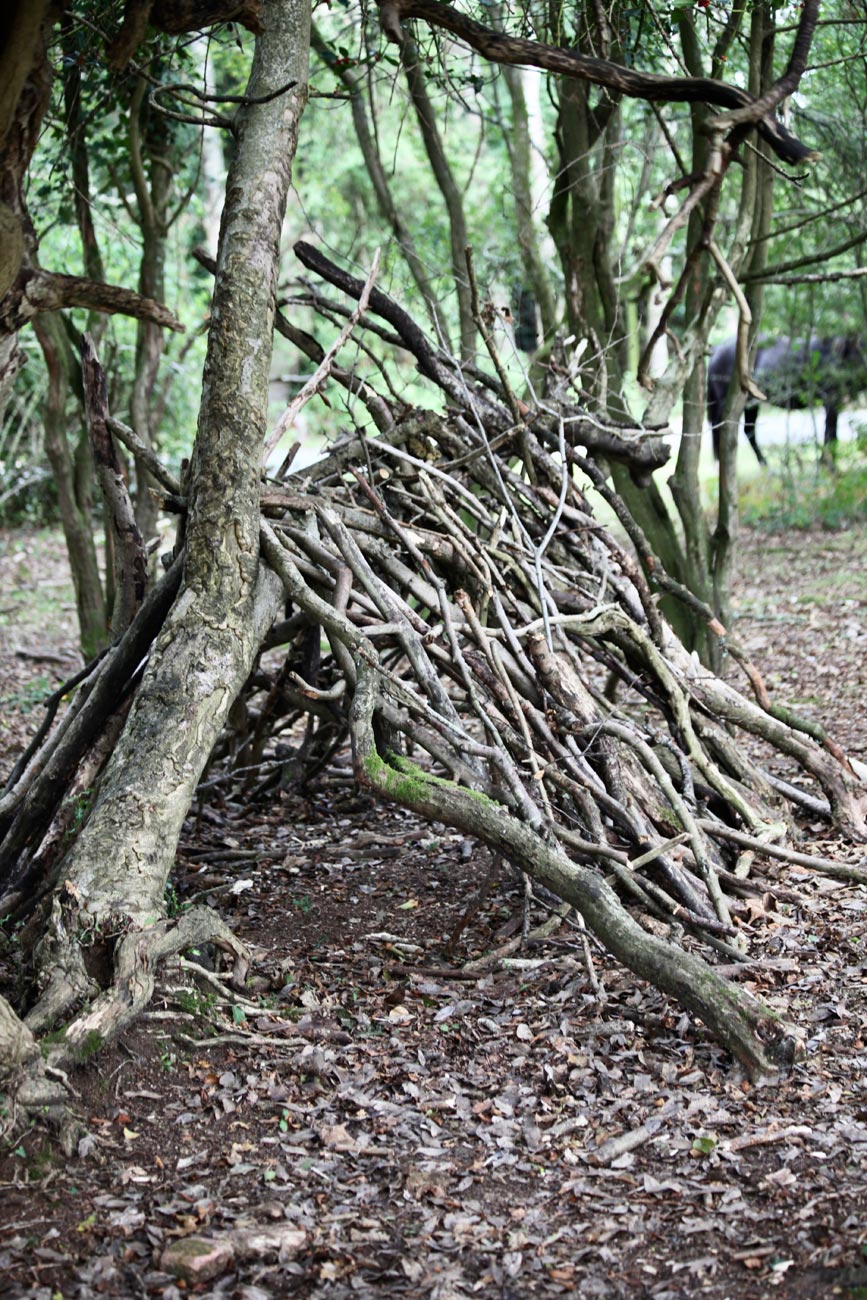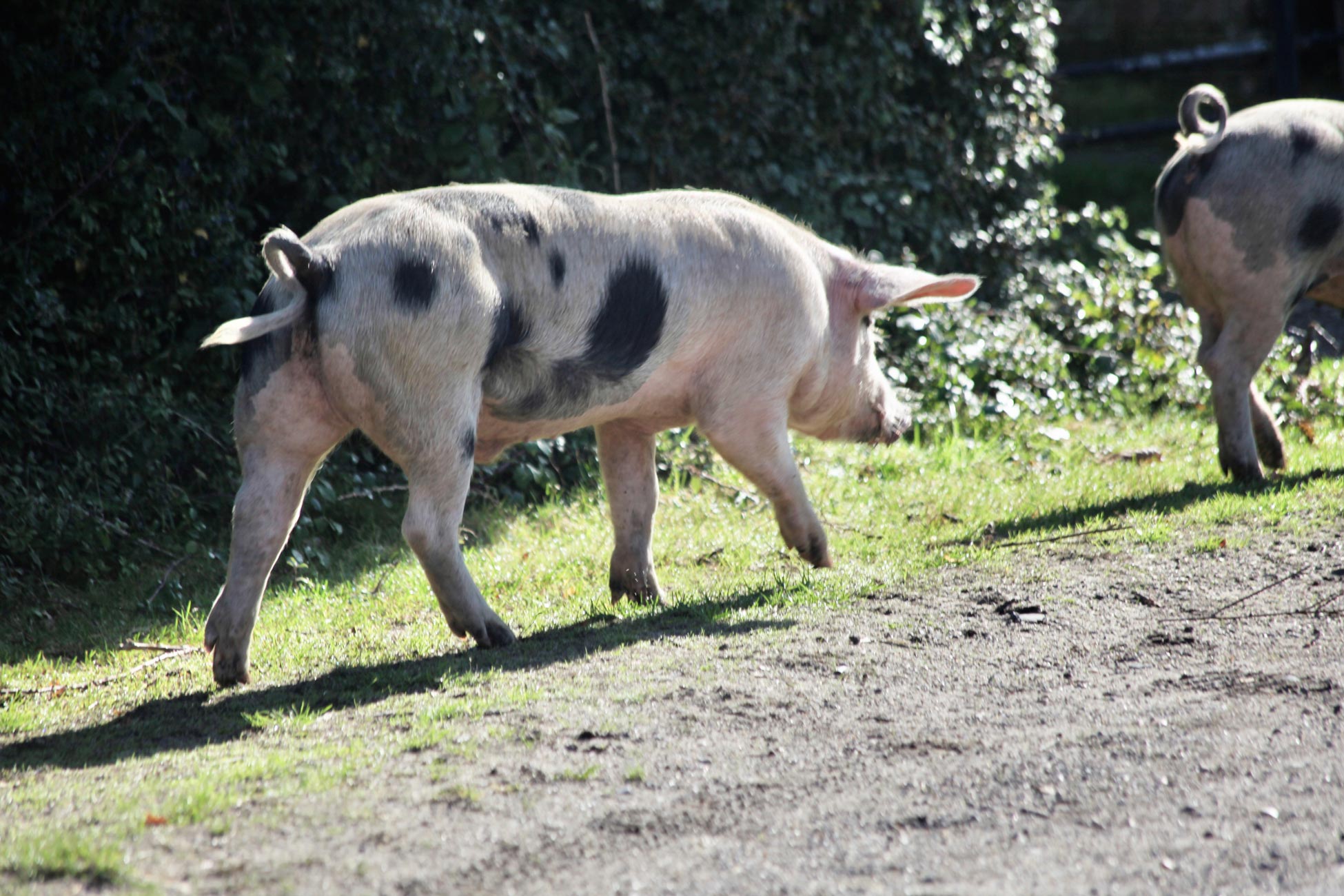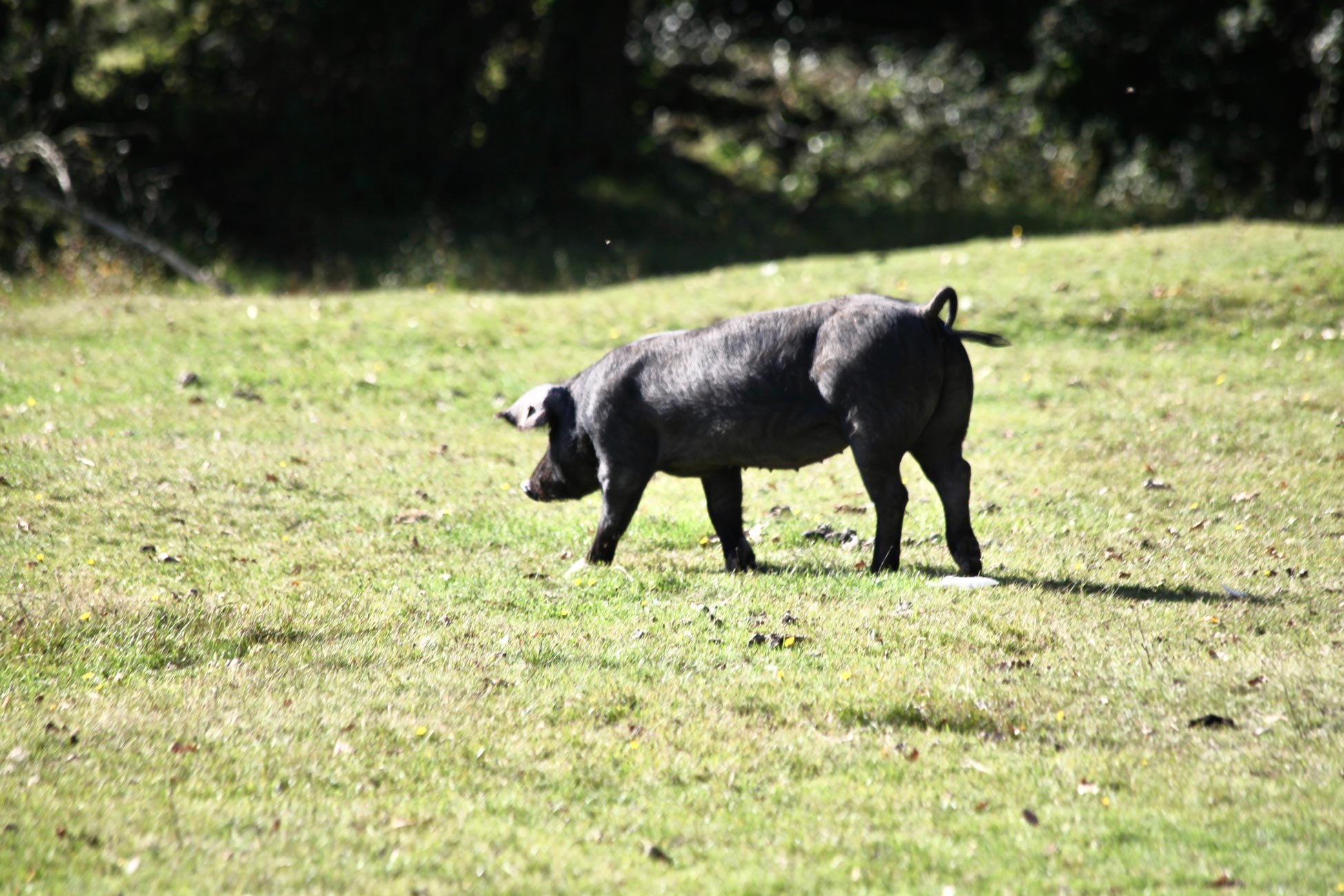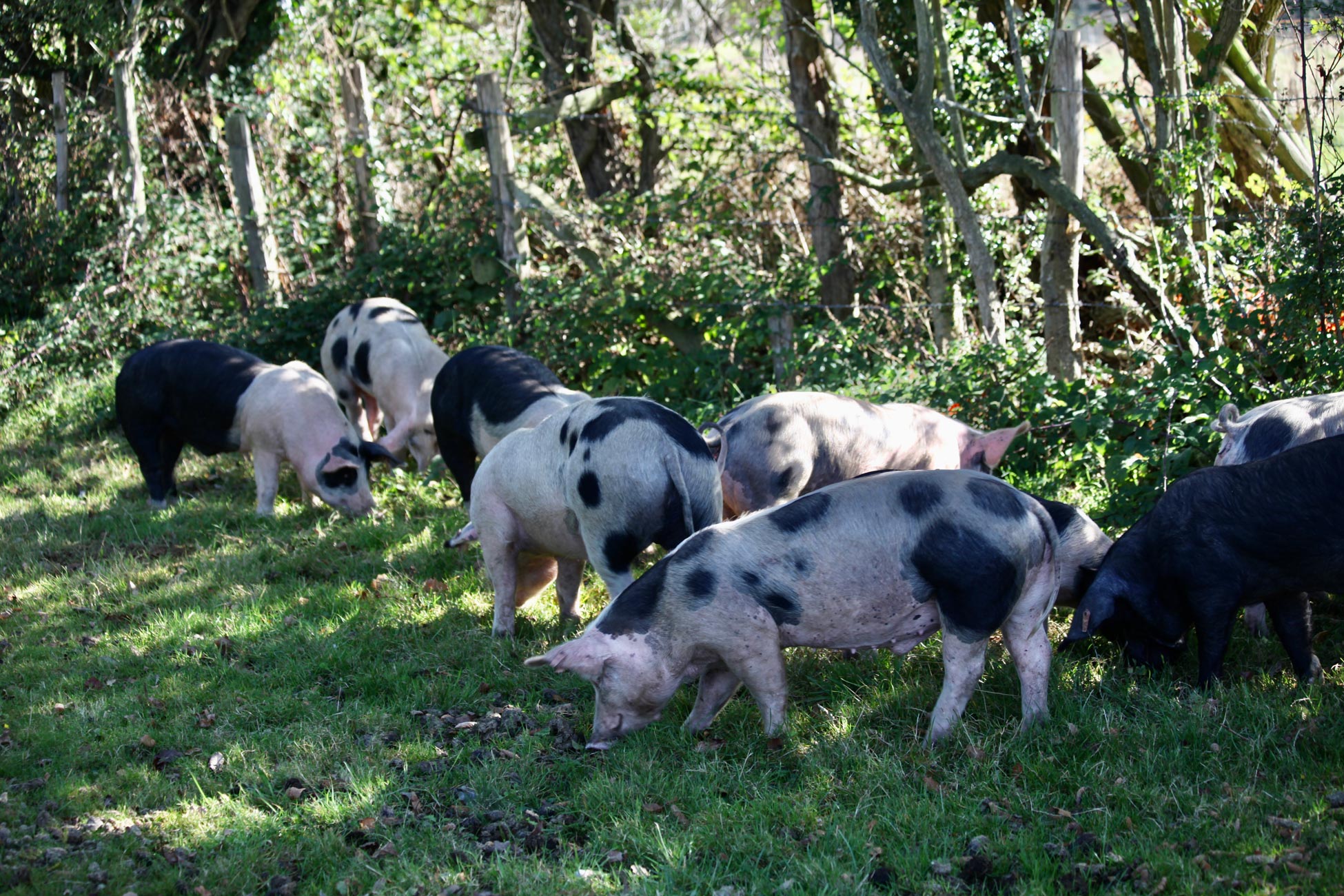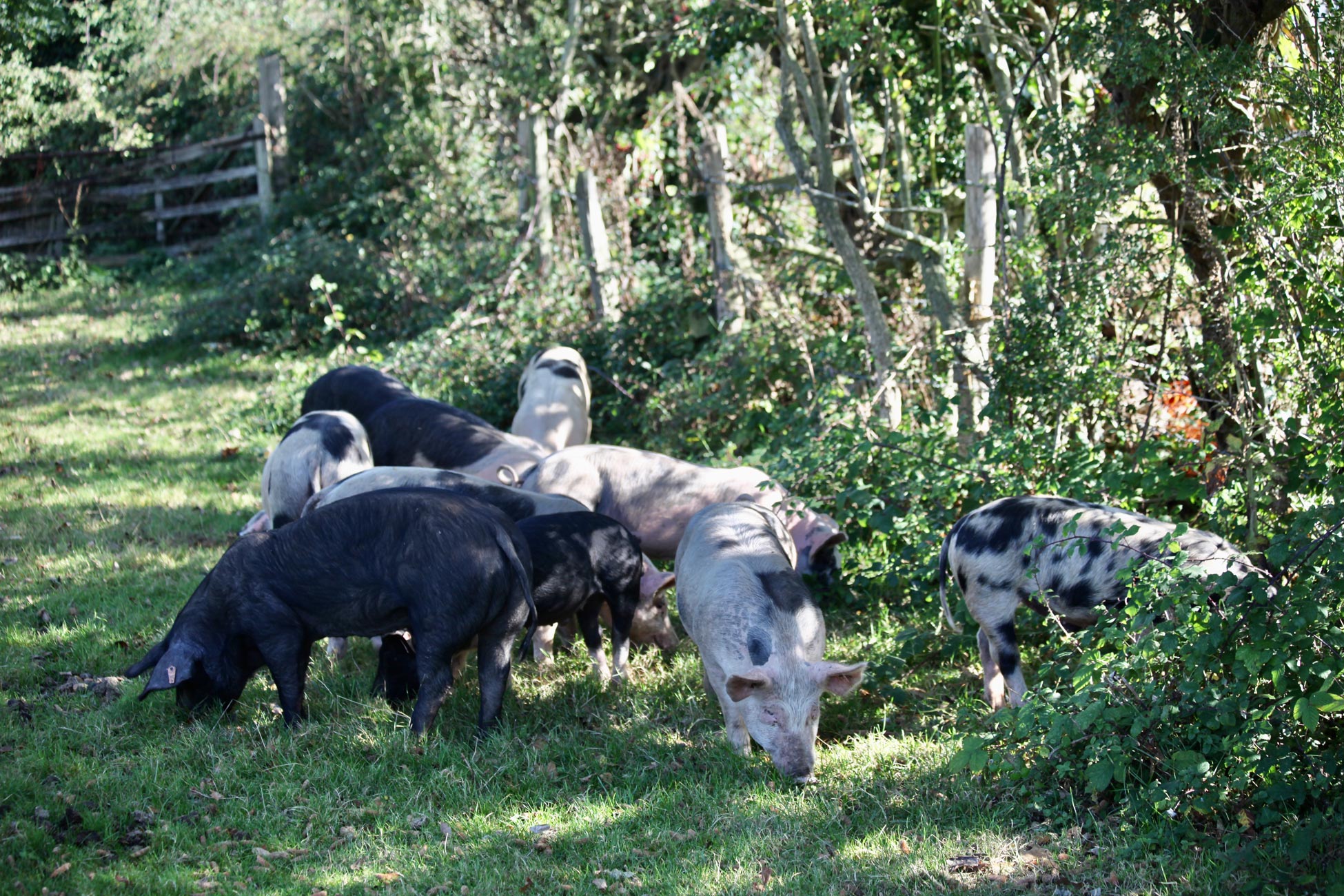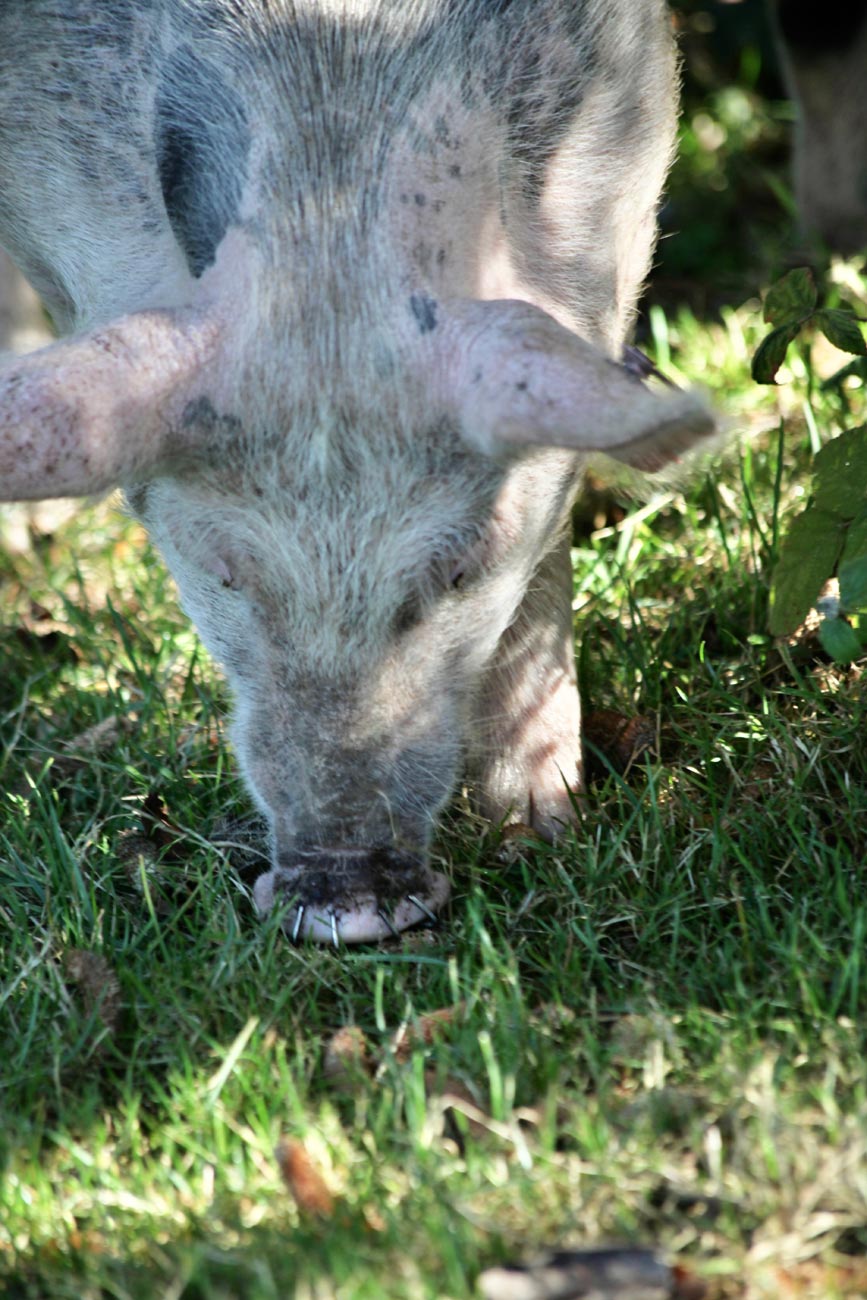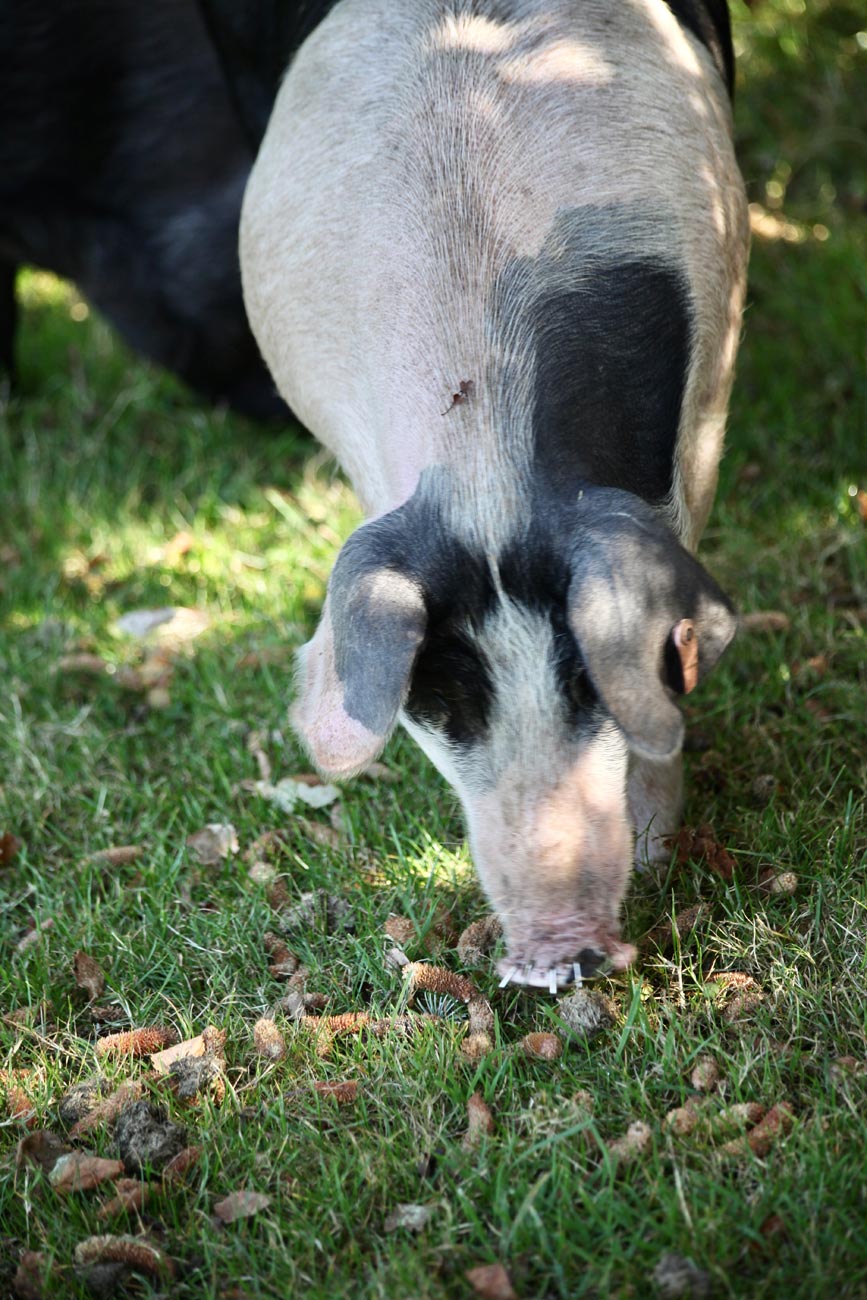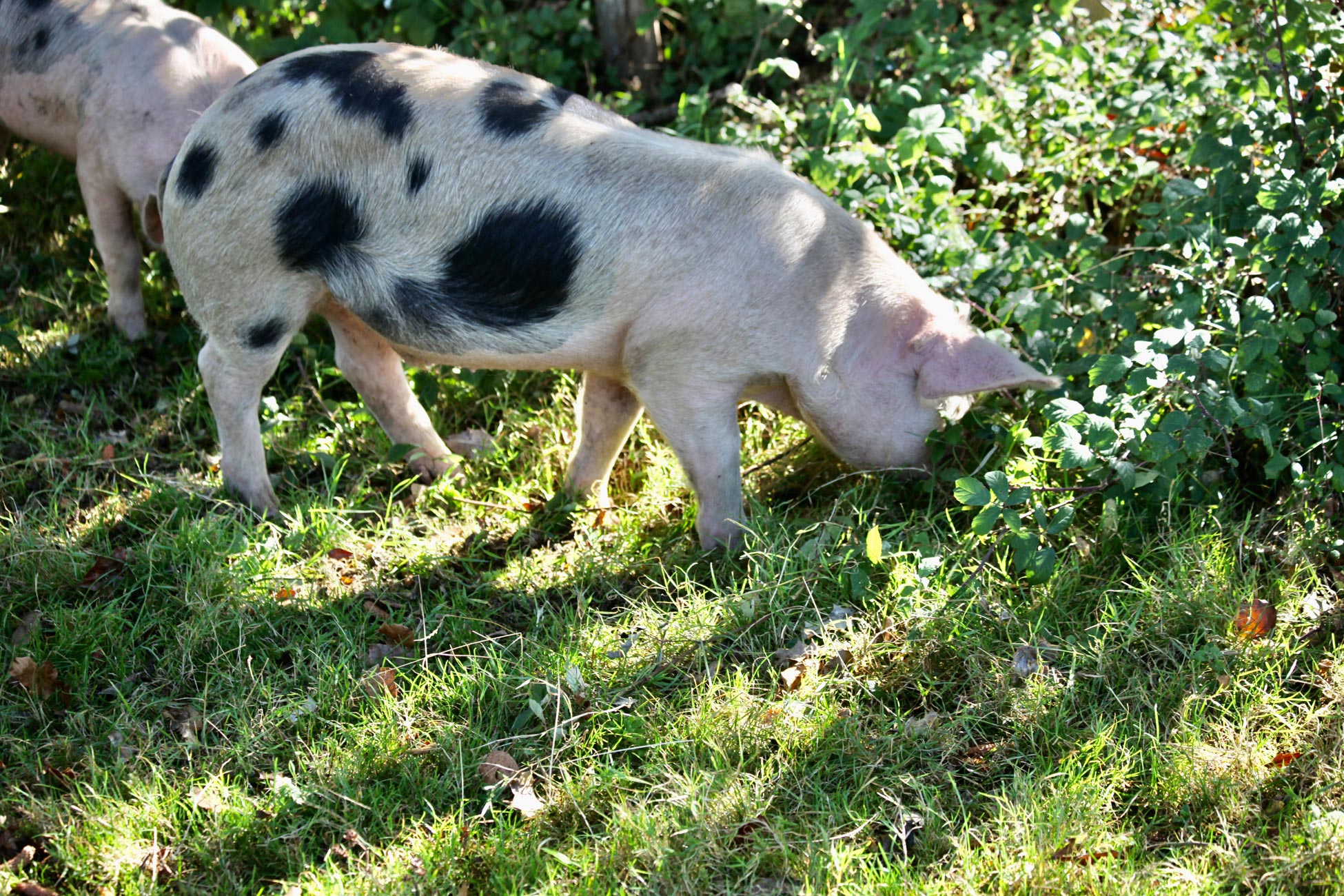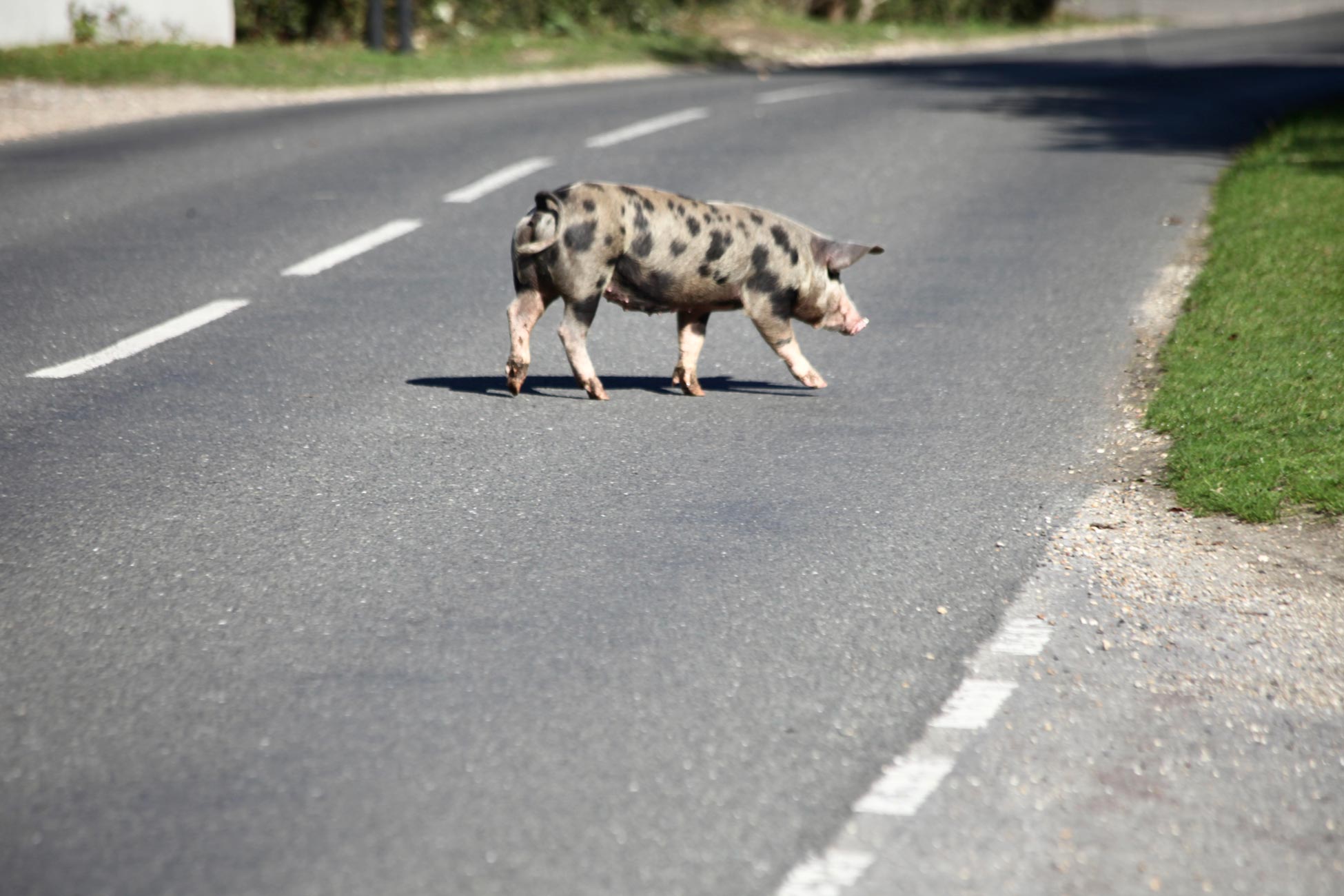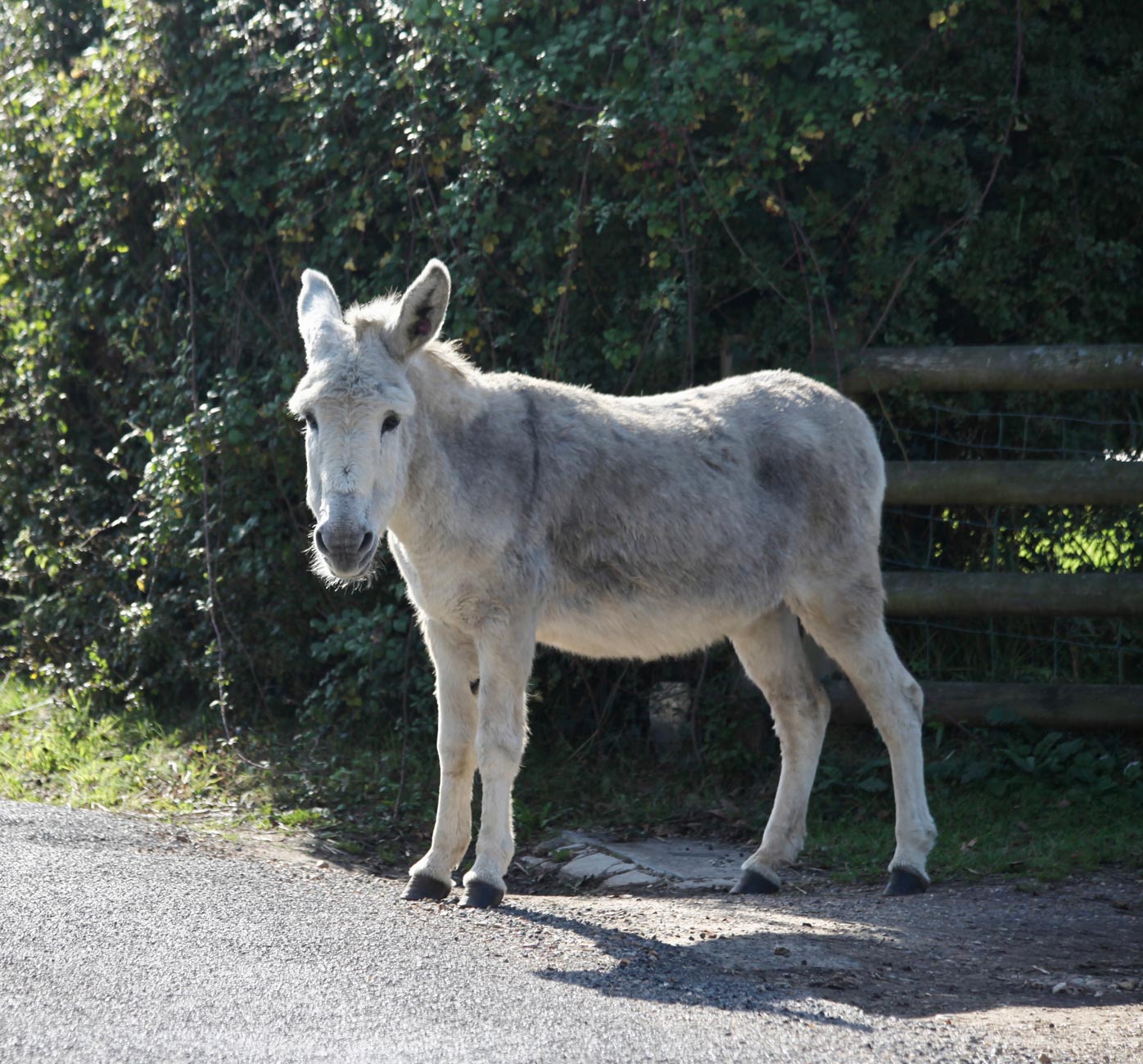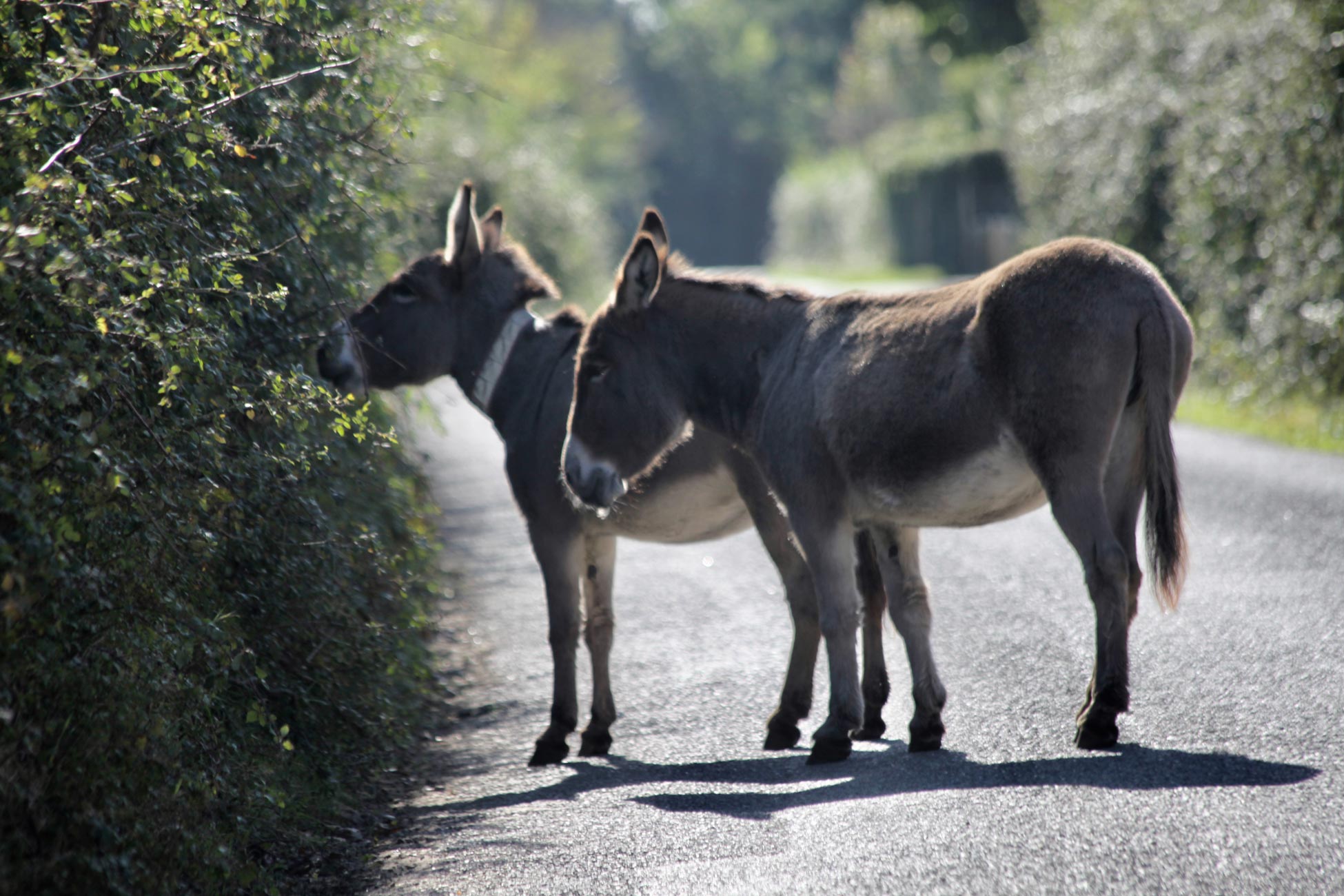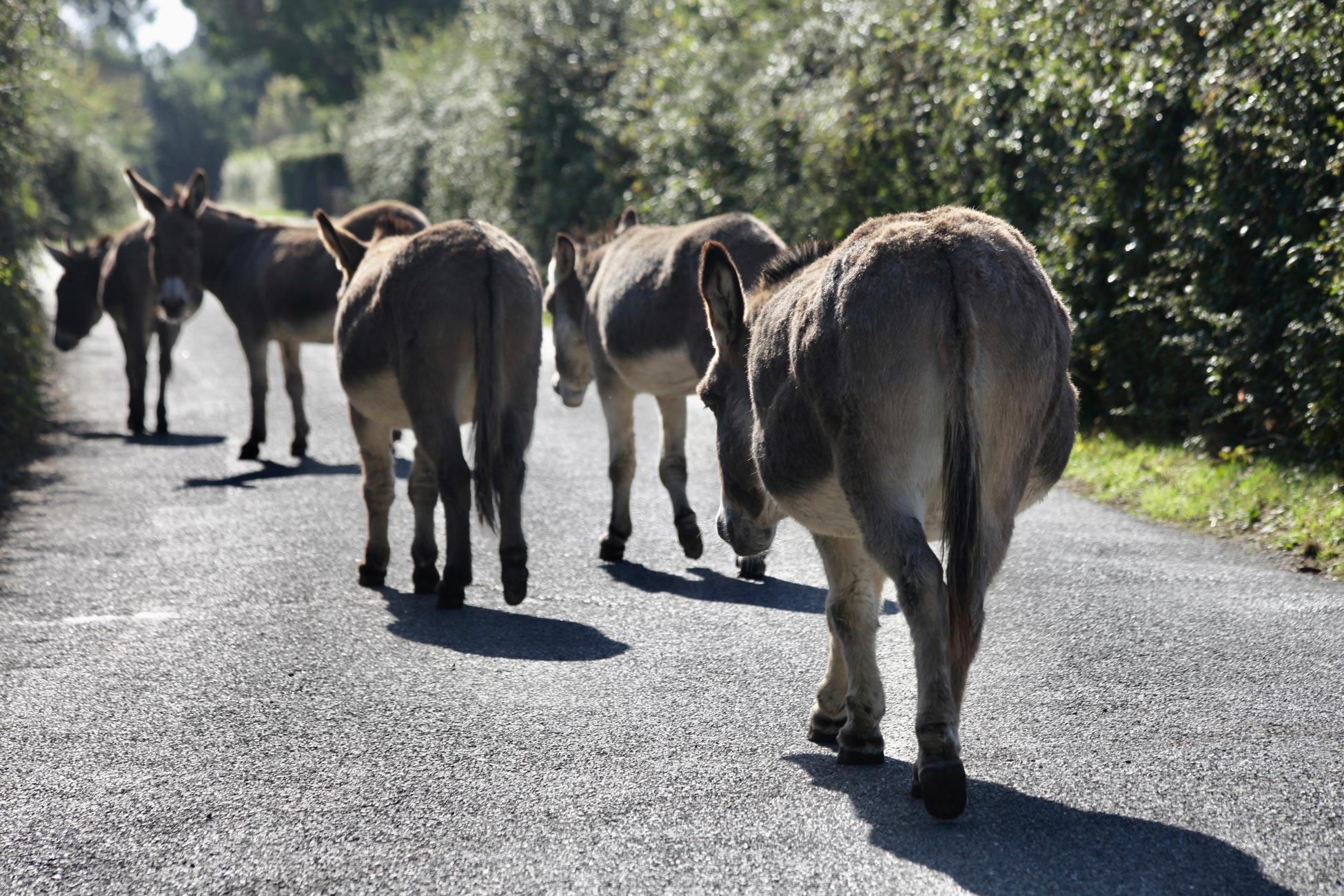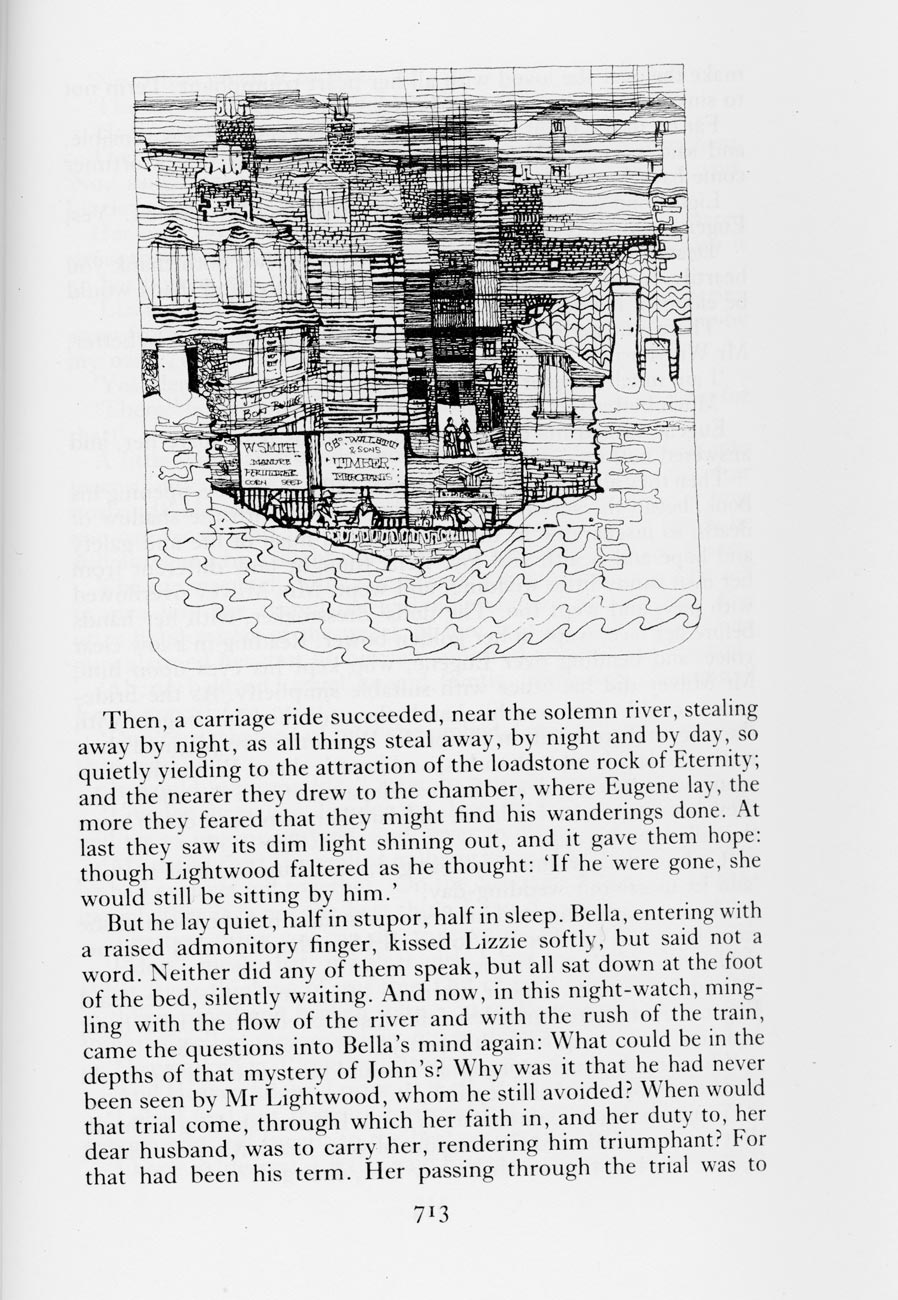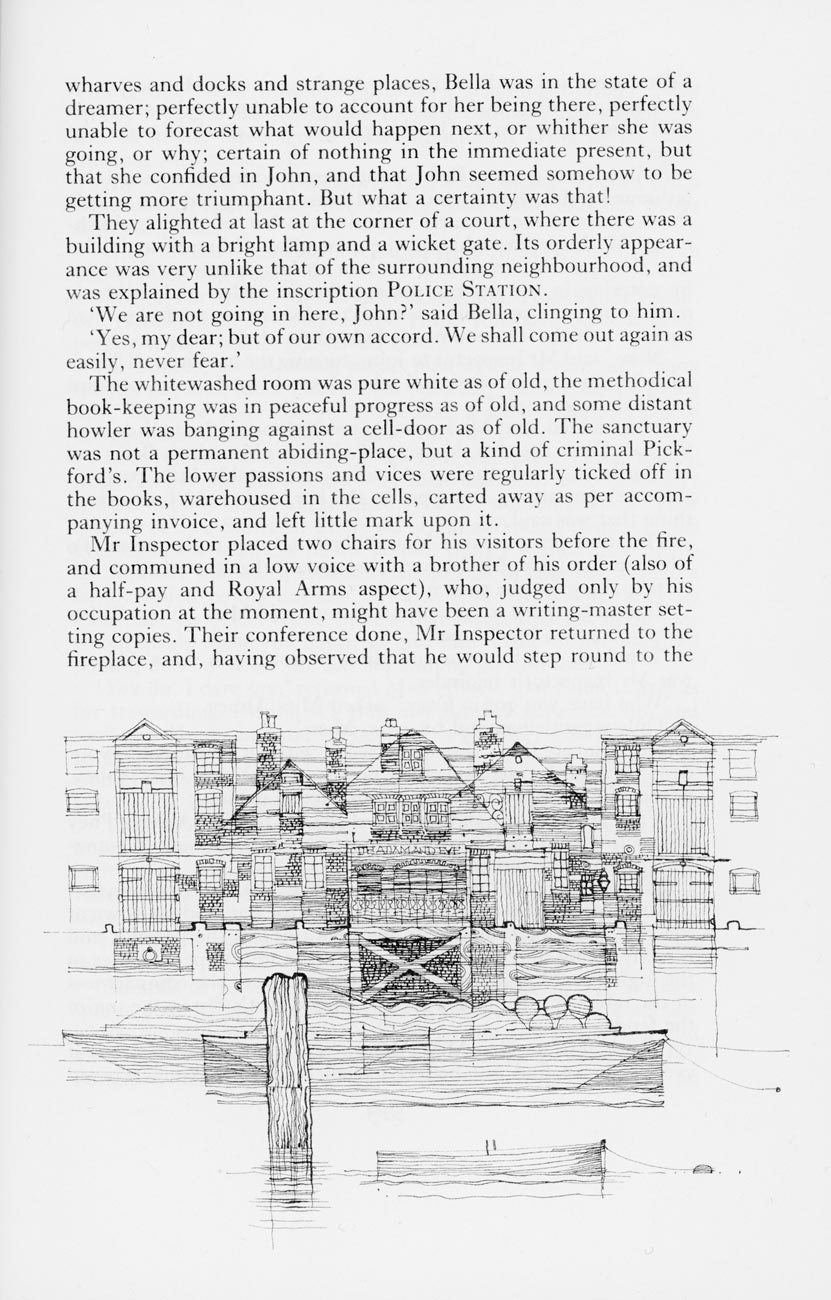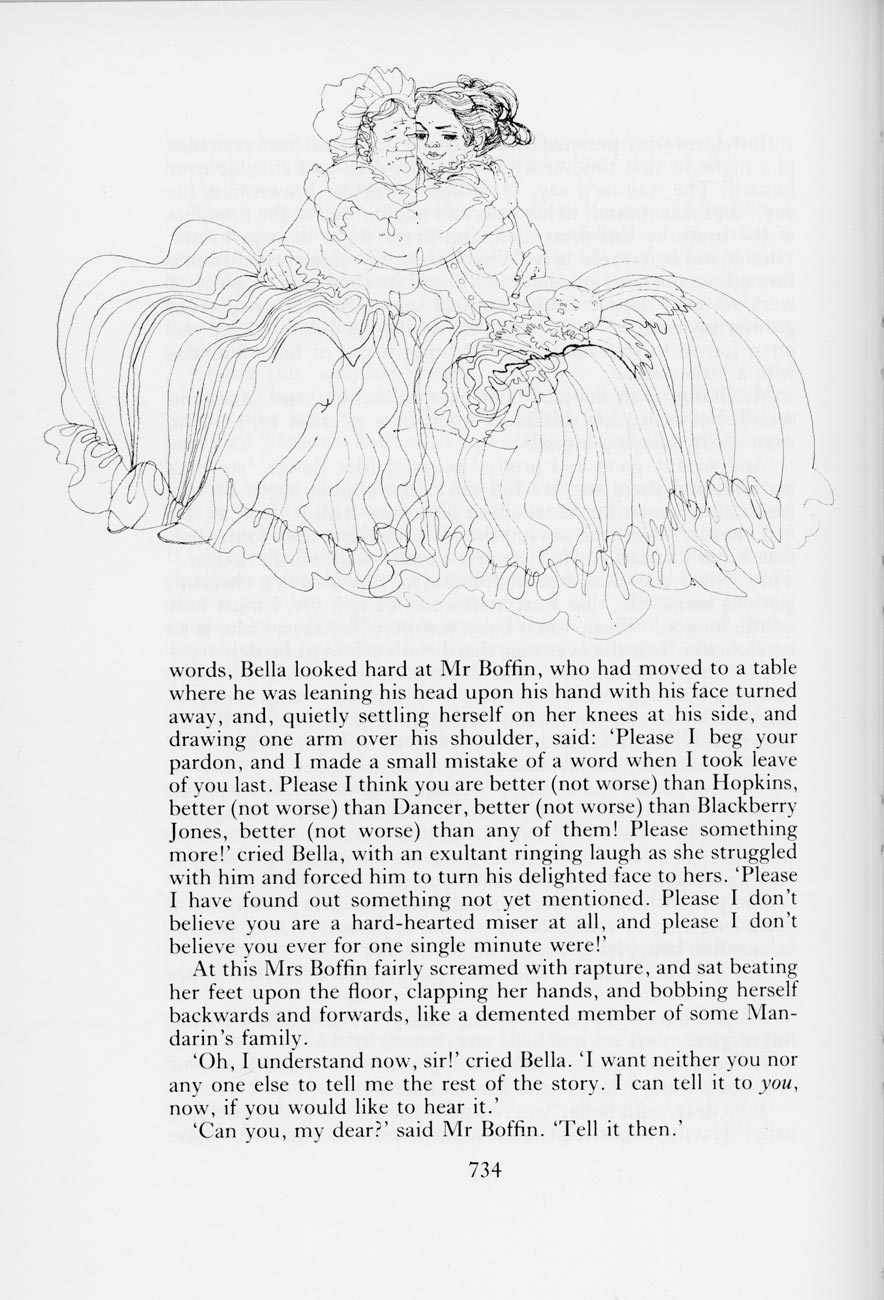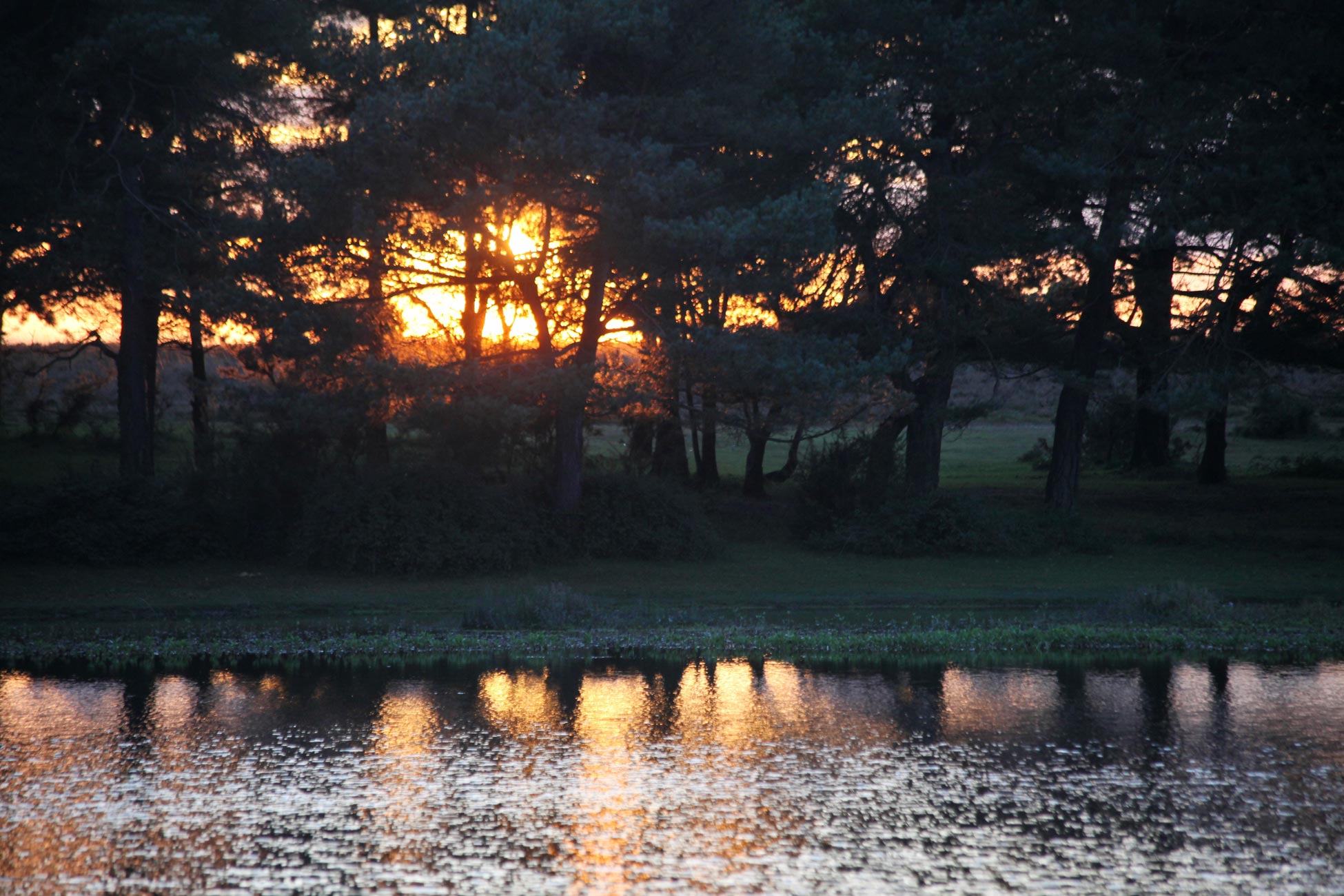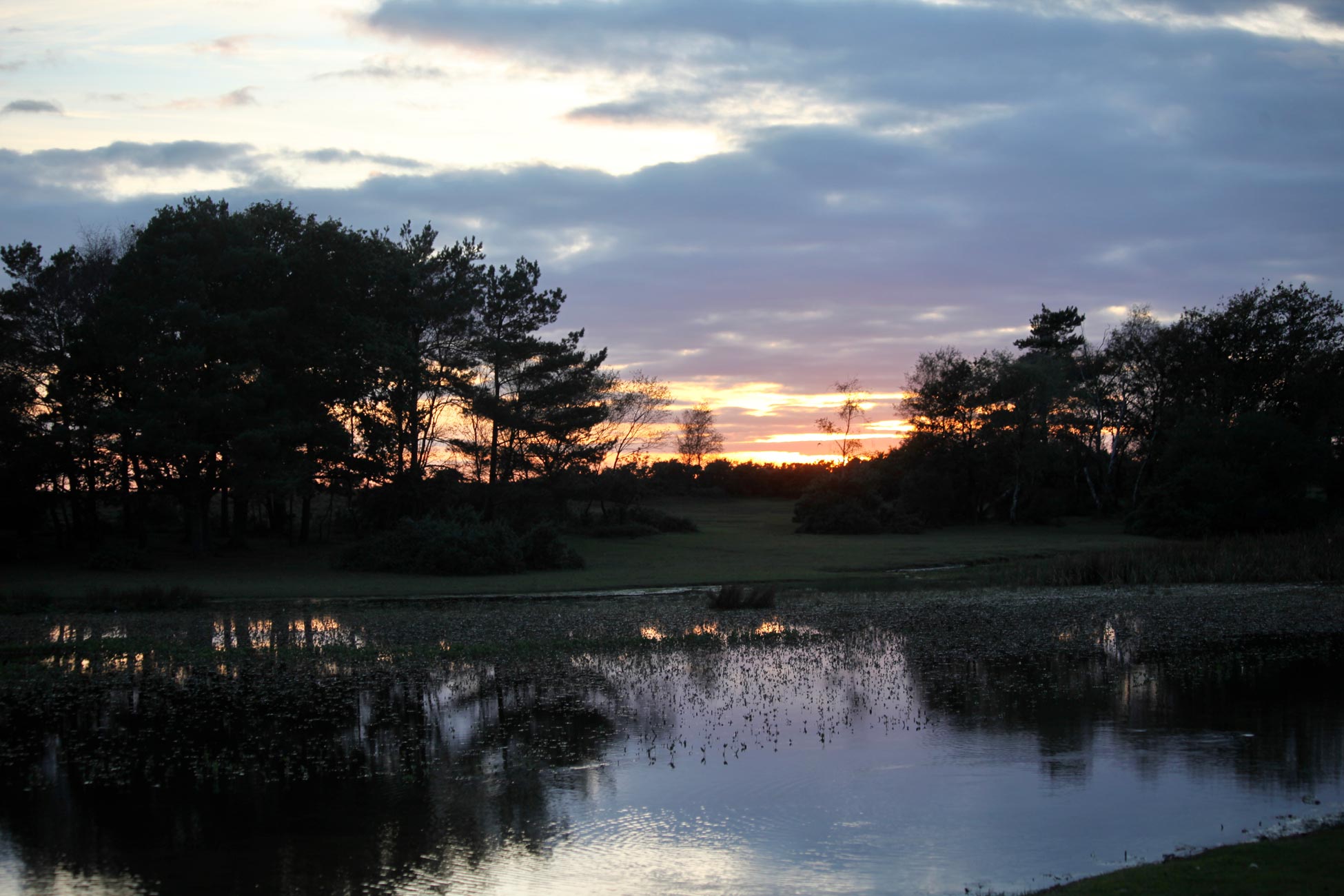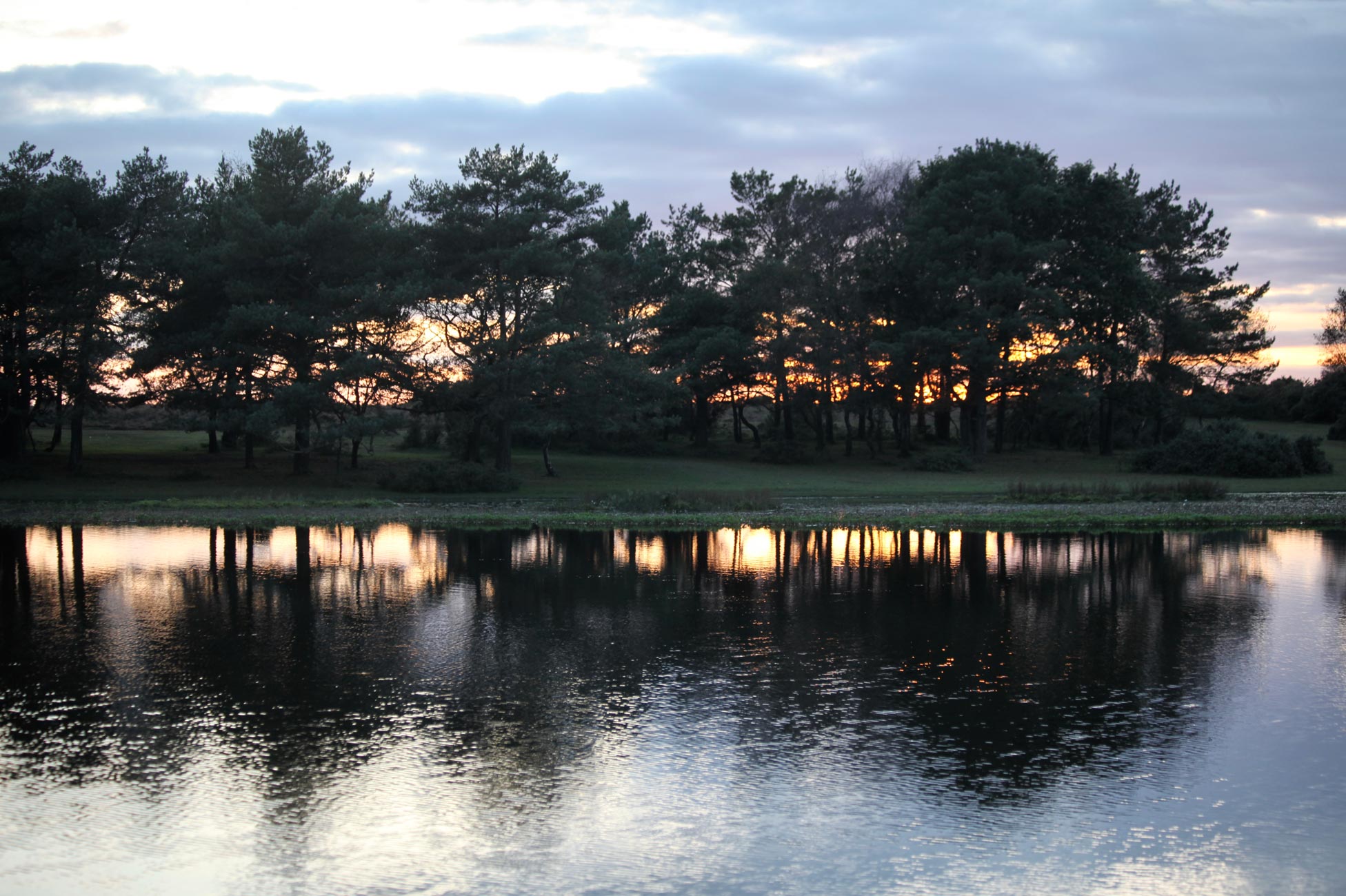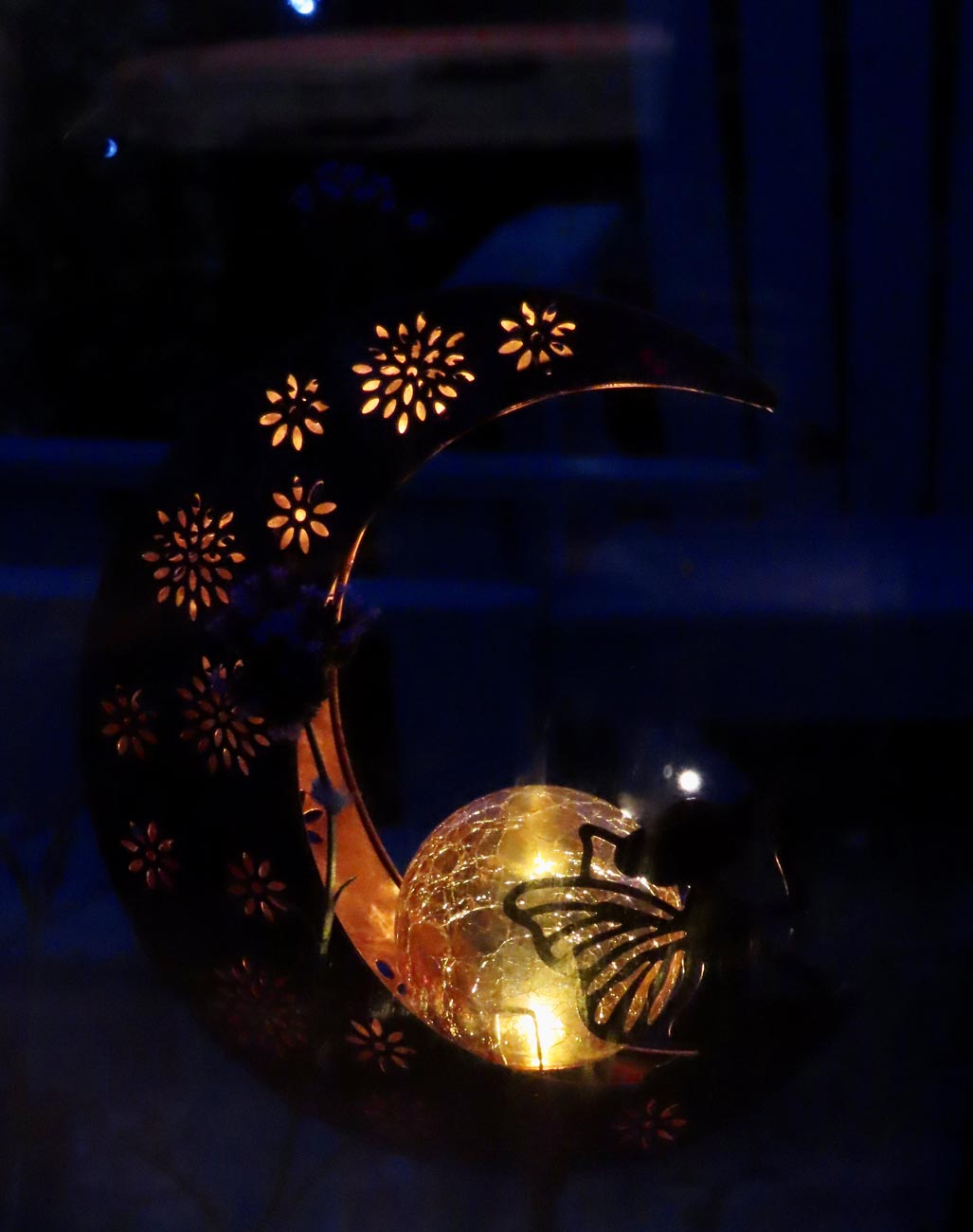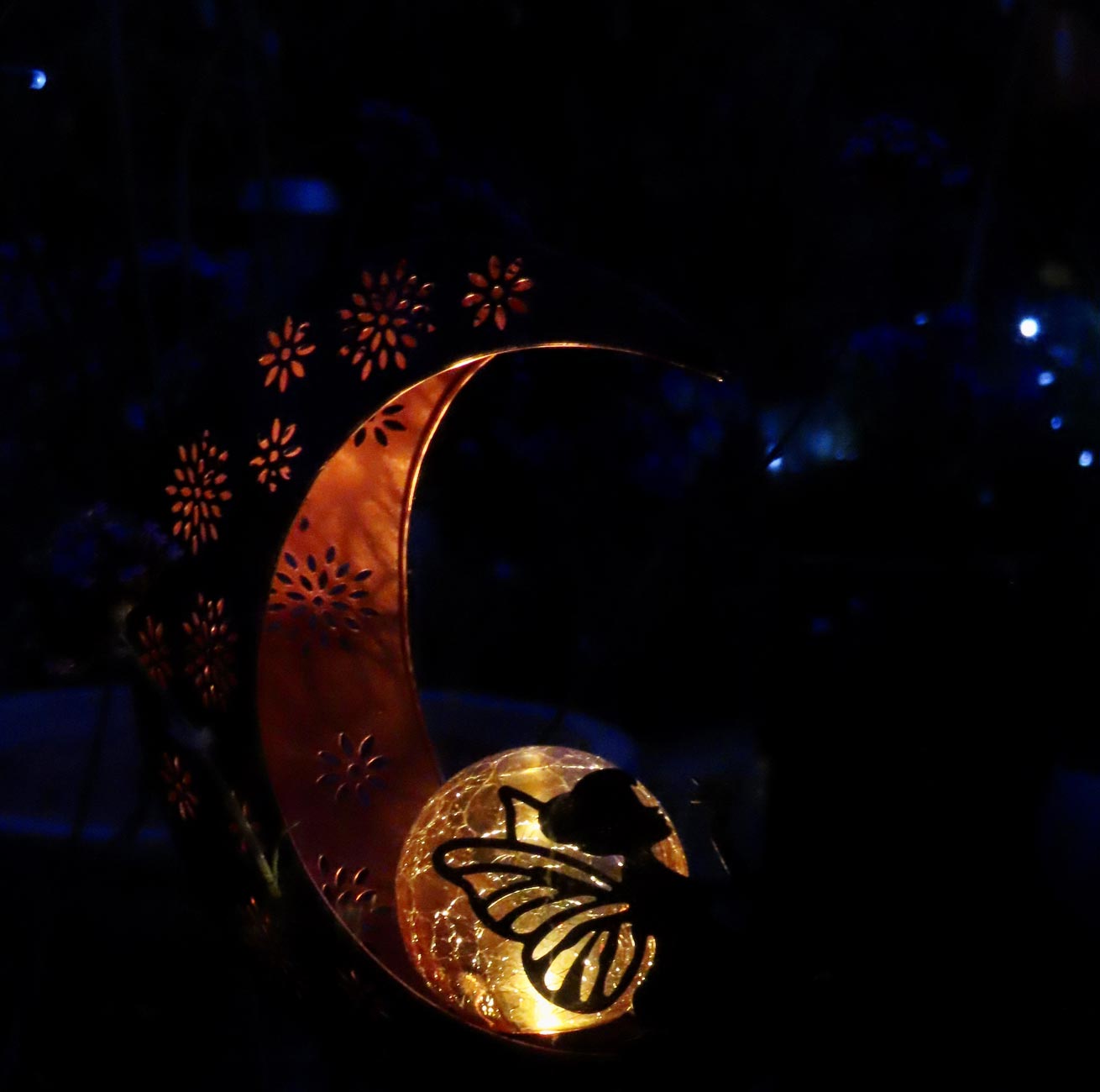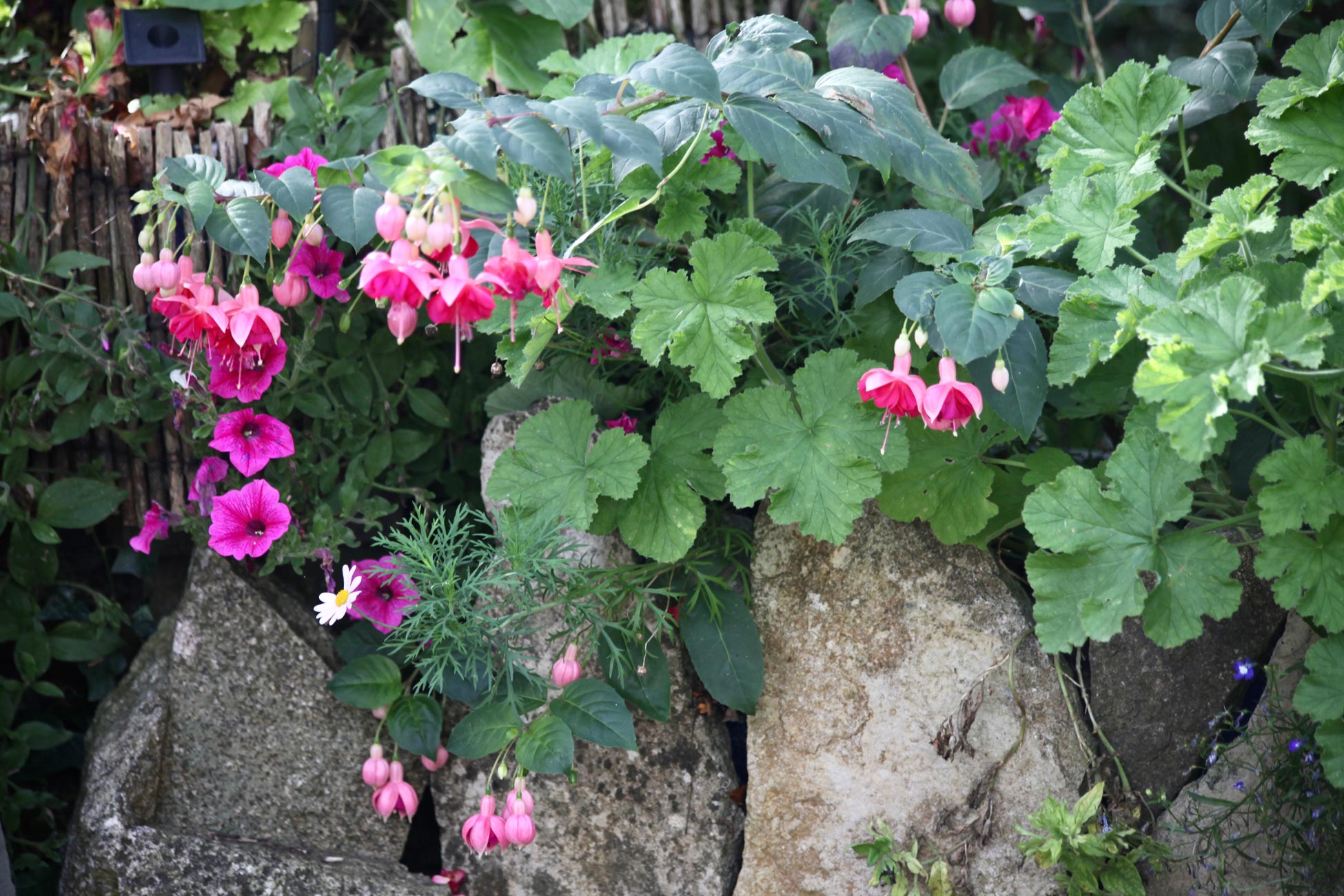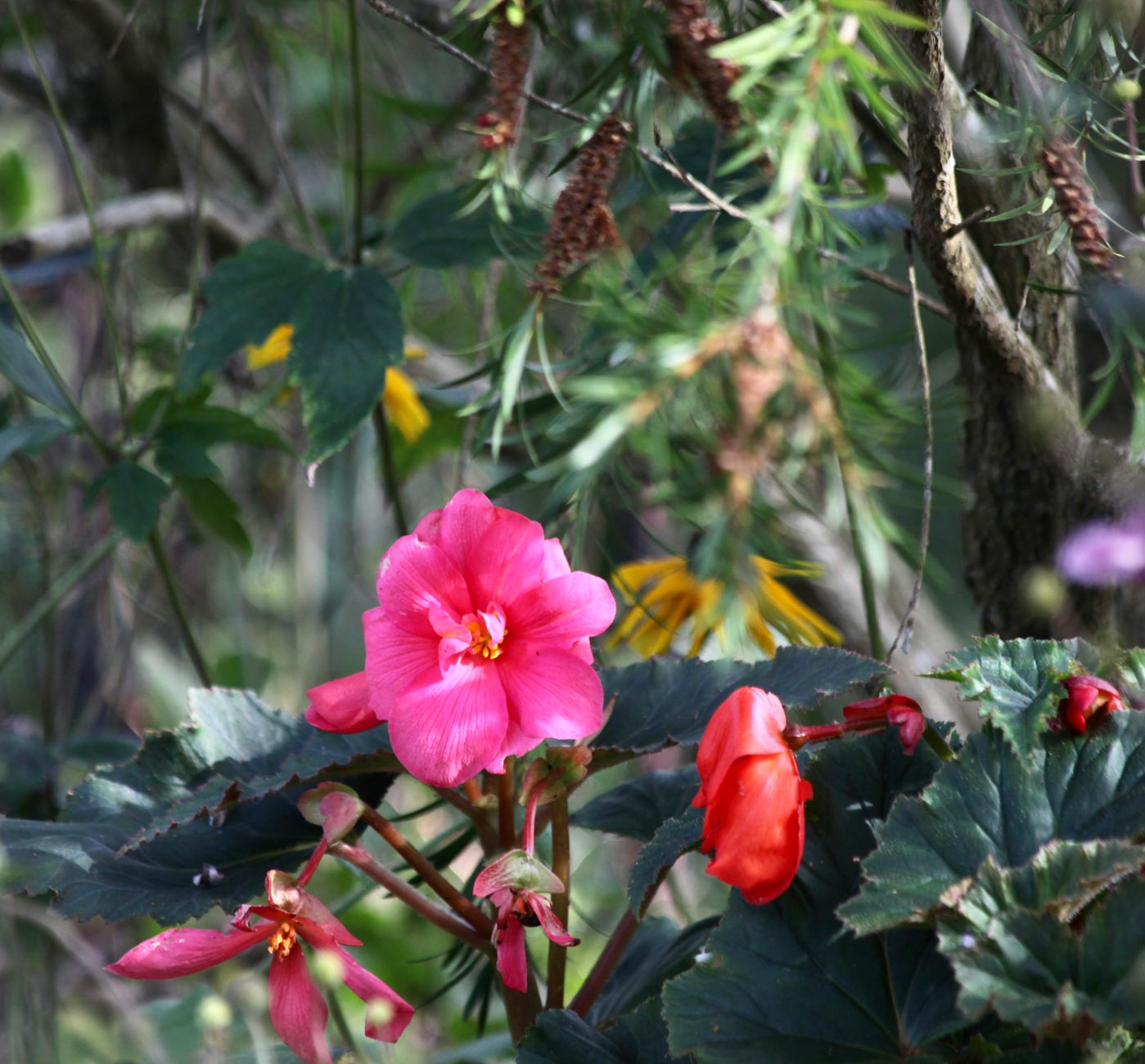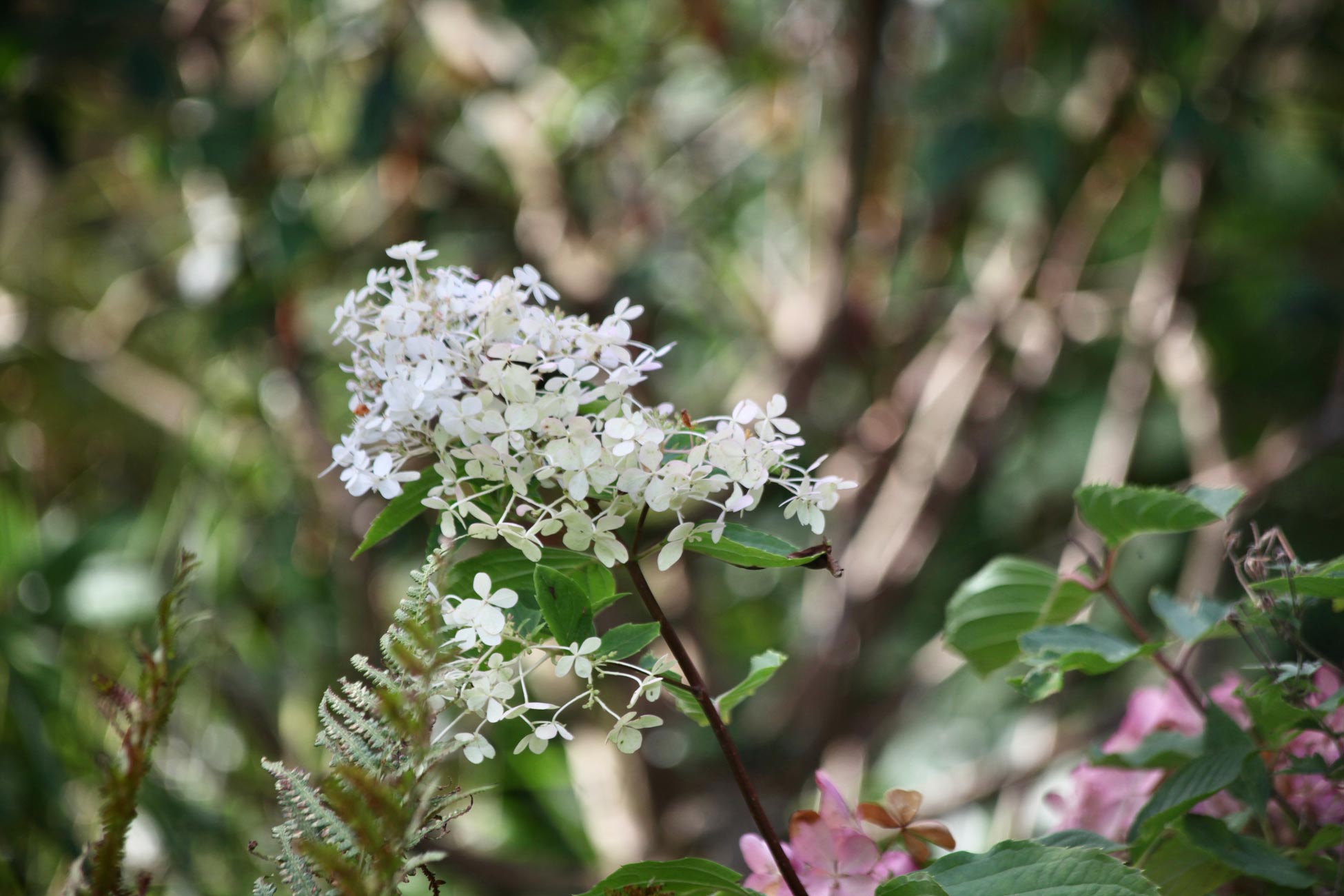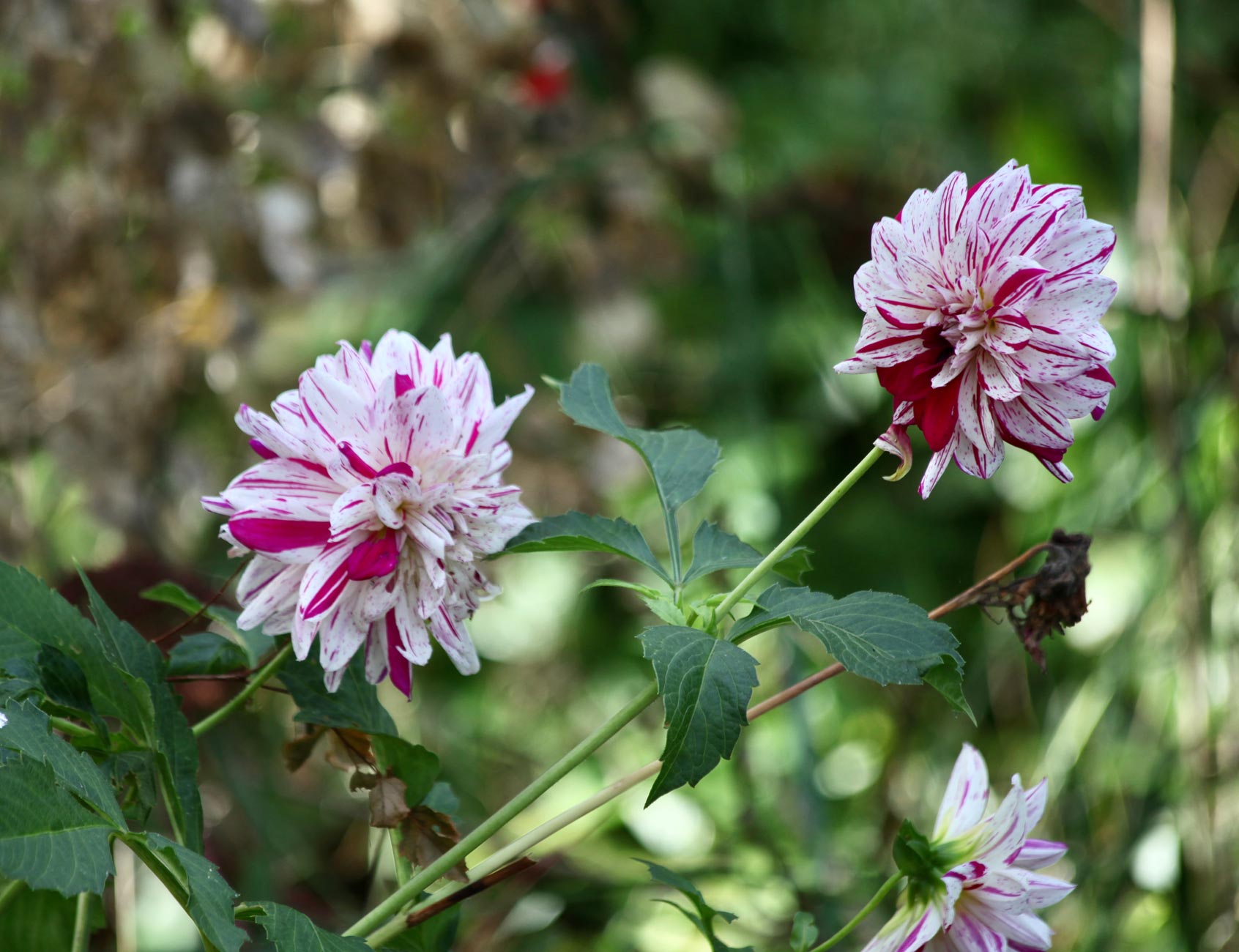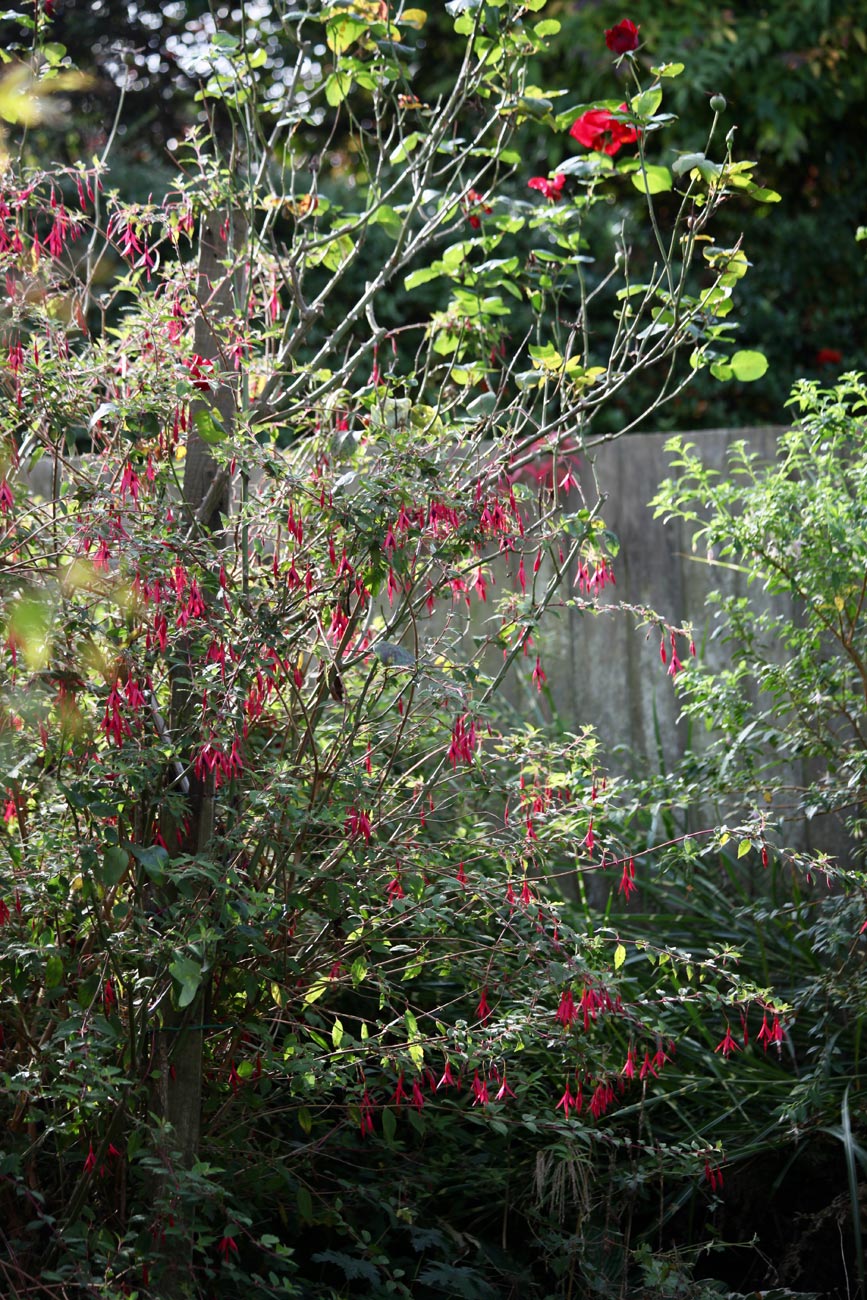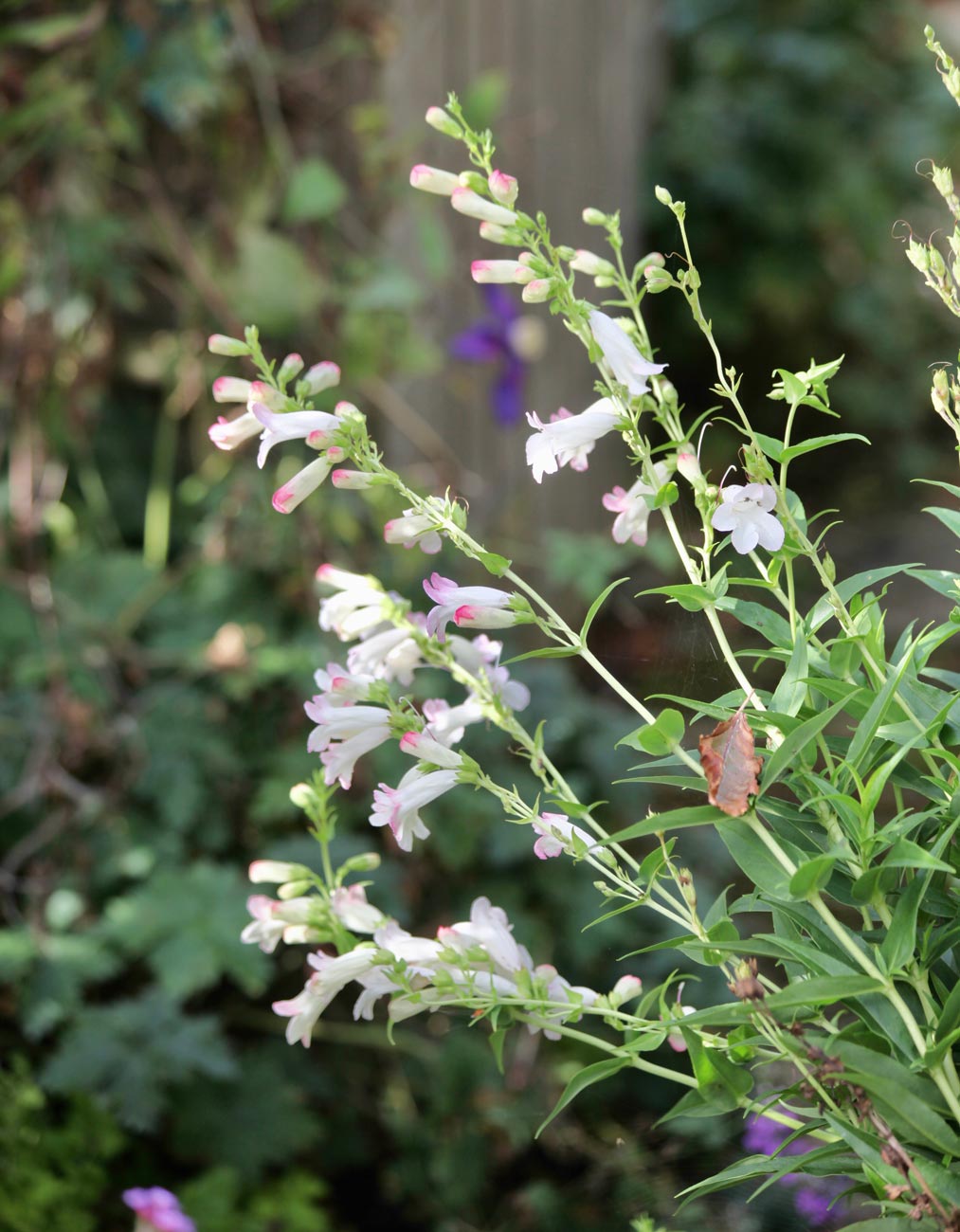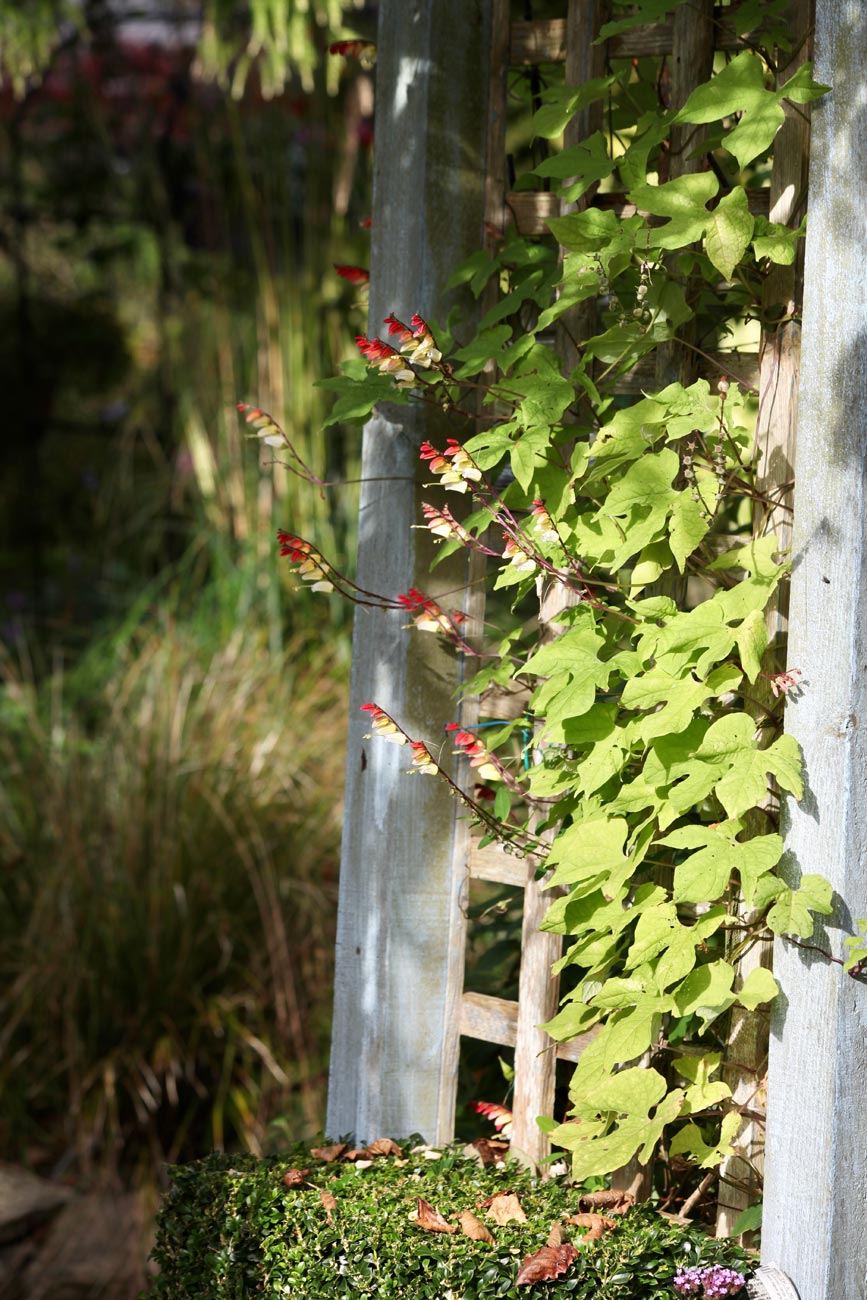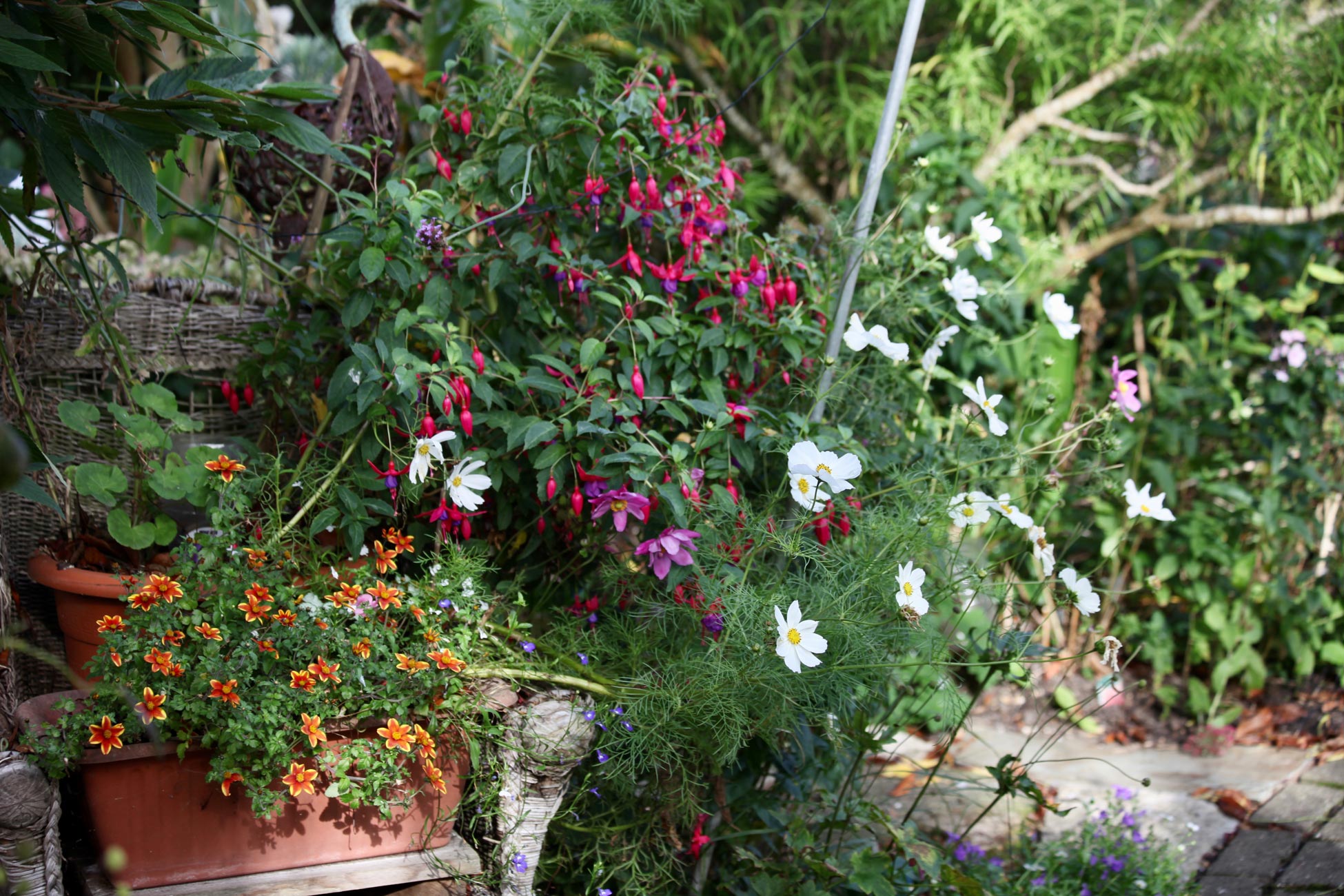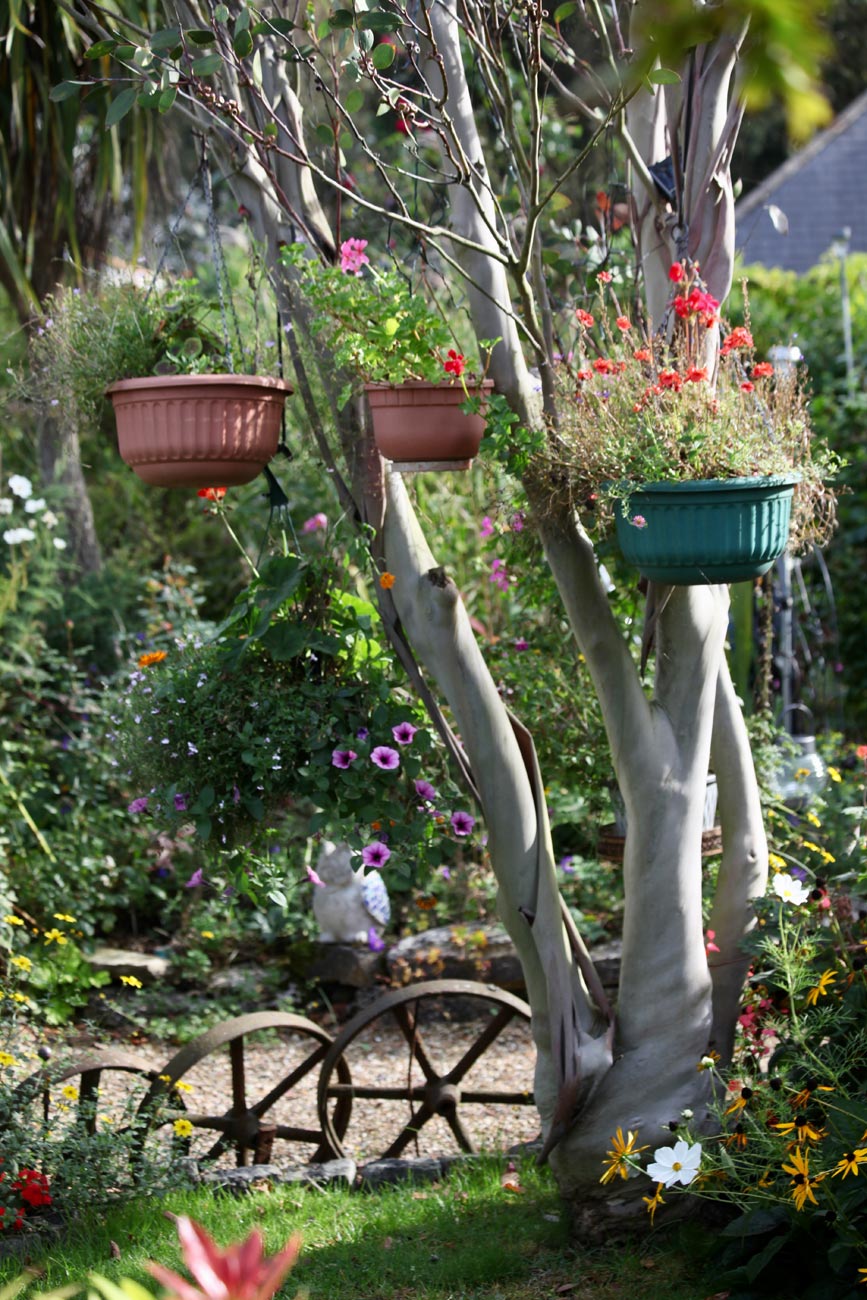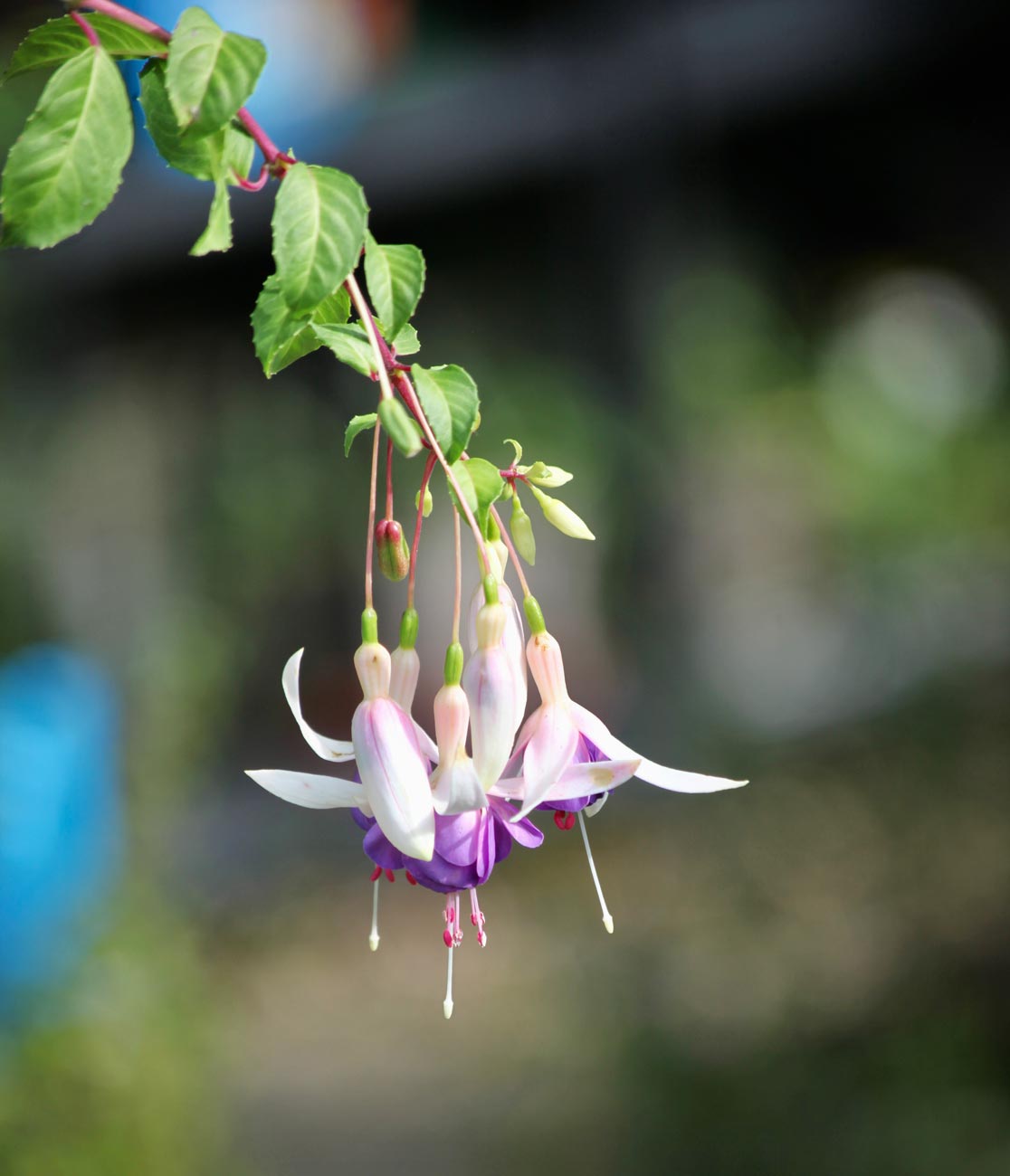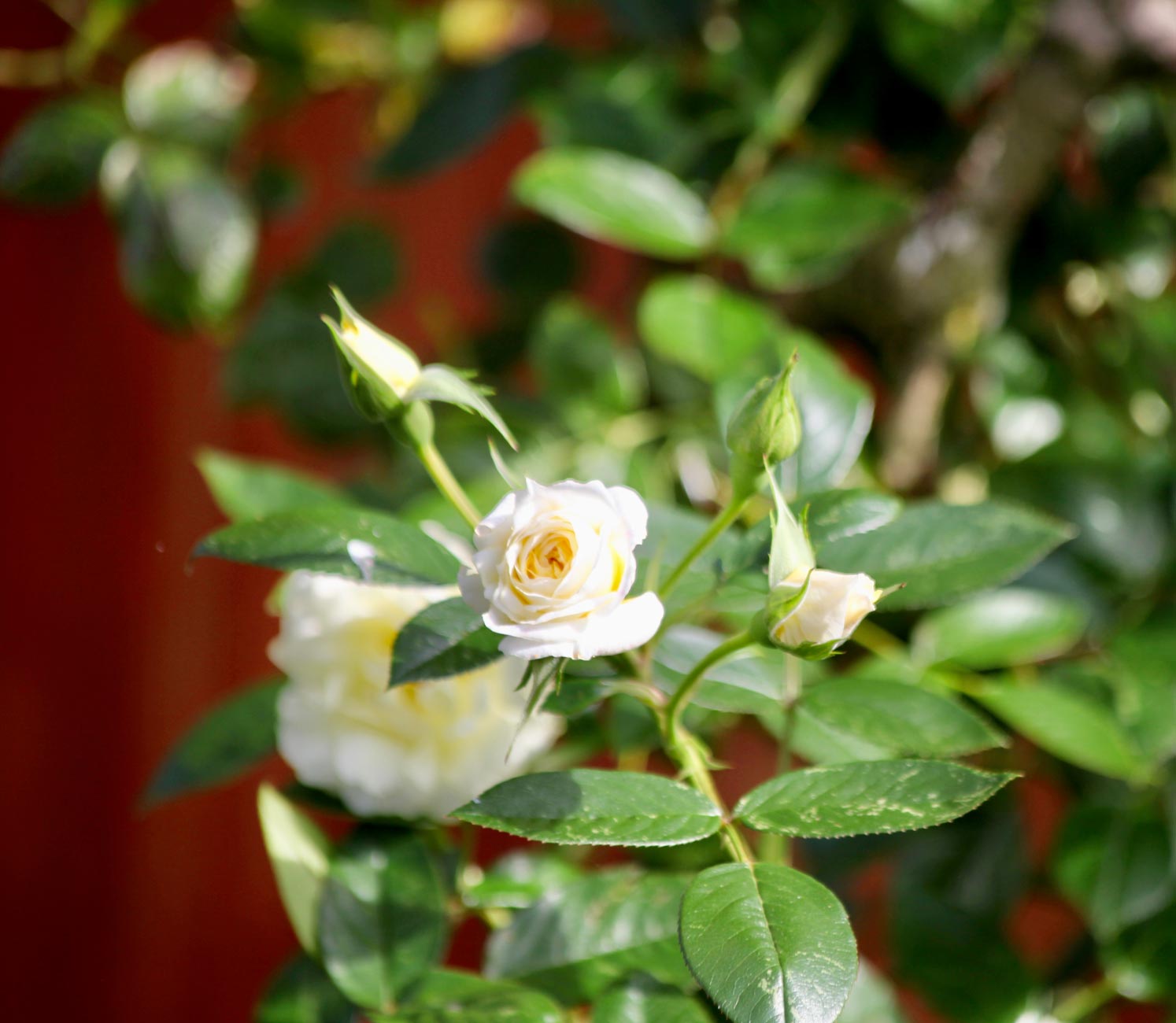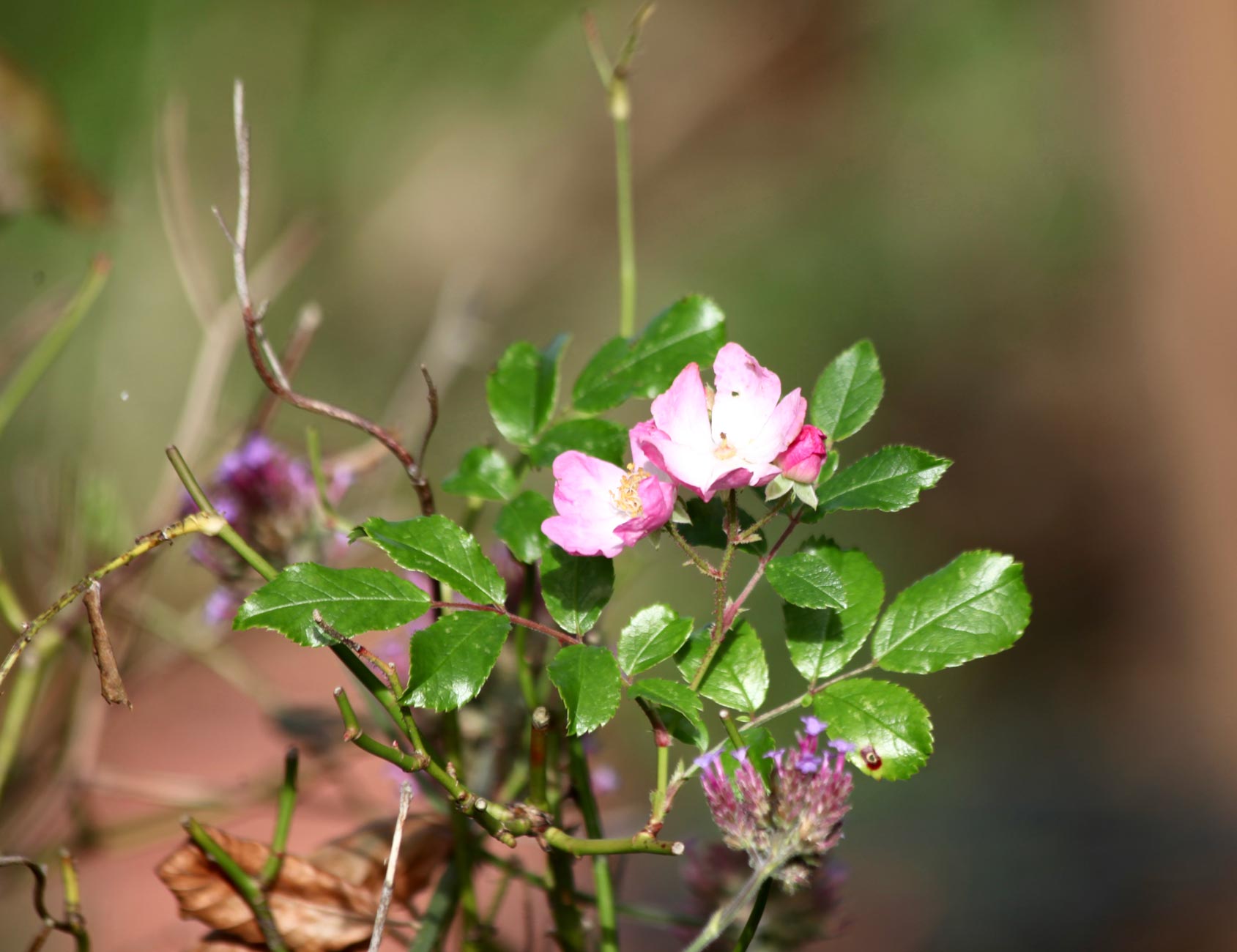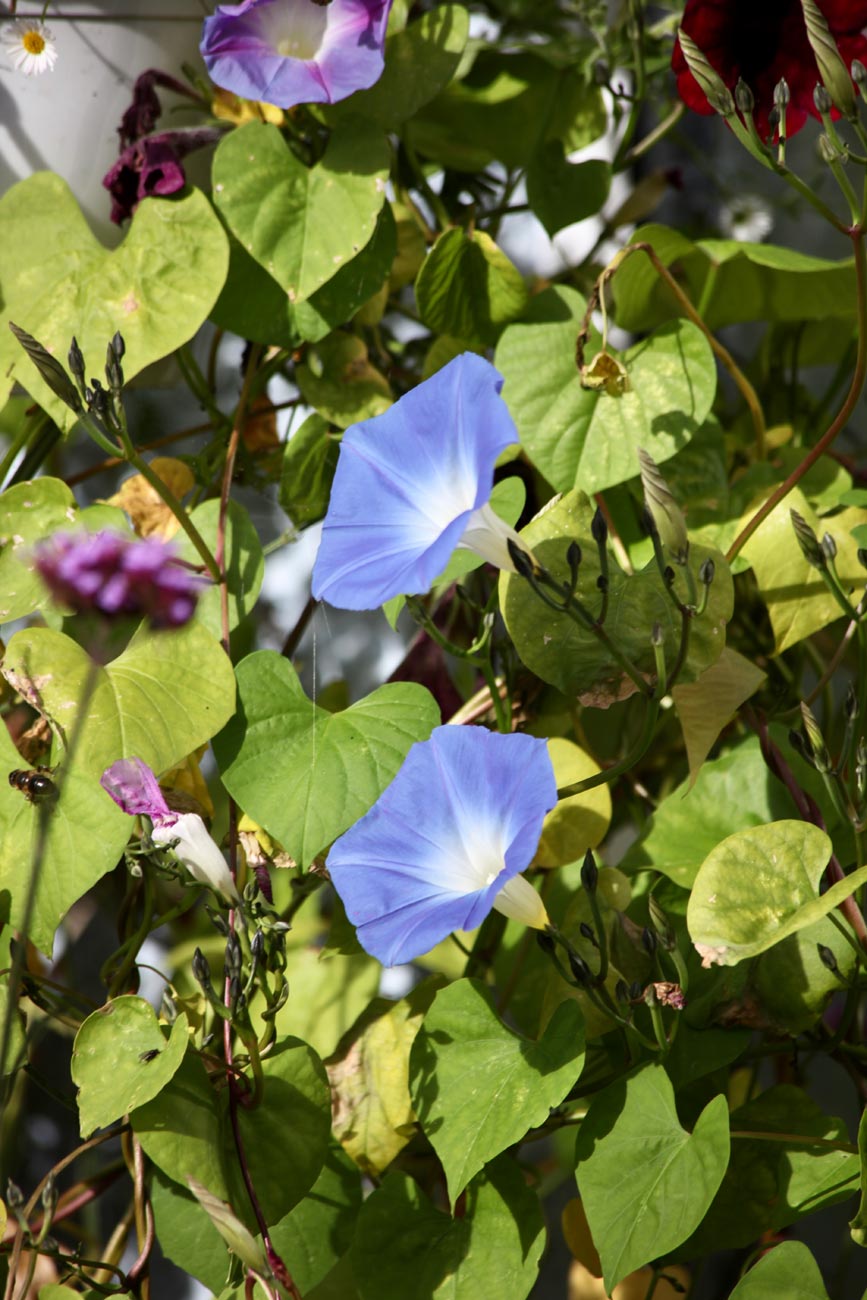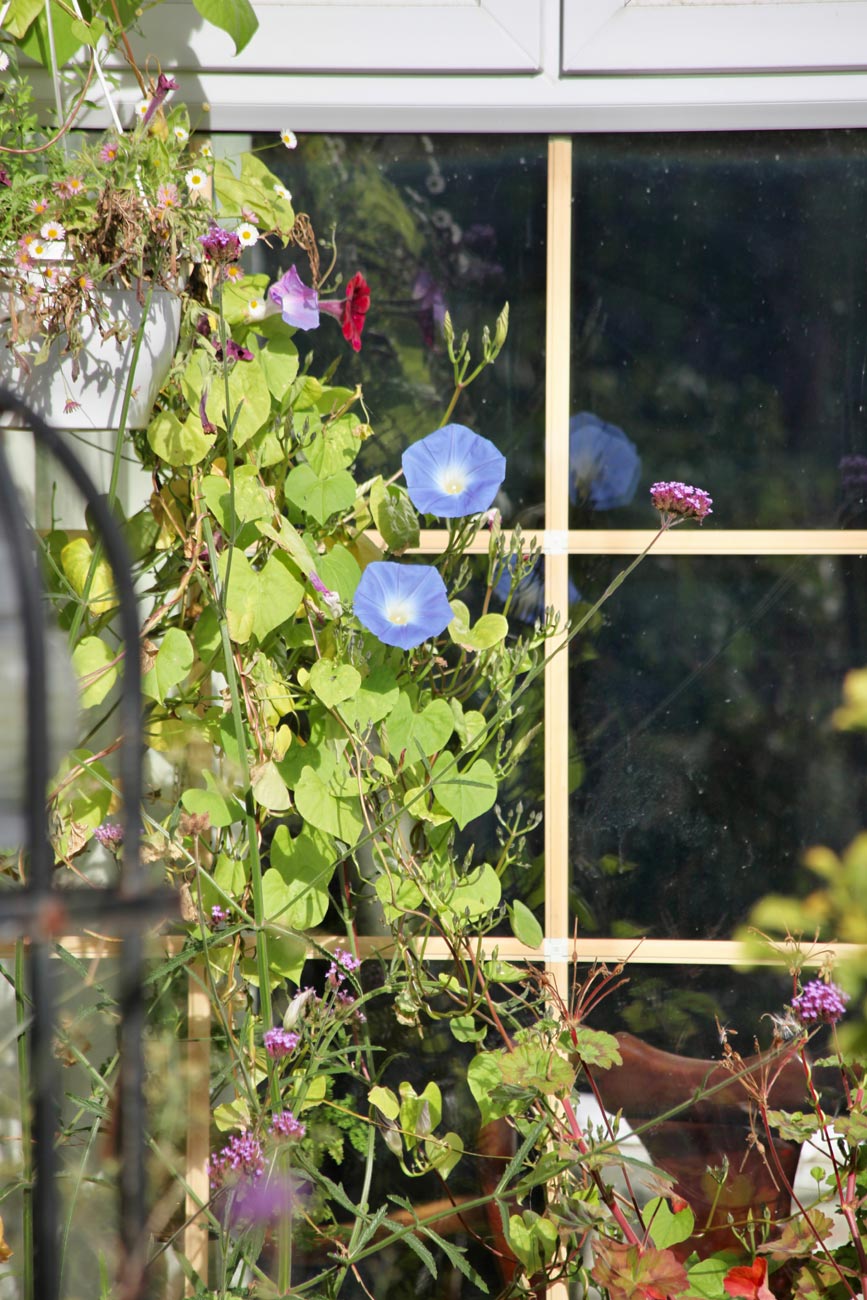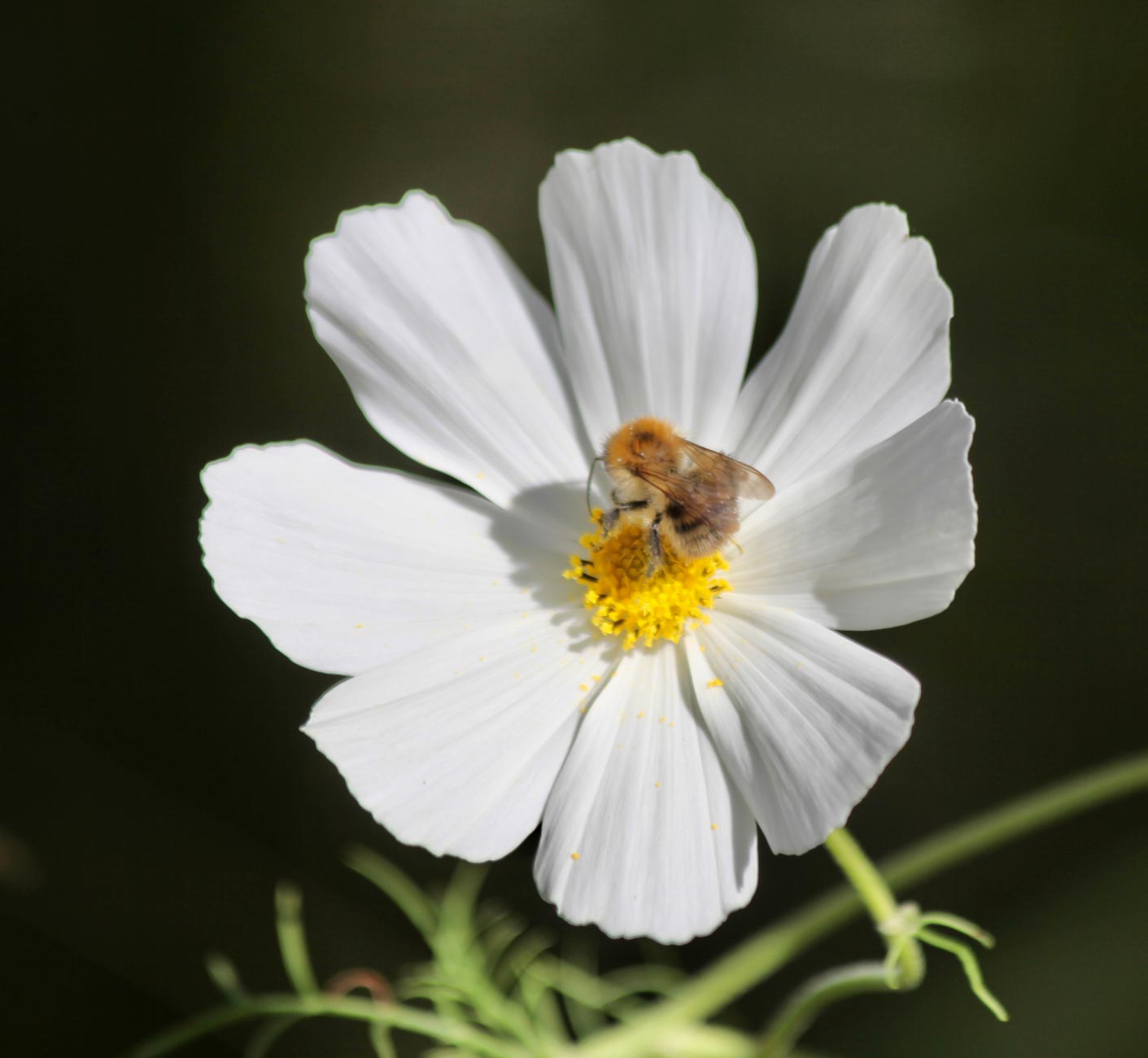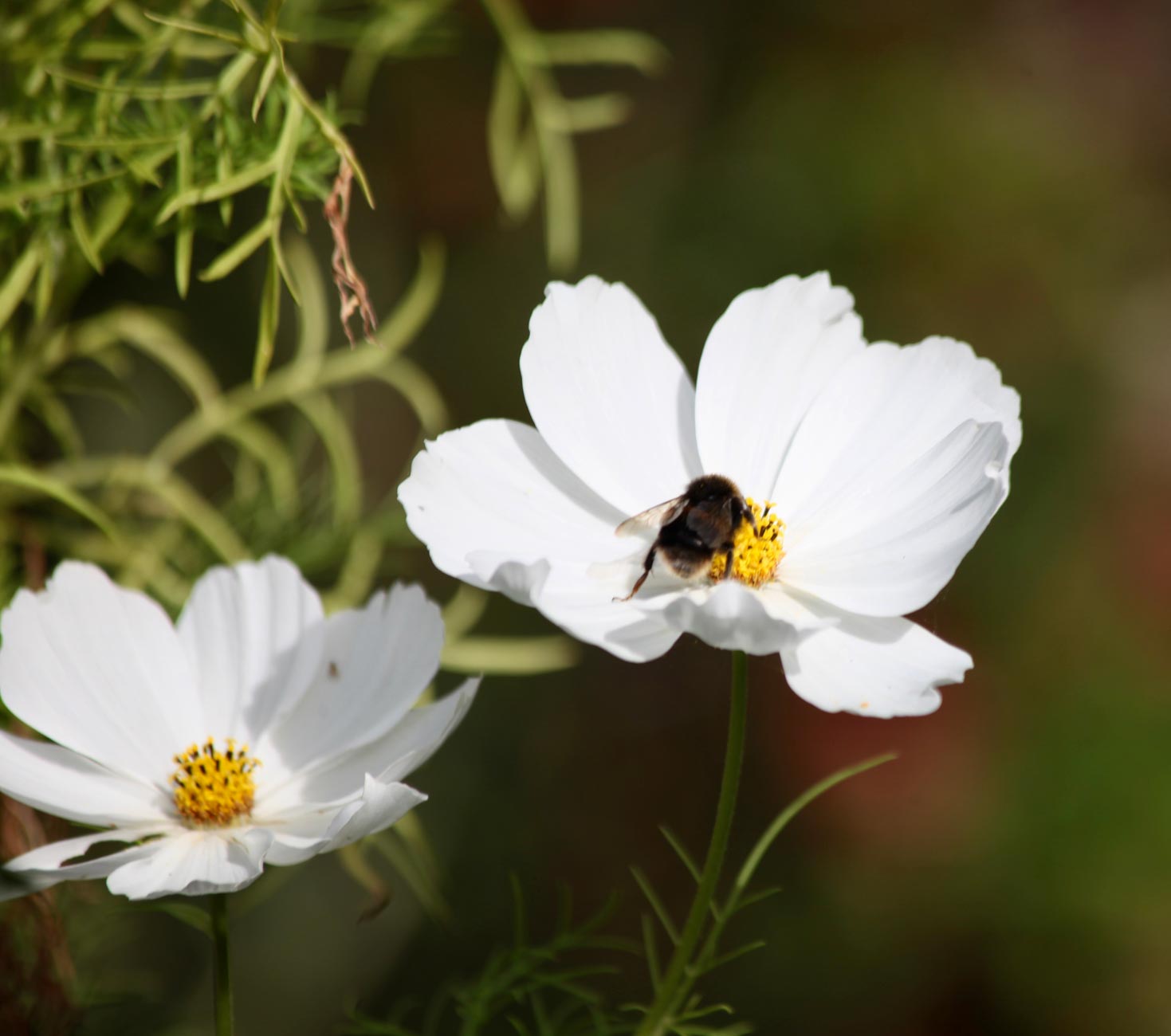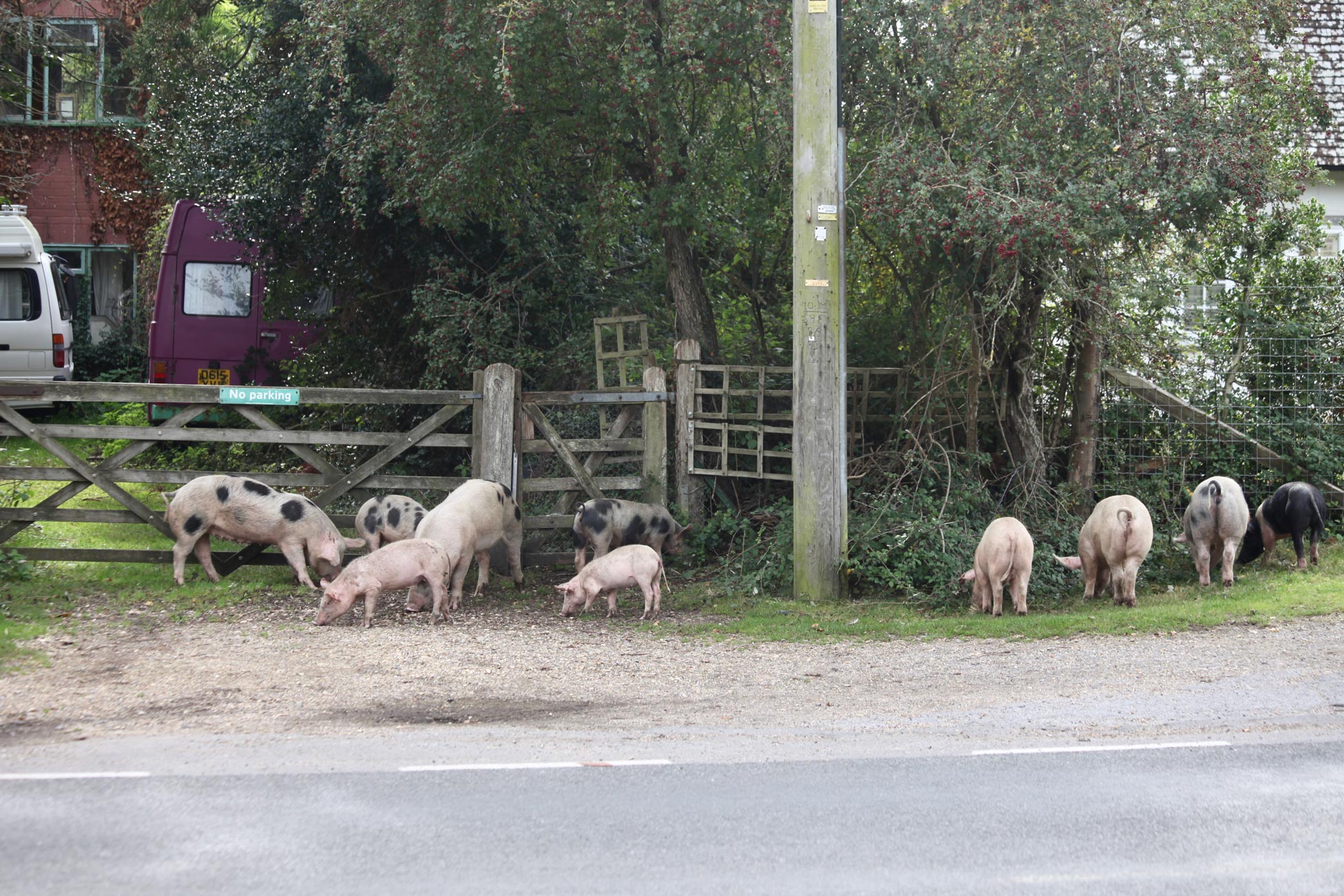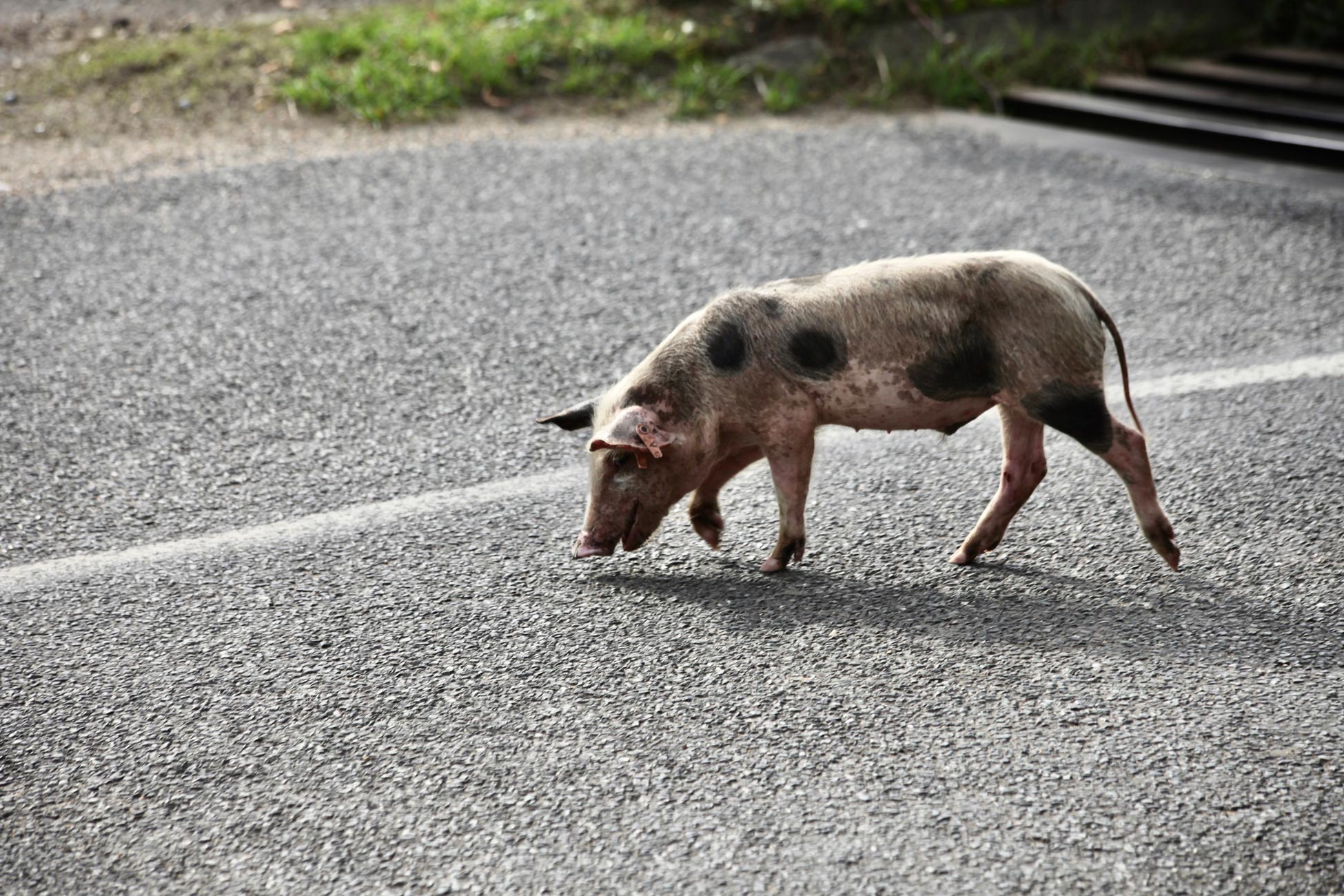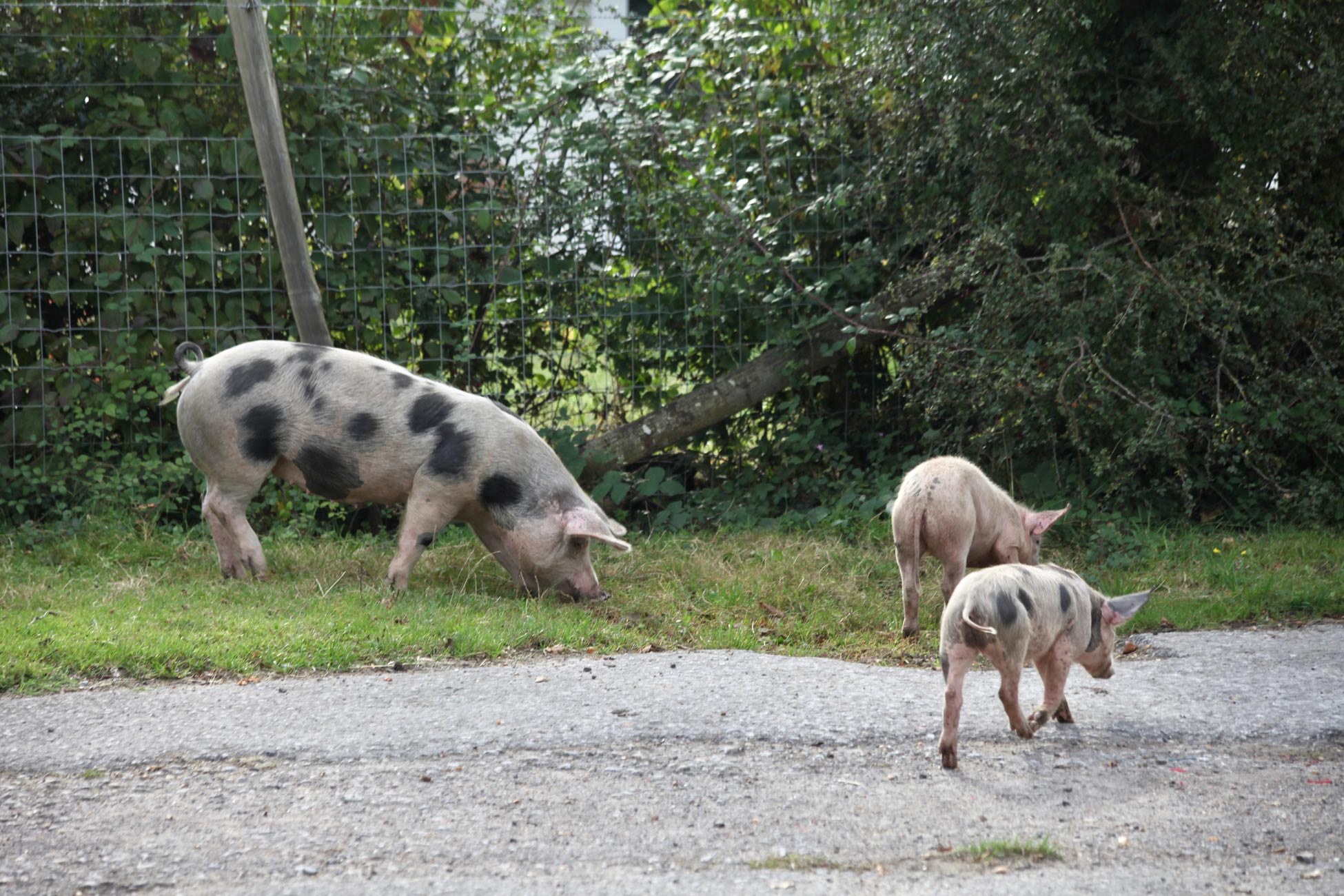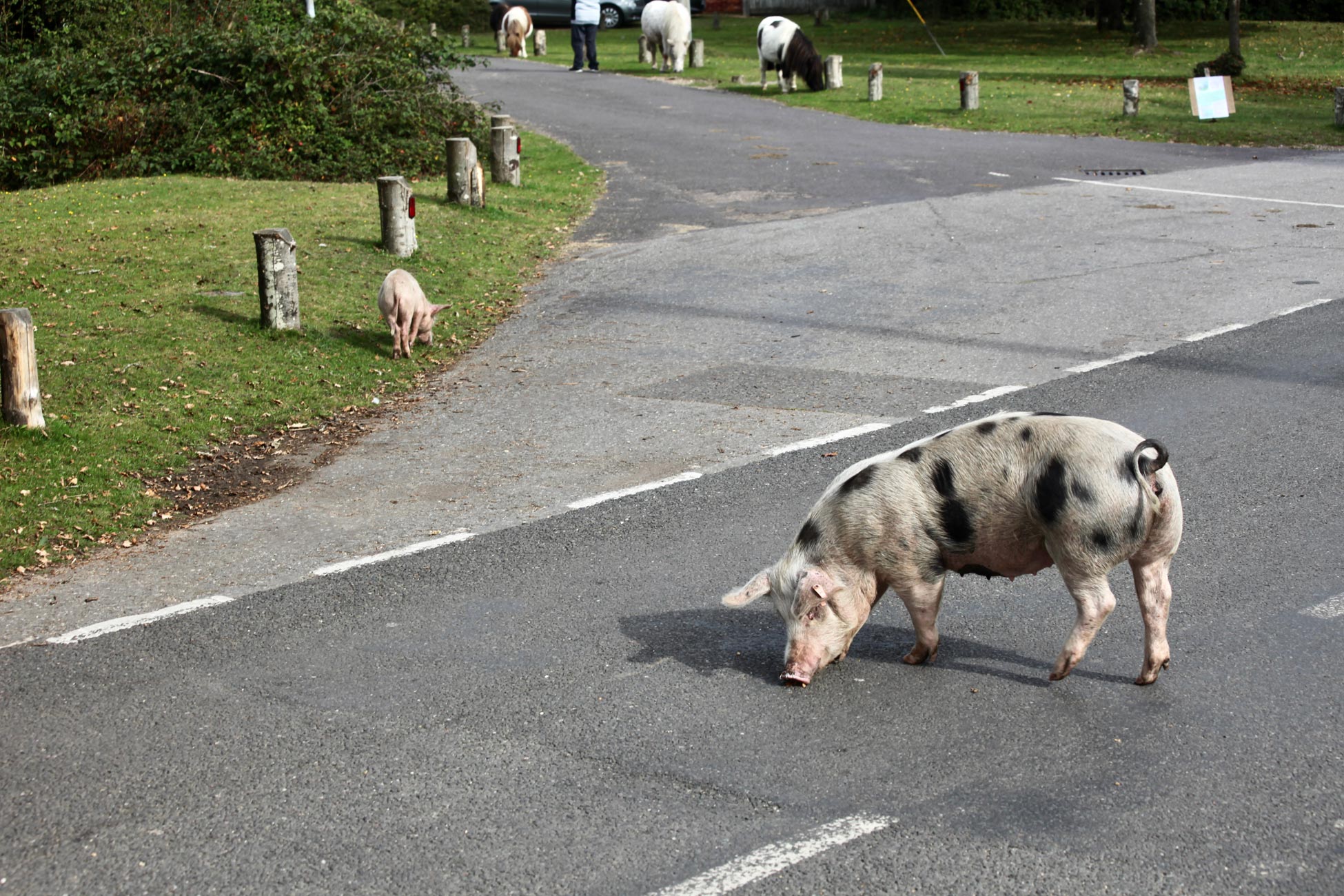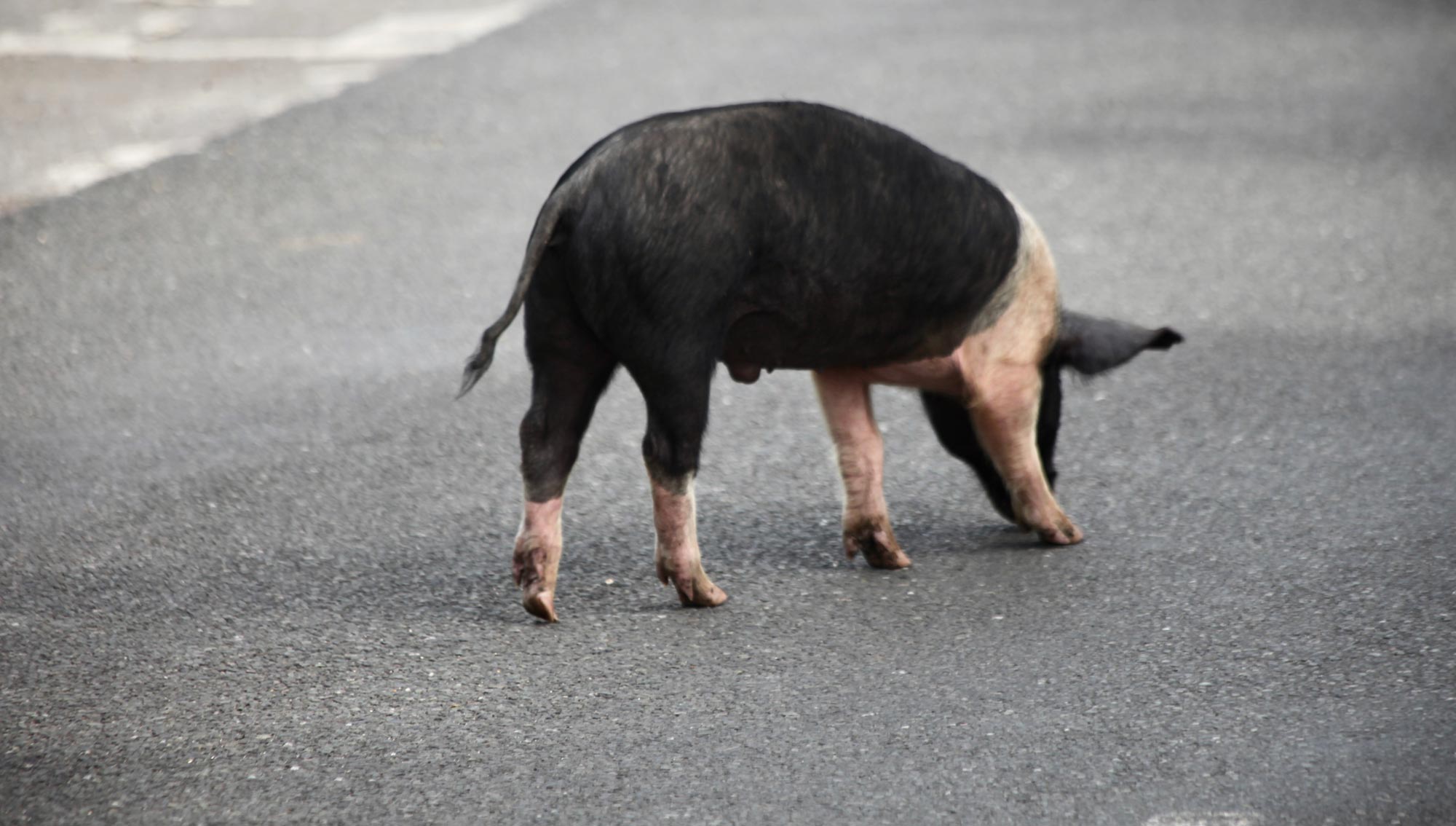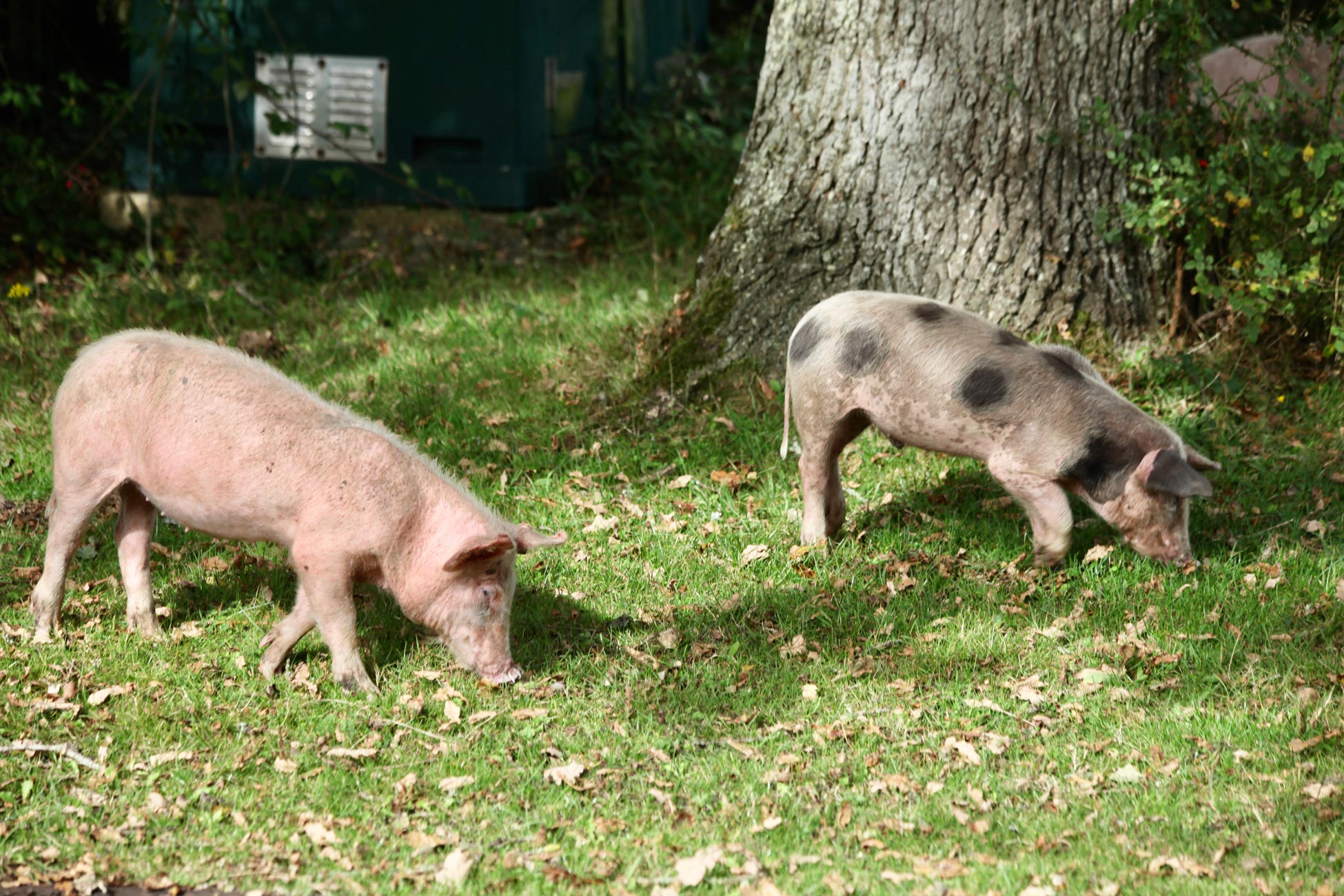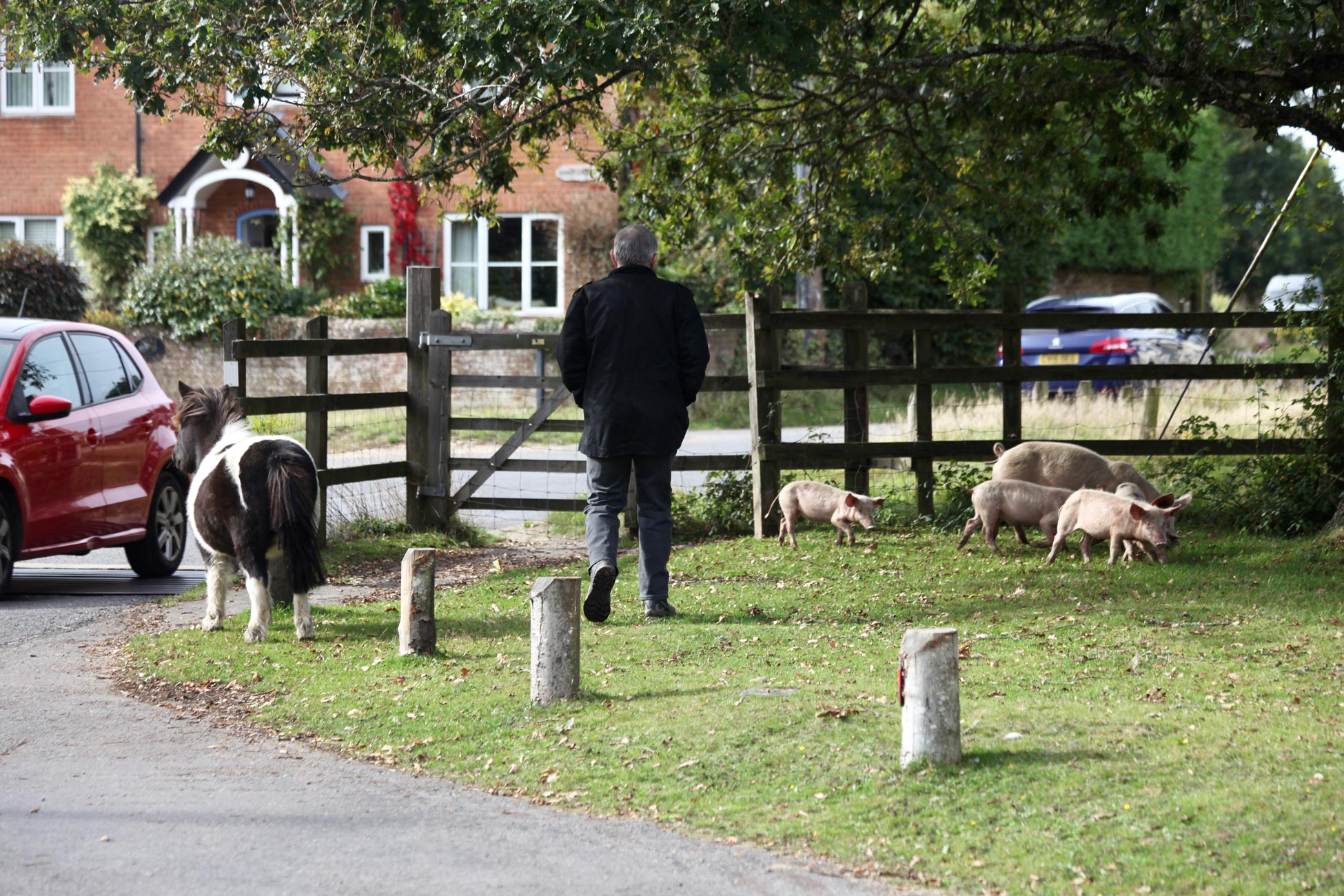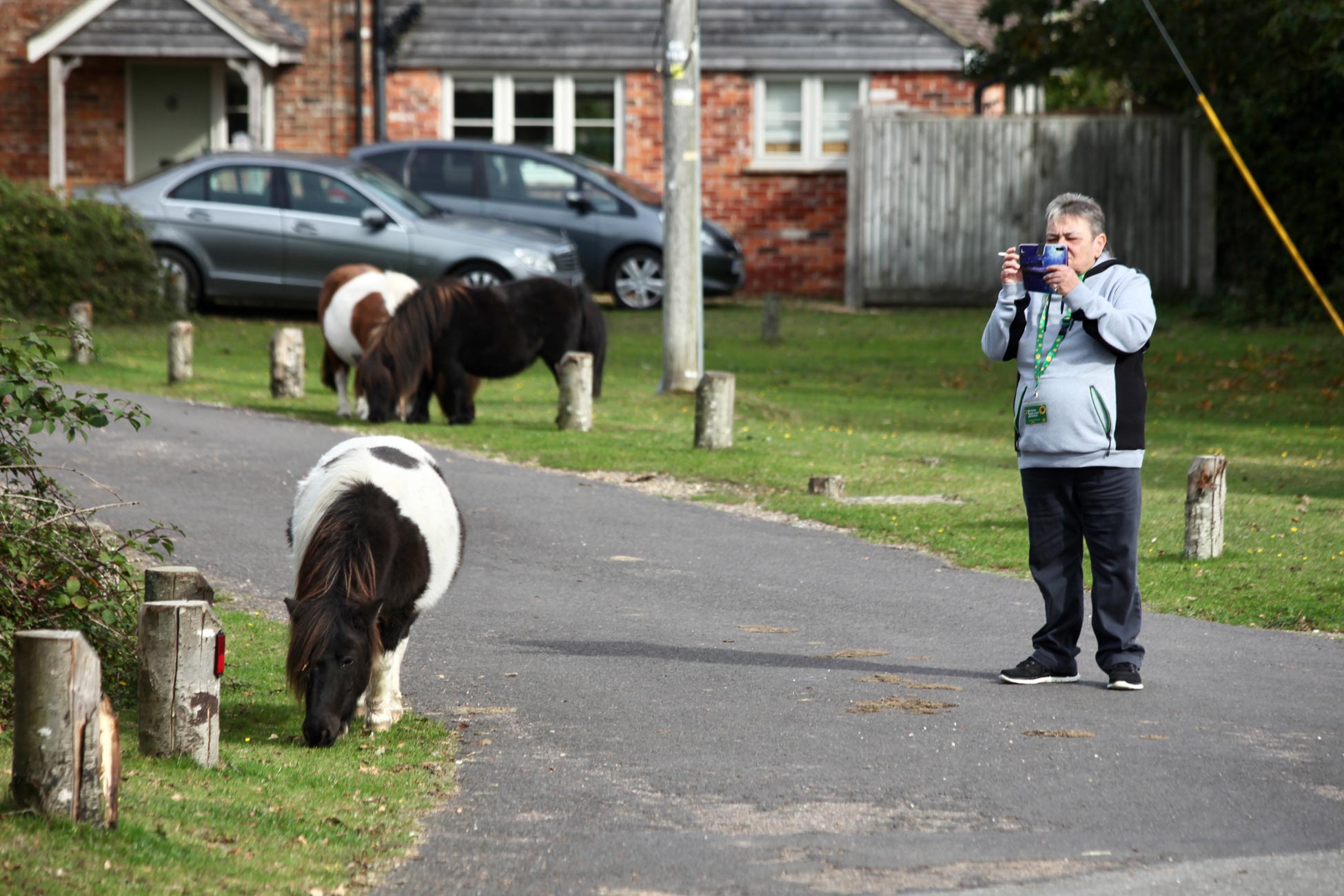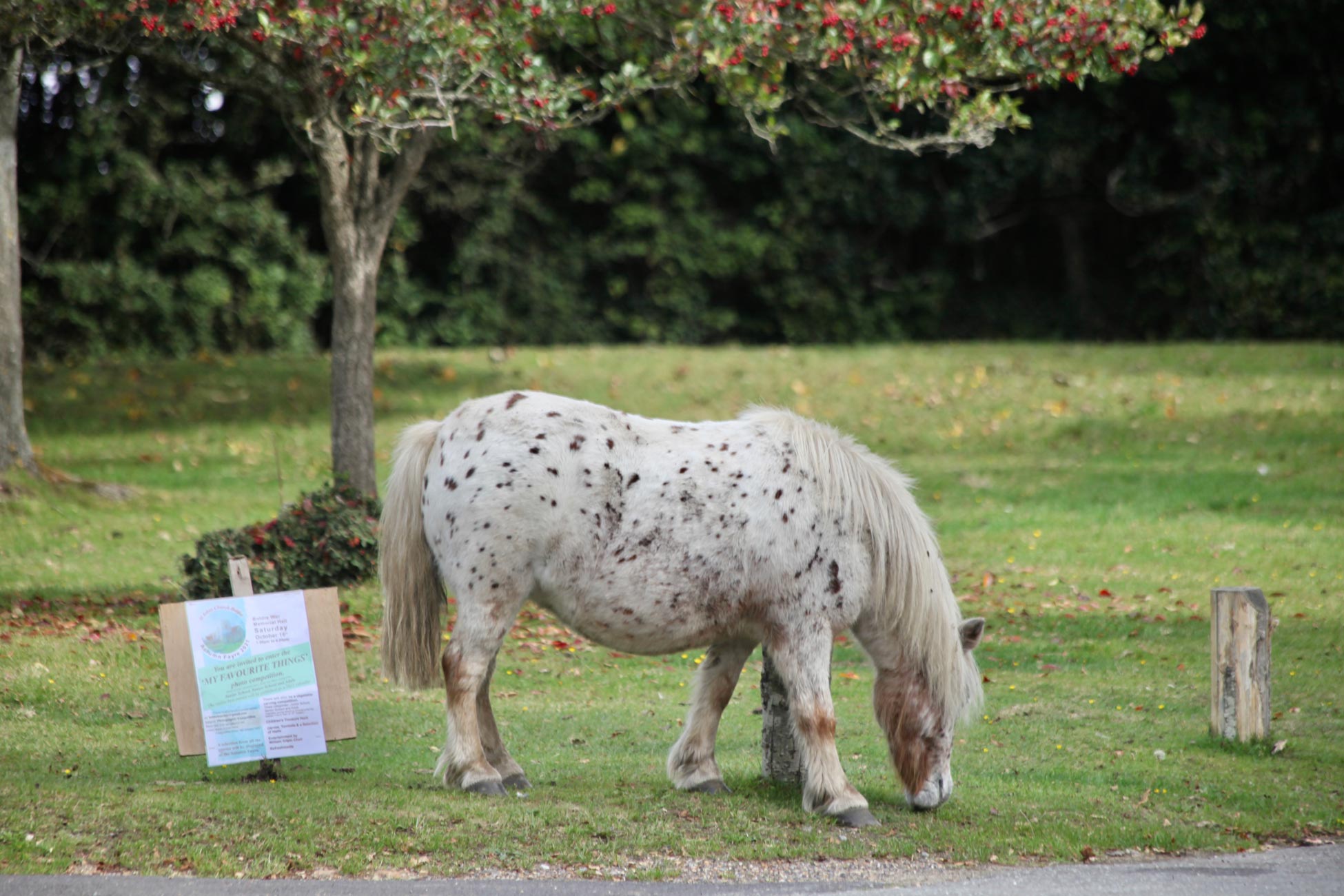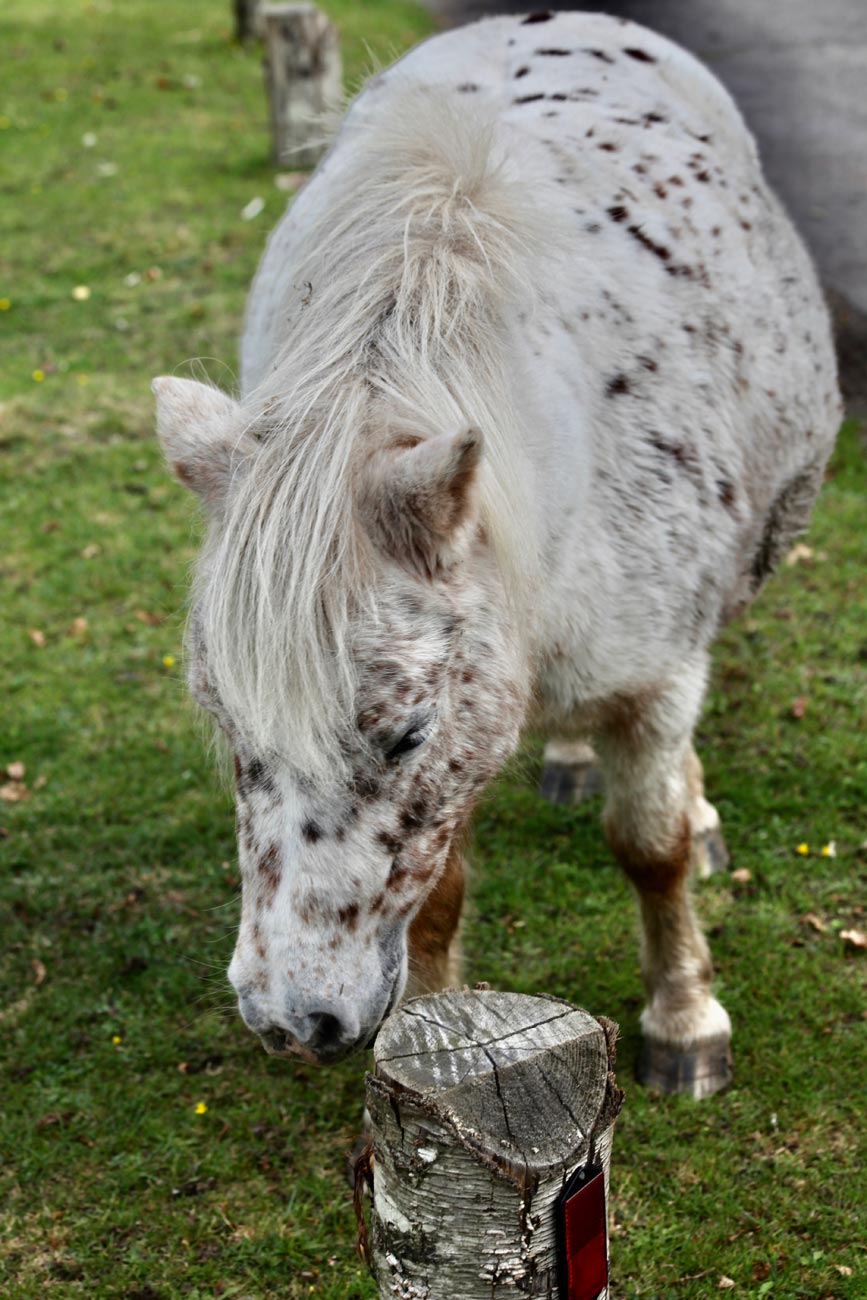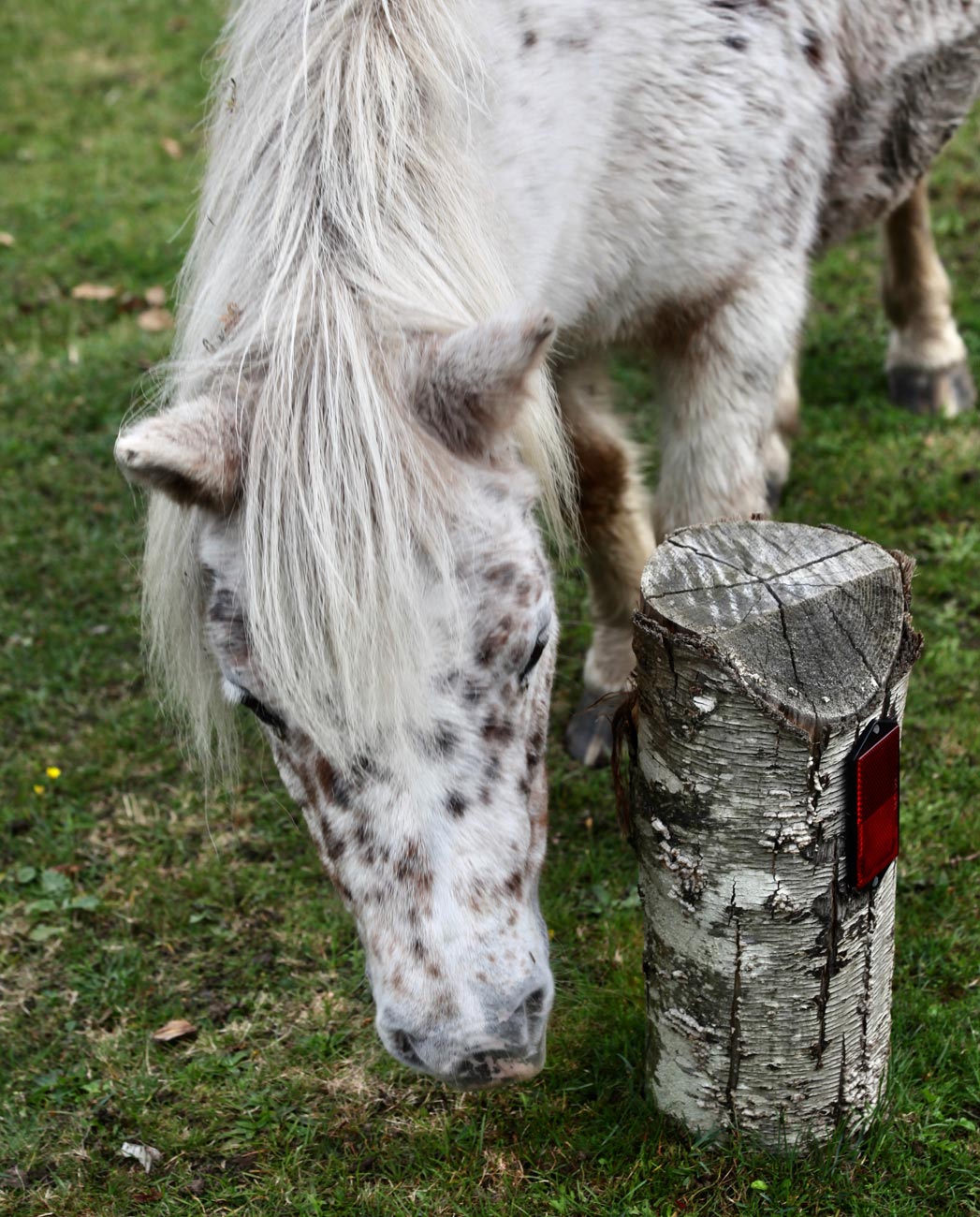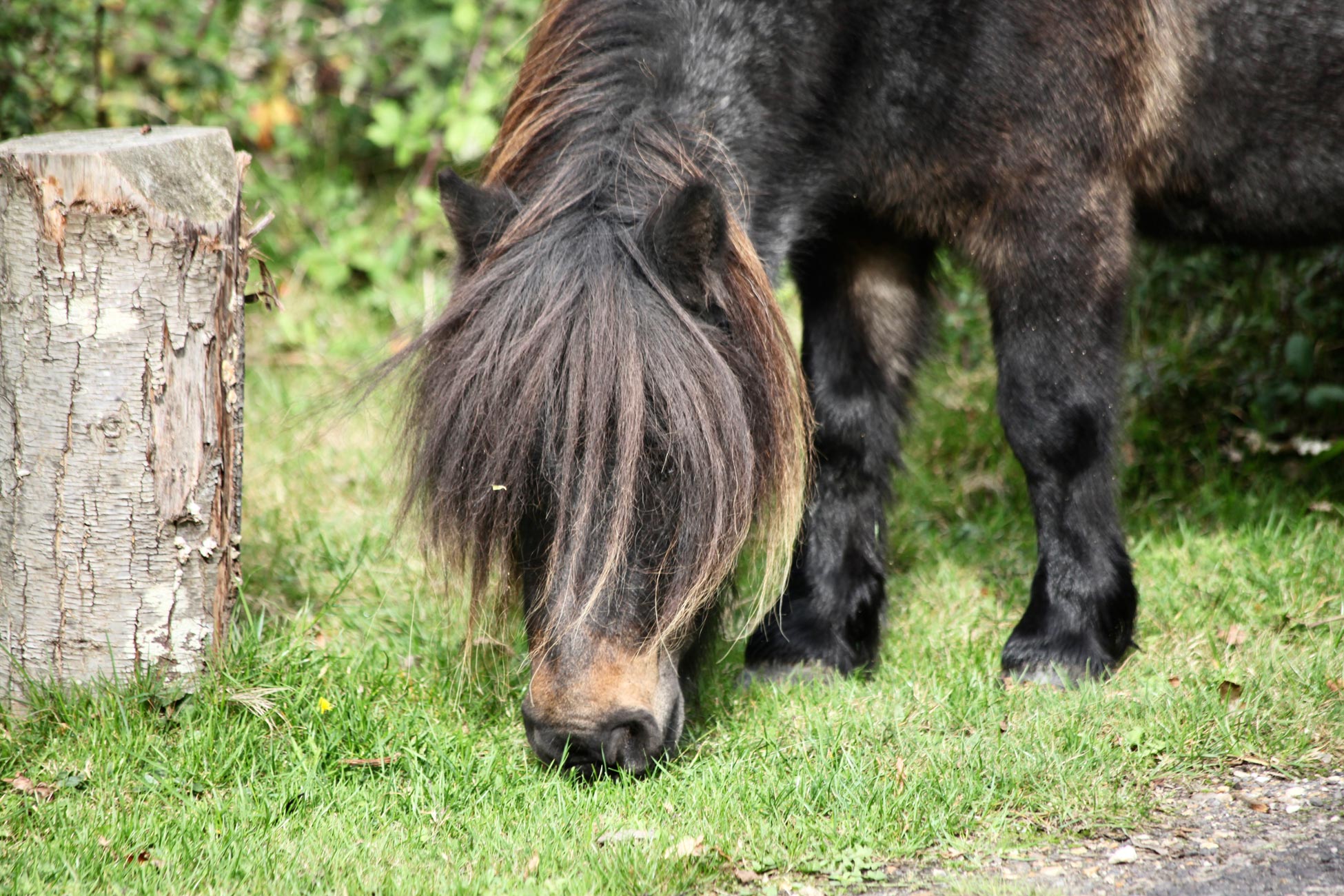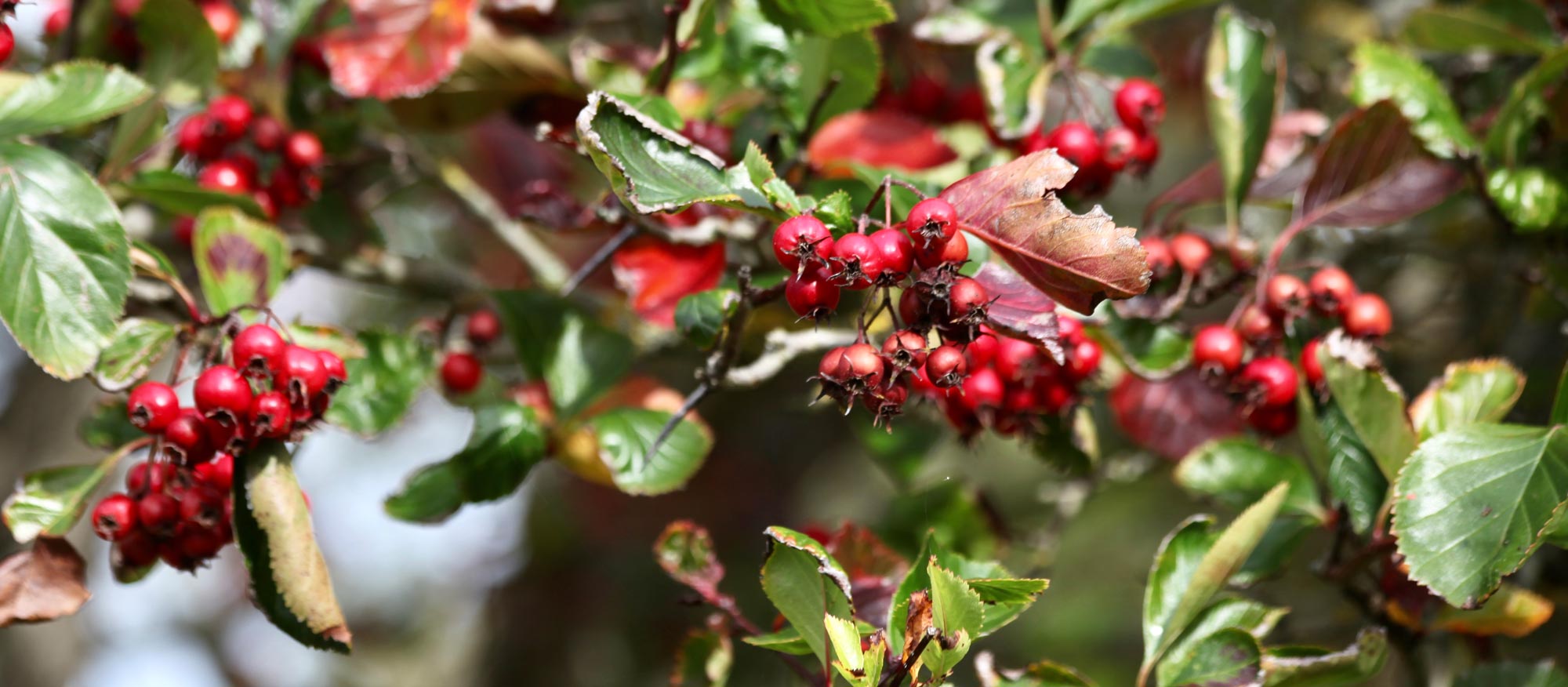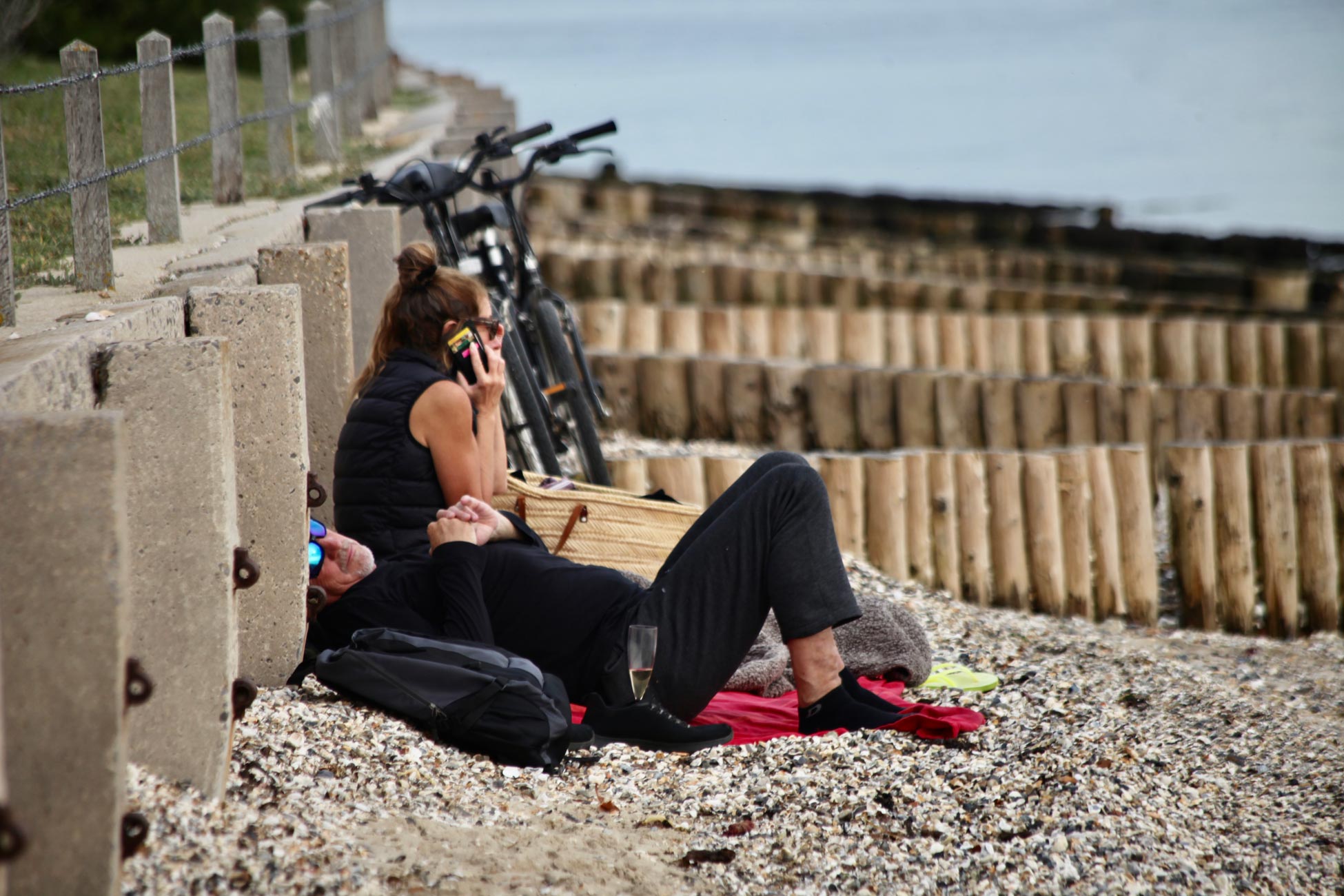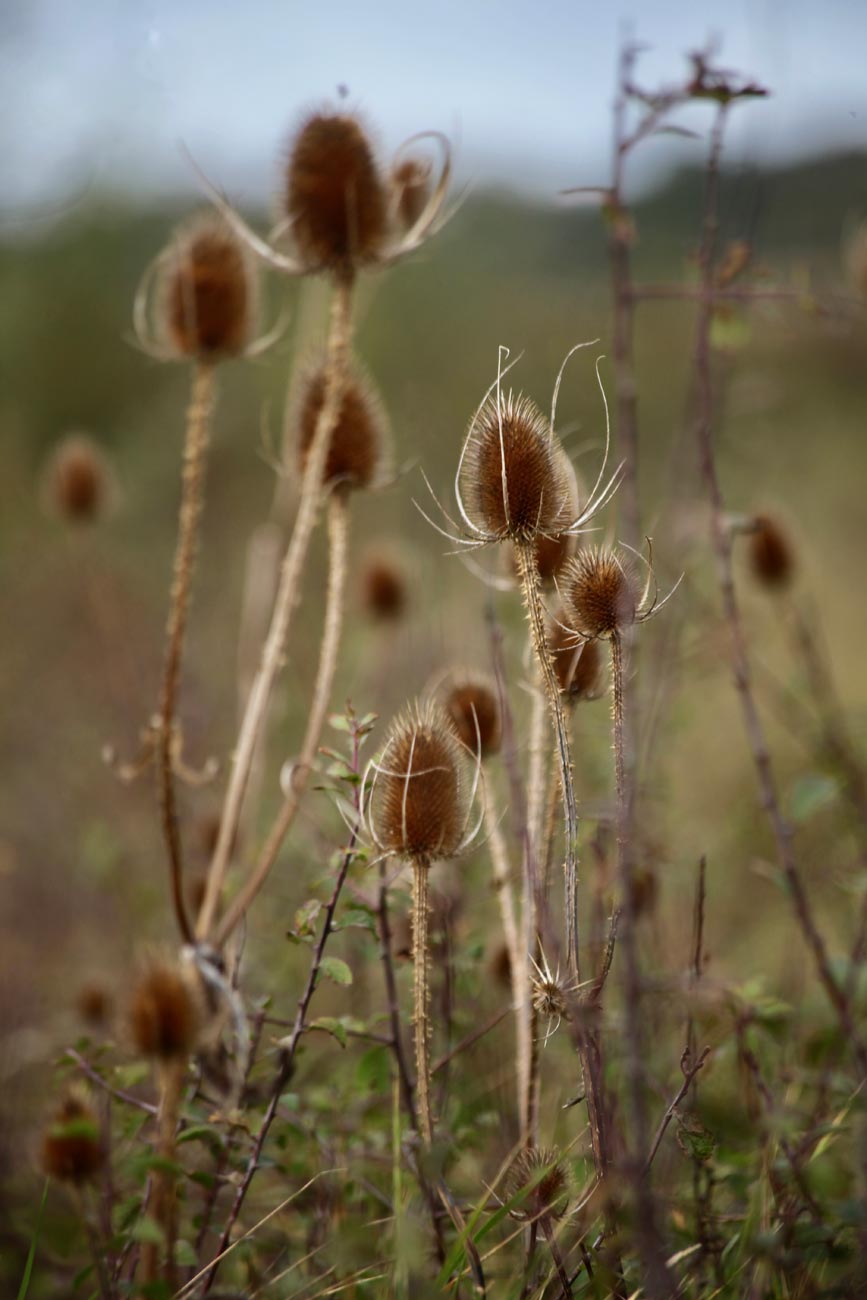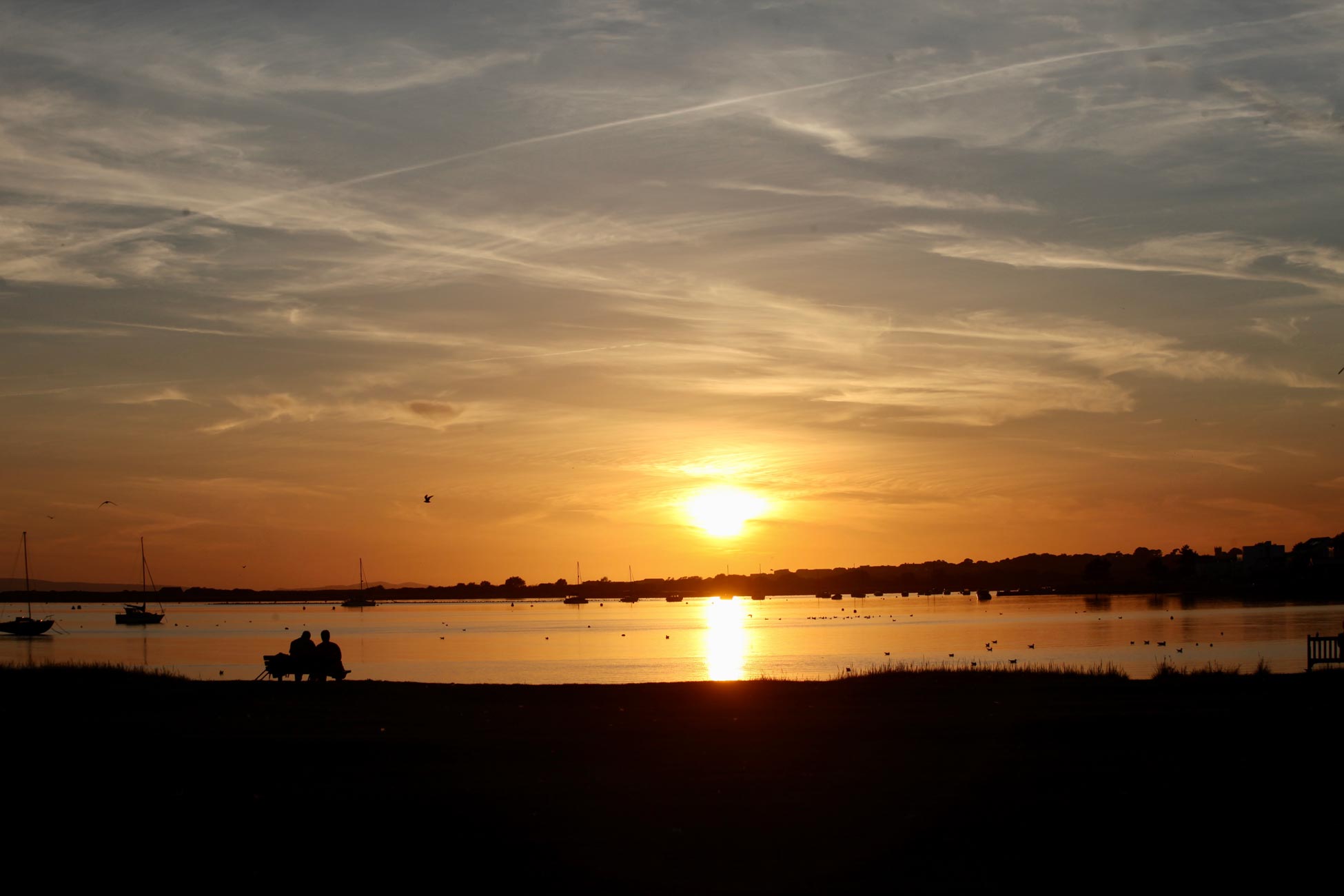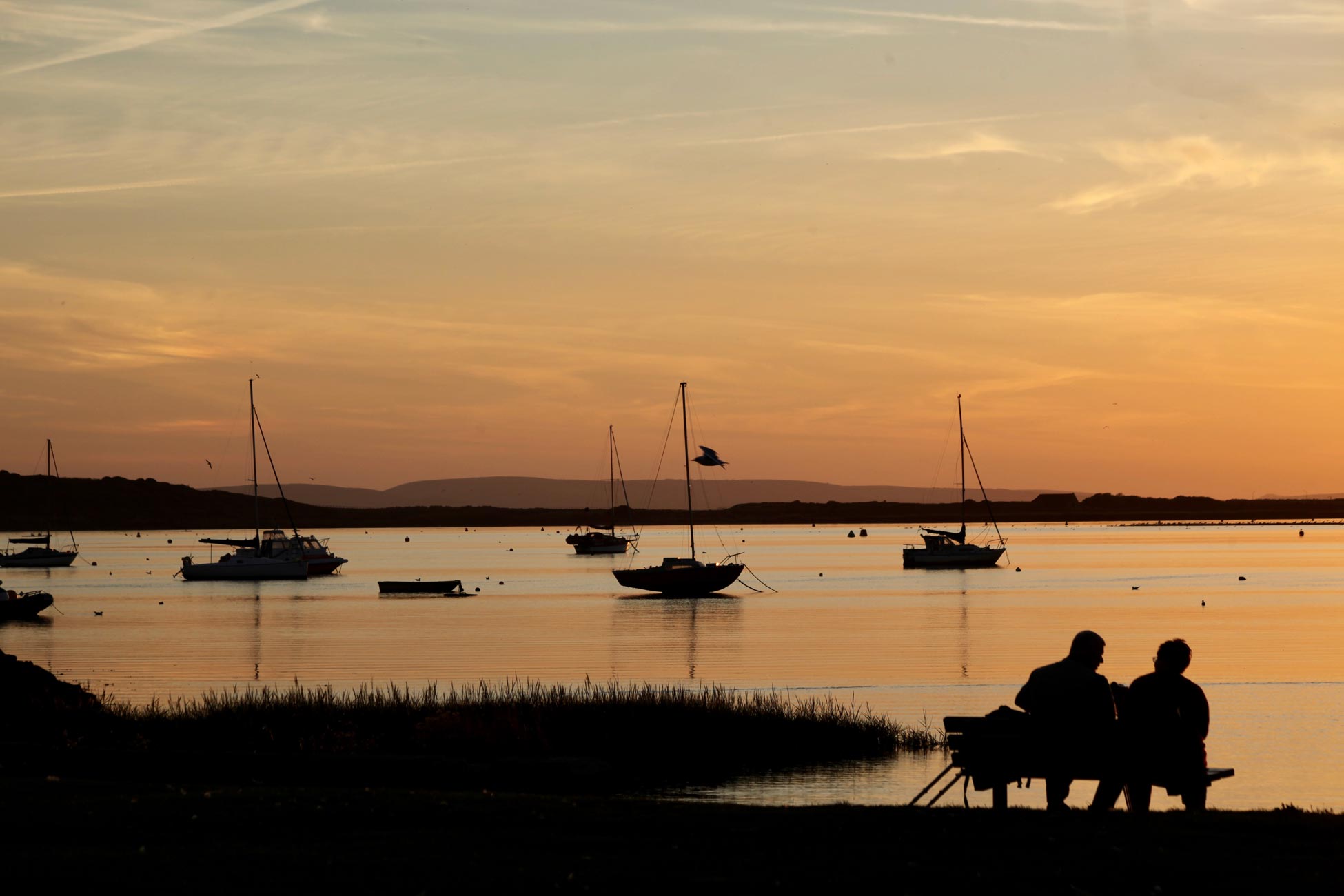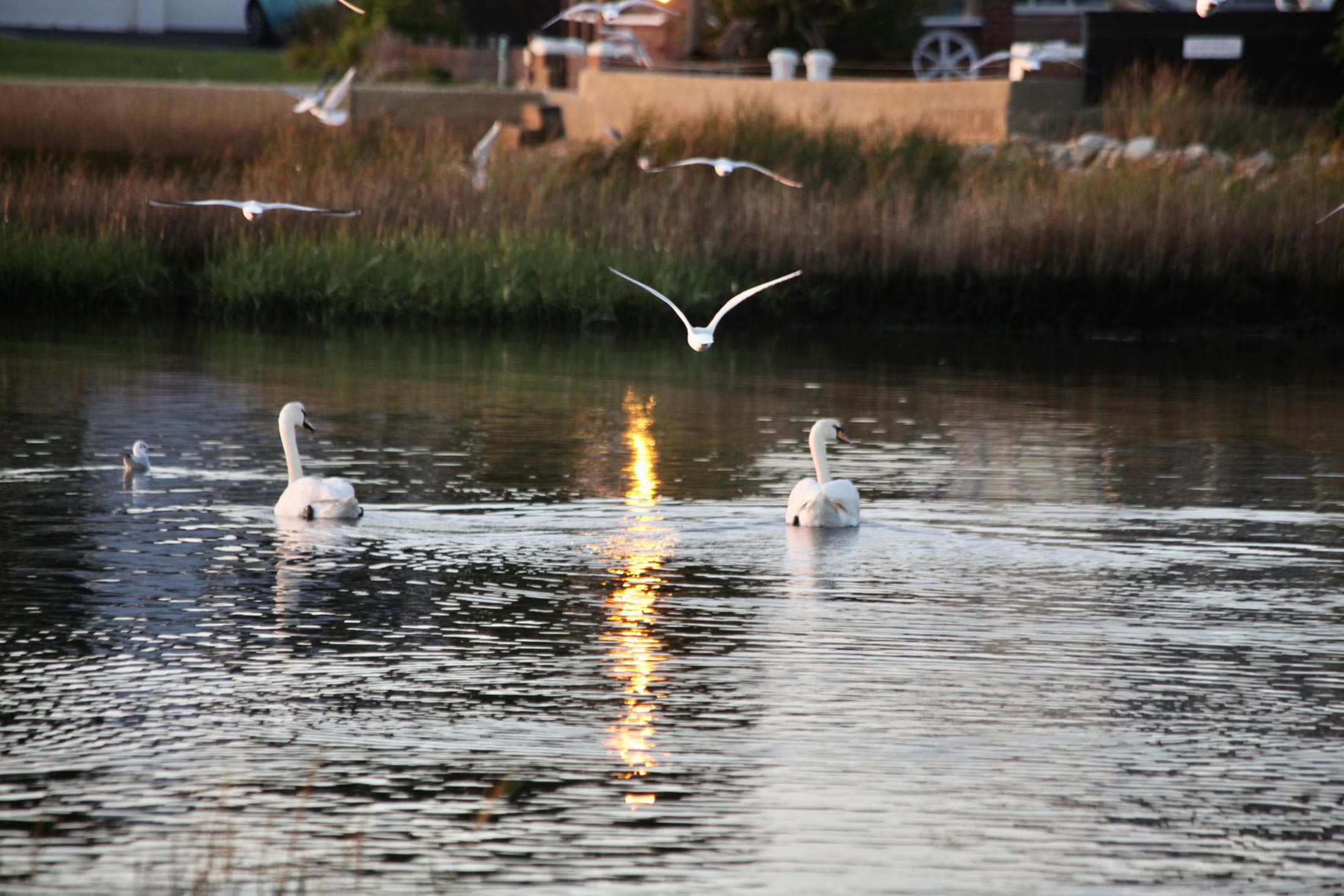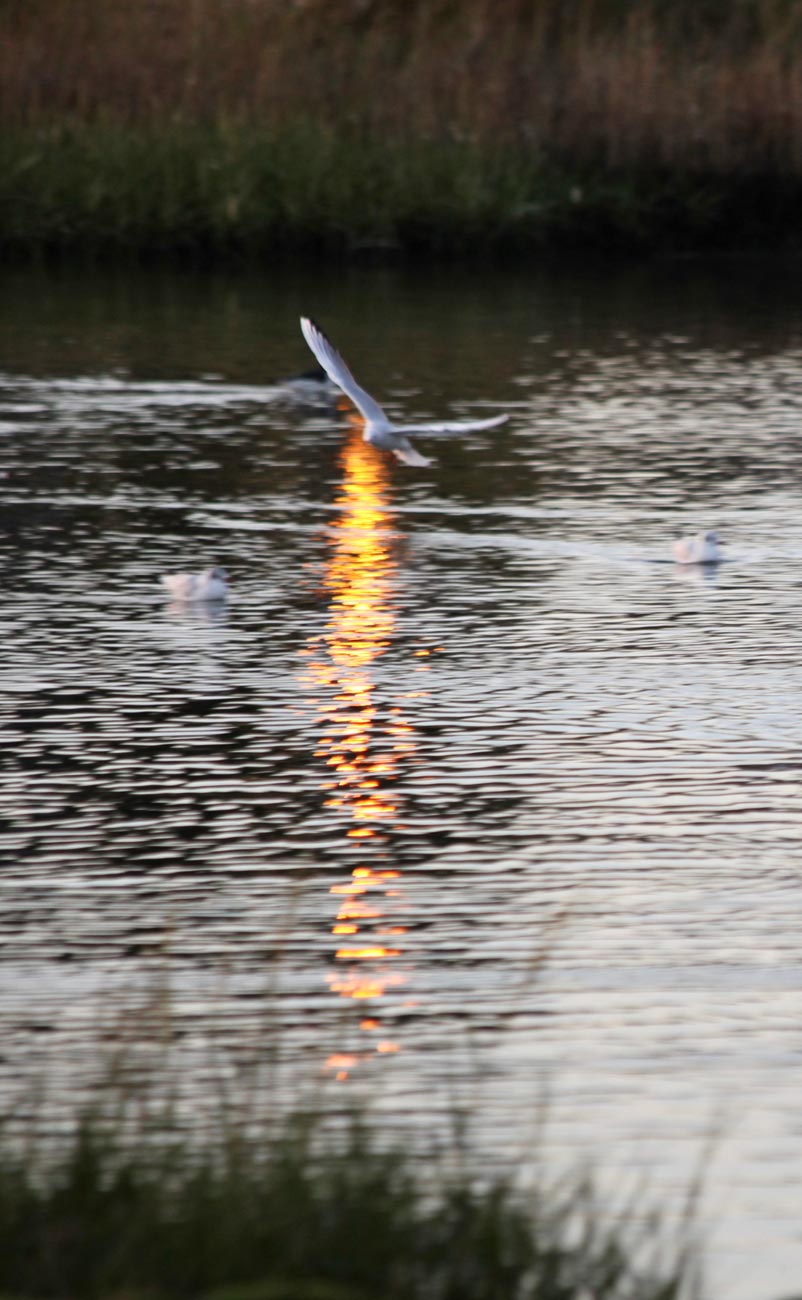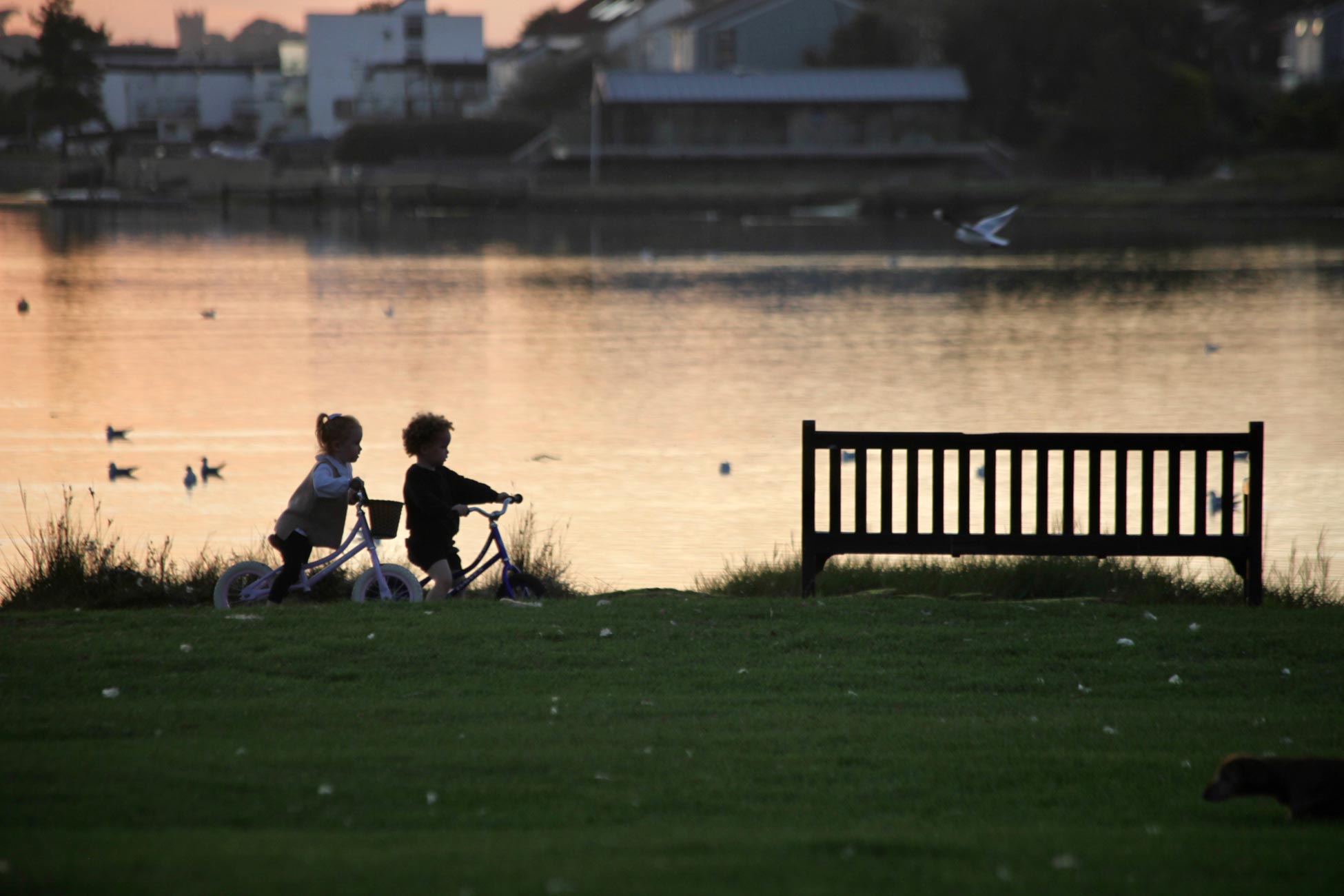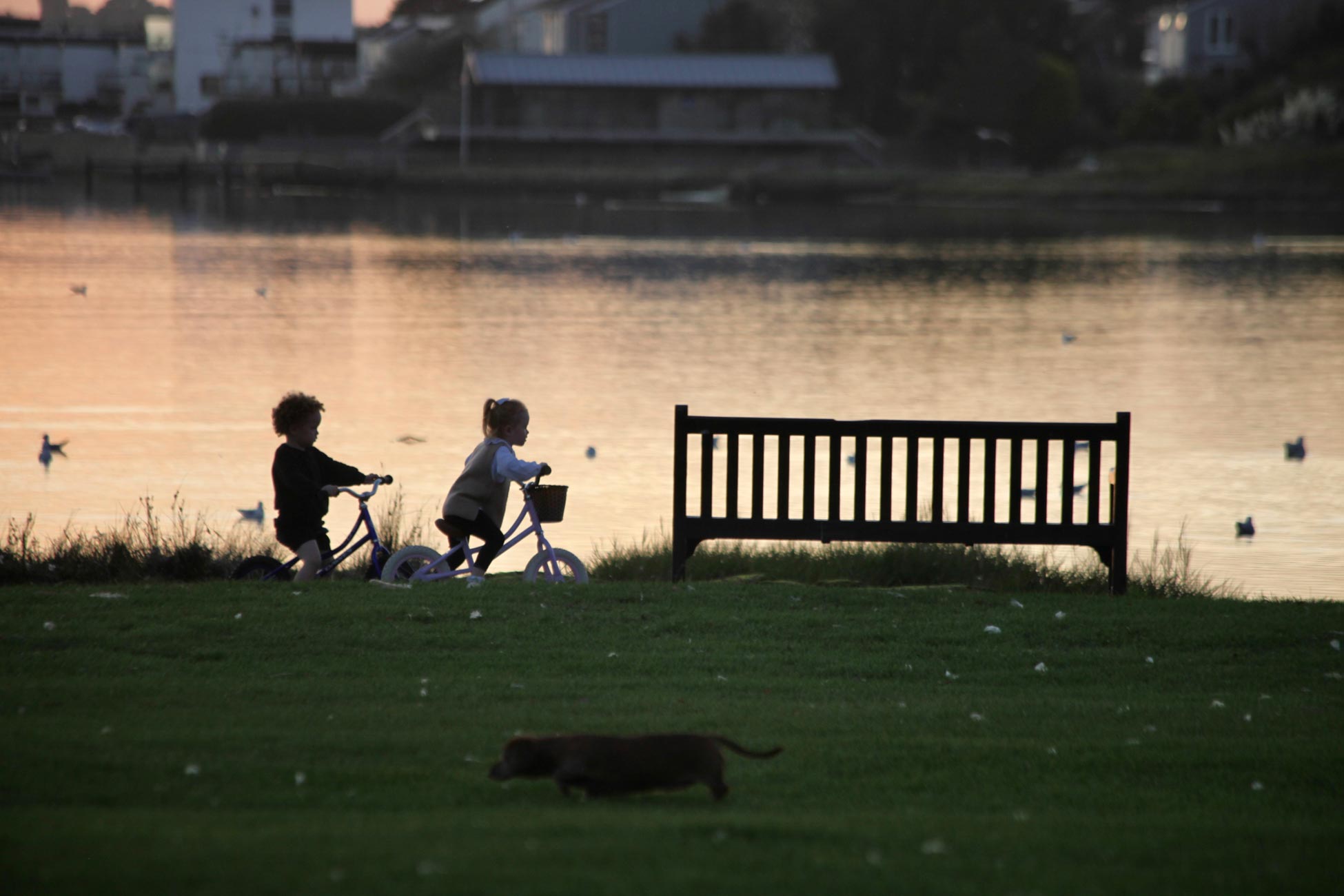In the late 1960s Child Care Officers had the resources to spend time with their clients, most of whom needed support and understanding to help them manage their lives and nurture their children.
My very first such family came from a referral by the local N.S.P.C.C. Inspector who described it as the worst case he had ever seen. You can imagine the trepidation with which I took this on. The living conditions were indeed pretty filthy with a bunch of very young unkempt children. I will refrain from further details save to say that I found a likeable couple with limited intelligence who were out of their depth. They managed to feed and clothe their offspring more successfully than I would have been able to do on Social Security benefits. The first words of their youngest infant included “Knight” and “Shit”. I rather hoped there was no direct association.
Poverty was a real issue then. One unemployed couple who managed their home and their children well, possessed only one sound cup. When I was given a tea the others had to wait their turn for it. Again the mother in particular spread their dole money better than most. The white goods considered essential today were usually absent.
Mental ill-health could always have been a factor, but staff in the Children’s Departments would not be allocated to the patient. That was the responsibility of the Mental Health Department. Following the Seebohm Report of 1968, these agencies, along with the Welfare Departments and other related services were, from 1971, merged into Social Services, and we became generic Social Workers overnight. The idea was that coordination between staff would be improved. Outcomes were of varying success, and over the years specialisms returned.
Physical illness was another problem for some. One single mother in particular suffered from a potentially terminal condition. All I could do was supportively listen. She was well able to work out her own strategies. She taught me much about house maintenance and decoration.
One common factor was resourceful women keeping afloat with not so able husbands who could not keep a job and were sometimes, although intelligent, dependent on alcohol. If we could demonstrate that without material or financial assistance children would need to be received into care, we were able to supply food vouchers which could not be used for alcohol or cigarettes. I would sometimes battle for small amounts of cash, arguing that the recipient should be permitted to make – usually his – own choices. Sometimes, of course, bad decisions were made.
Otherwise, financial and practical help was the province of various charities to which we could apply on behalf of our clients.
Of course we did find situations which needed active intervention leading to removal of children. These were usually the consequence of limited self control resulting in injury or neglect. Real evil was such a rarity that I always thought “there but for the grace of God go I” when, over the years, yet another inquiry was held into cases where, often inexperienced, Social Workers had been found not to have recognised it. How many of us would have done so?
During my time at Kingston no children from the families mentioned above were removed from their parents, although I did work with some who had been placed in care before my time. My task then included aiming towards a return home. In this I was rarely successful. Years later I was to meet one such mother in another part of London.
